
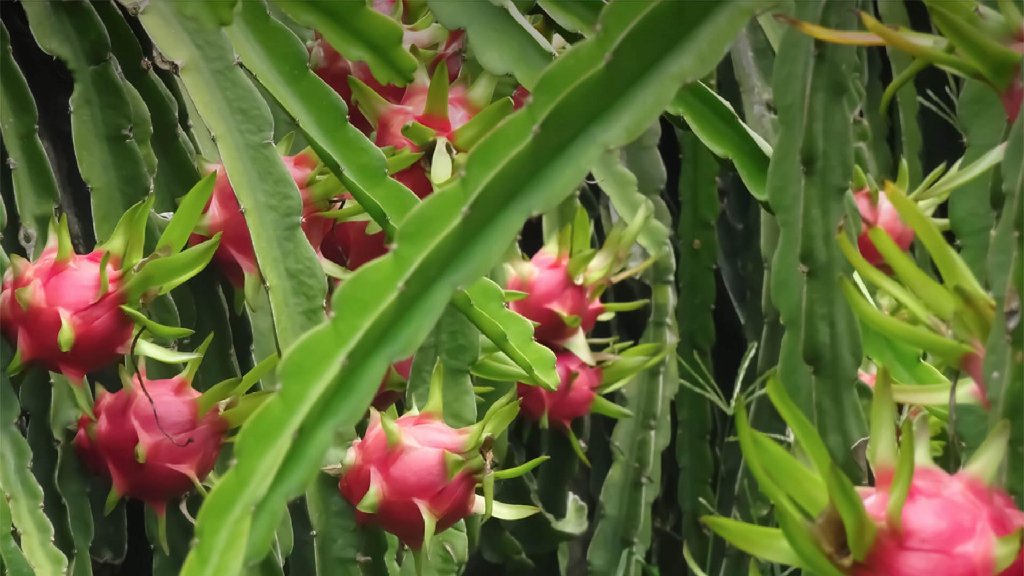
Dragon fruit has wonderful unique taste and high nutritional value. Dragon fruit plant is a fruit-producing cactus plant. Pitaya, or the white-fleshed pitahaya but most commonly known as Dragon fruit, is a cactus believed to originate from Mexico and is also native to several Central American countries and the northern parts of South America. Its seeds contain proteins as well as omega-3 and 6 fatty acids.
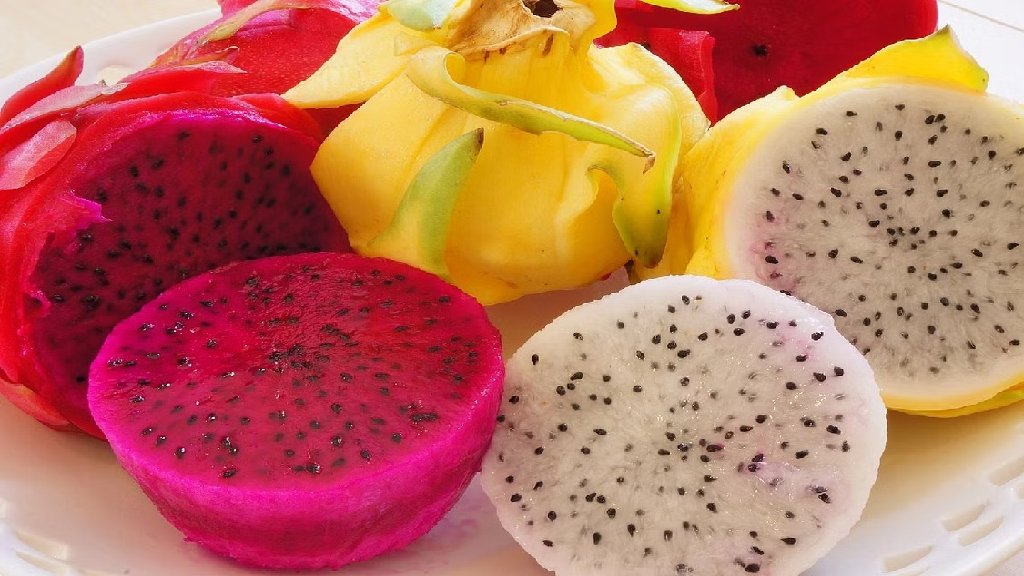
There are different types of dragon fruit commonly found in the Indian market. Popular varieties such as red dragon fruit, yellow dragon fruit, American beauty, bloody mary and Thompson variety.
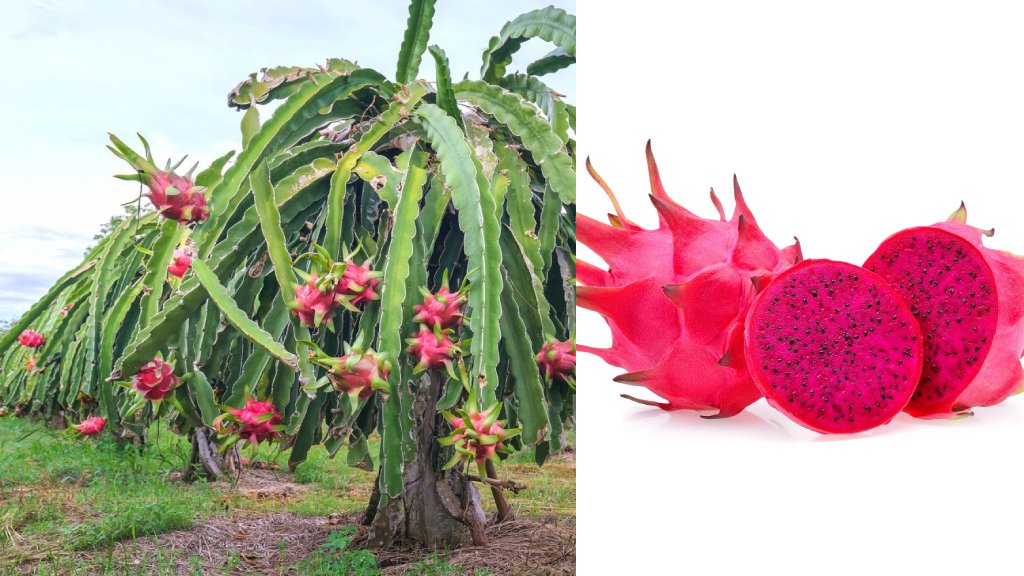
Fruit are elliptical to oval in shape with bright red colour. Red dragon fruit are odourless but have good taste. Seeds are edible with a crunchy texture. The red dragon fruit plant grows like a tree whose fruits contain vitamin C.
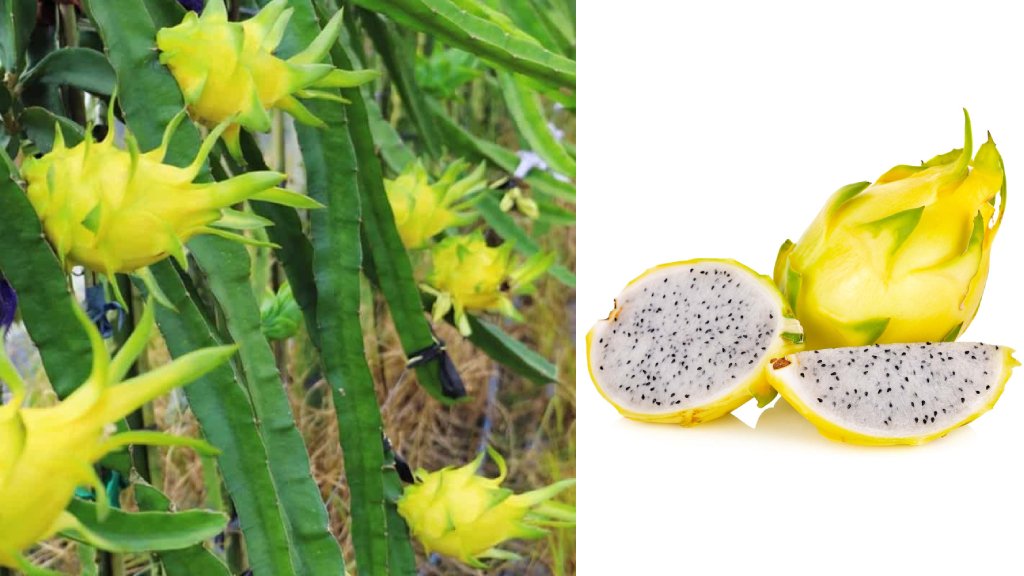
Yellow dragon fruit plant is very sweet with no acidity content. Dragon fruit skin is smooth with slightly rubbery. During the young fruit stage, the fruit has spines while ripening stage the spine falls off from the fruit. Pitaya fruit colour ranges from golden to yellow colour.
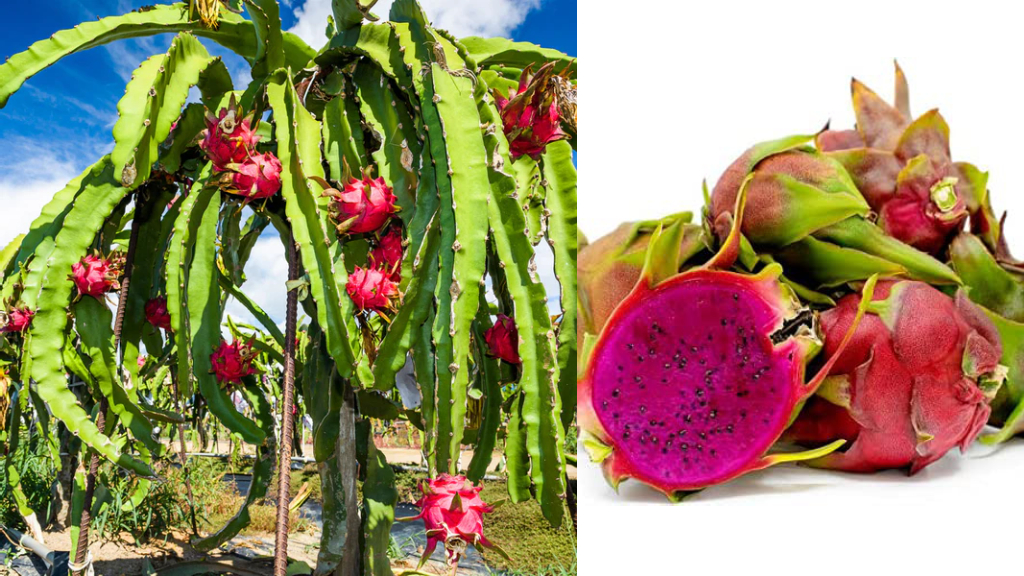
This variety of pitaya fruit has a good-looking appearance on both sides of the fruit. Pitaya fruit has pinkish to purple colour flesh. This pitaya variety has a long and thin cactus
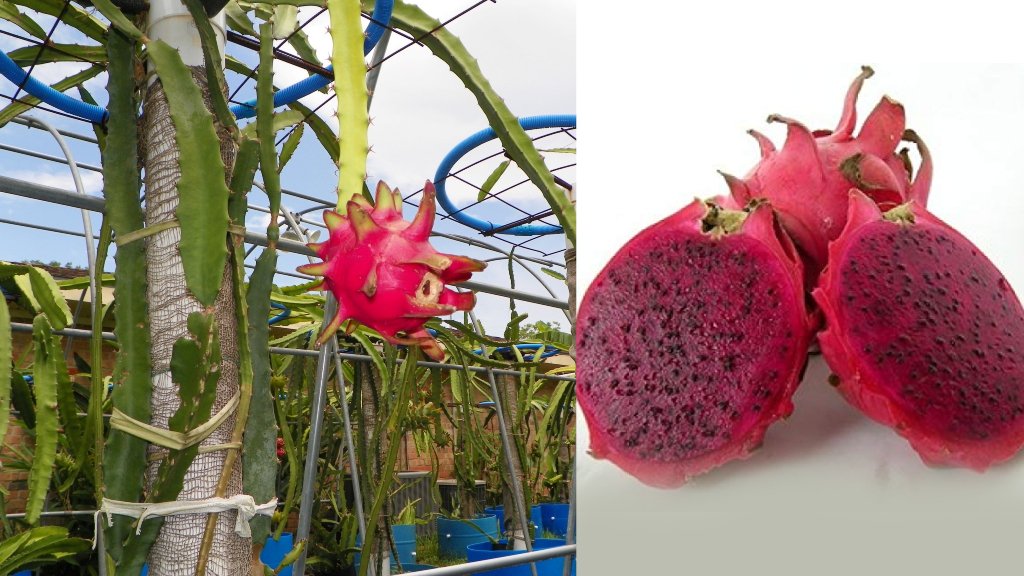
Blood mary cactus produces dark red fruit. This variety gets its name because of its bloody colour flesh. Rare variety with fantabulous taste. This cactus grows at the height of four feet tall. This pitaya cactus is slightly thin and long.
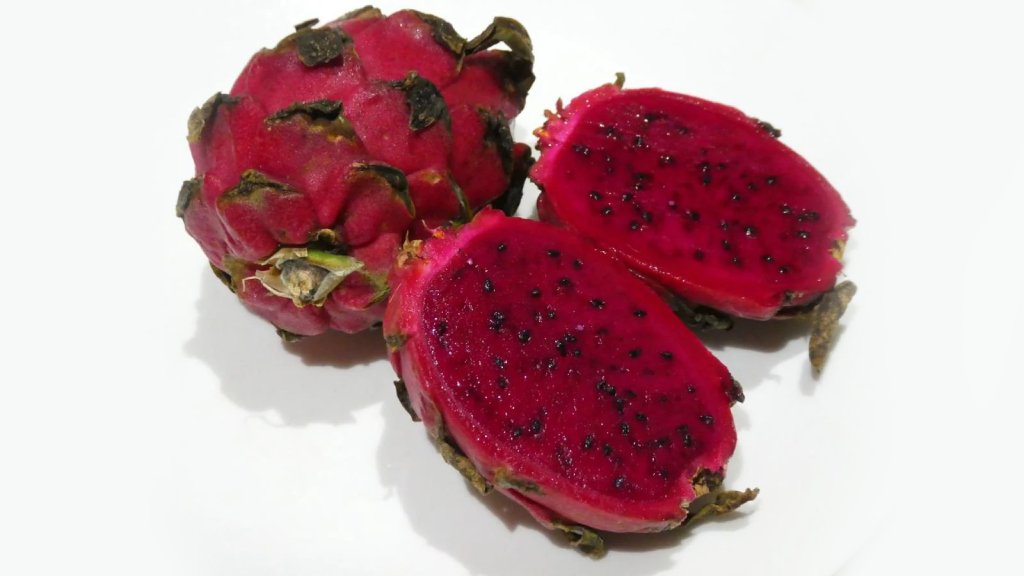
This clone variety adopts all climatic condition and those cactus has small thorns. This cactus doesn’t need any pollinator because this is a self-fertile variety. The outer skin is green with pink colour.
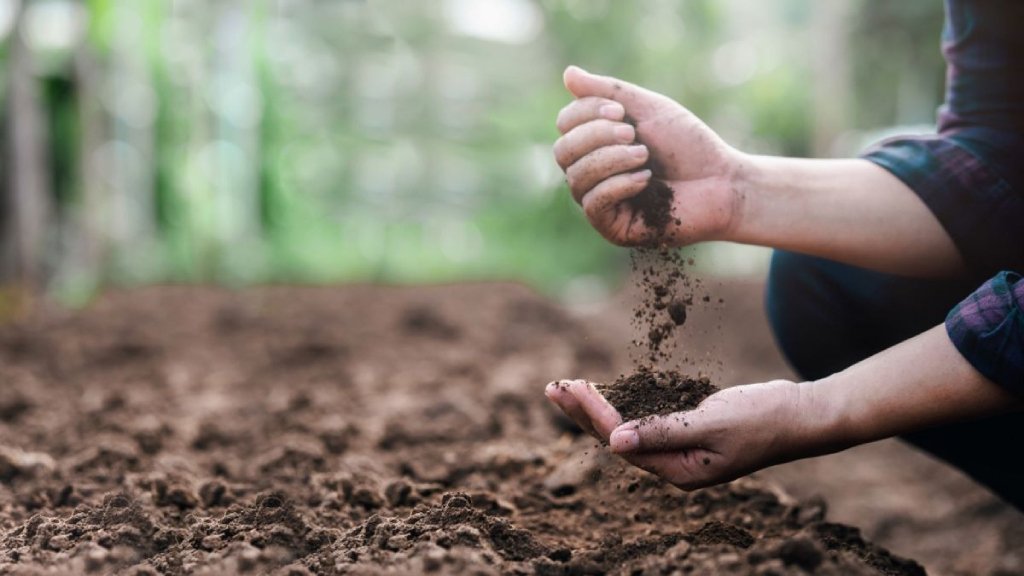
Pitaya fruit plant prefers to grow in all kind of soil, from clay to sandy loam. Fill the pot with the potting mix. Keep a gap of 1-2 inches between the rim of the pot and the soil surface.
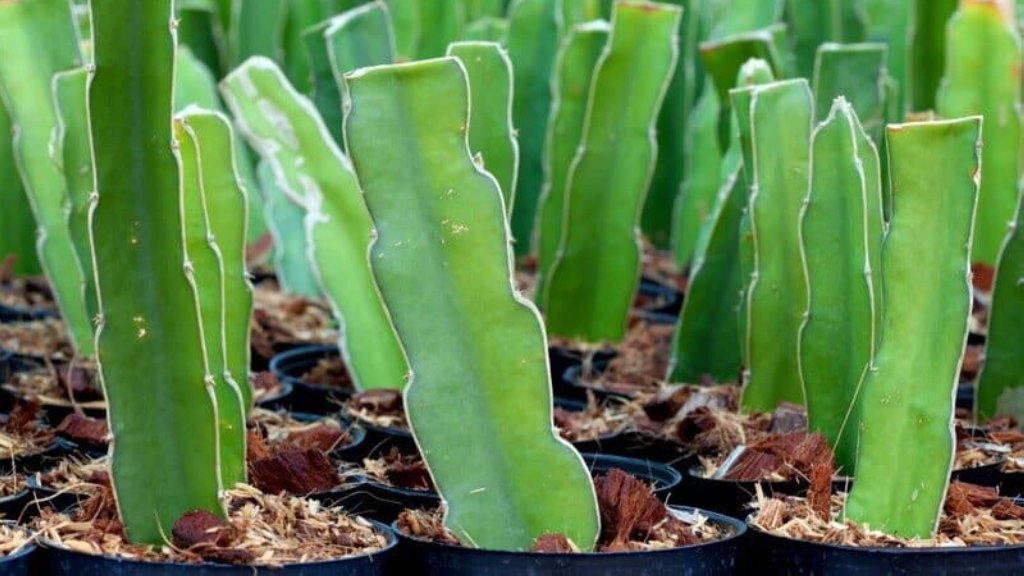
Pitaya fruit propagation occurs either from seed or stem cuttings. Propagation from seed is less reliable and will require patience, as the time from propagation to fruit production may take up to 3 to 5 years. More commonly accomplished via the use of stem cuttings, cuttings will grow rapidly and may produce fruit 6-9 months from propagation.
Container

It can easily grow in a container or large size pot for effective results use one that is 18 to 25 inches in diameter and at least 15 to 20 inches in depth make sure it has a hole at the bottom for drainage.
Flower
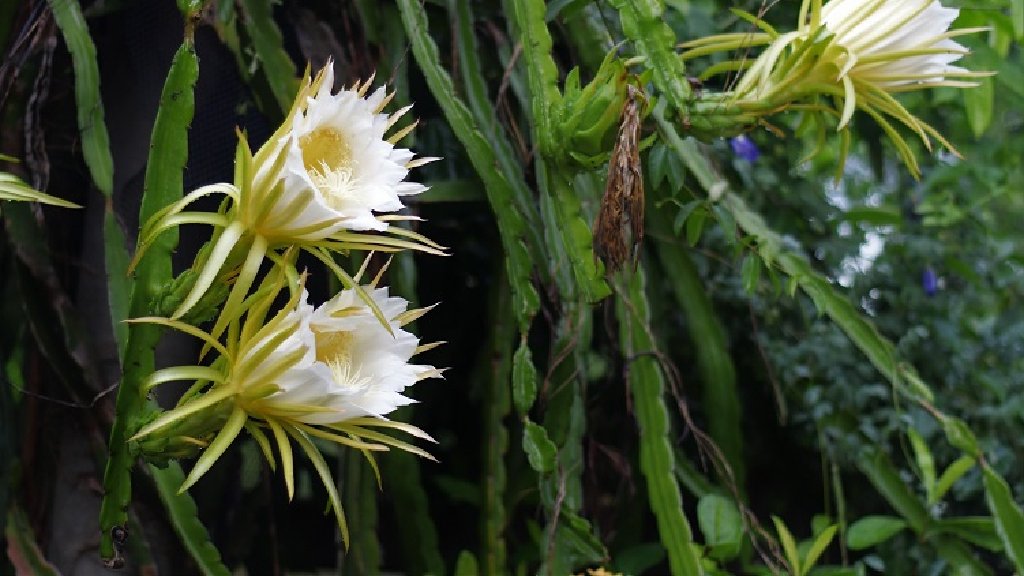
Flowers will bloom for one night and peak time is from 1 AM to 3 AM. Blossoms are highly aromatic, bell-shaped and yellowish green and are around a foot long and 7-9 inches across. The resulting fruit is produced in the summer. The time between flowering and fruiting varies. It can take anywhere from 20-40 days.
Sunlight
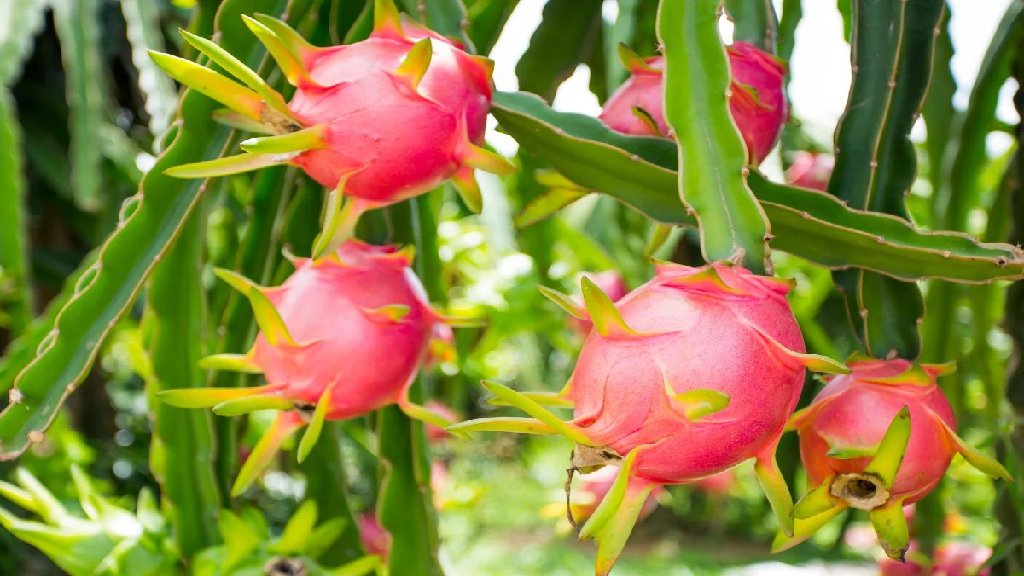
Pitaya fruit plant is a tropical to subtropical plant. Cactus need heat and sun. It’s better to suitable the new plant in a dry area with partial sun. It is a climbing cactus that will require some type of support to grow up on.
Fertilizer
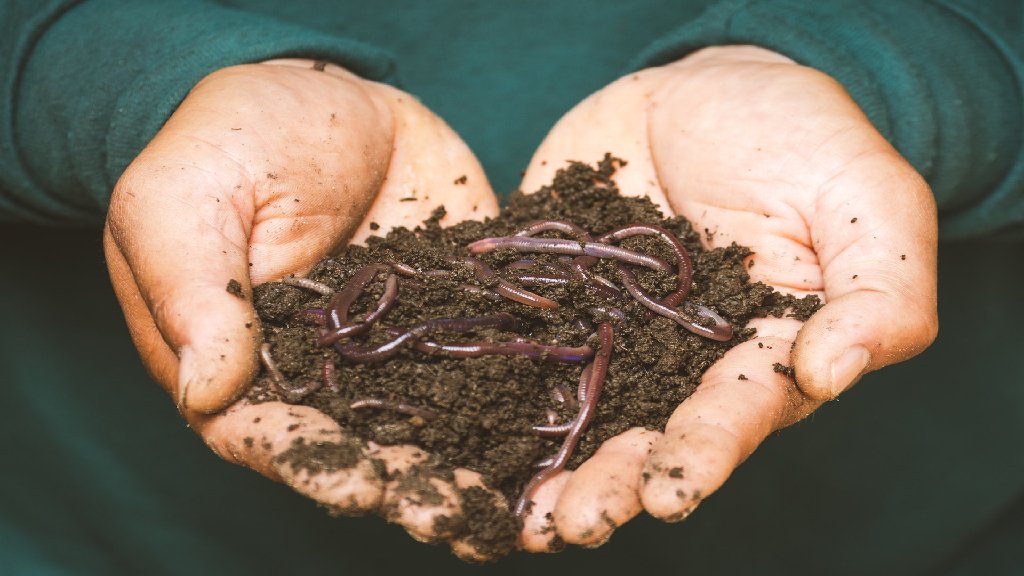
For best results feed them a little slow-time release, low-nitrogen cactus fertilizer like cattle dung, vermicompost once every 45 days.
Repotting
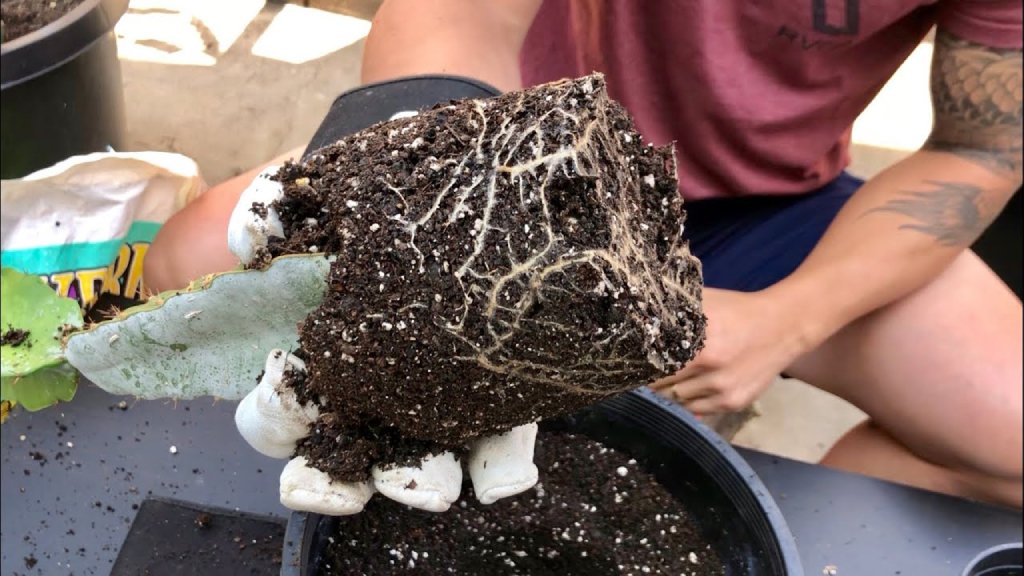
After 60-65 days cactus can transplant the cutting into a bigger pot have 2 other cuttings which are 100 days old and are of purple variety. Loosening or teasing the roots before plants in the ground will allow them to spread the roots out in all directions.

After pitaya fruit turns pinkish to red. Twist the fruit gently in clockwise and anticlockwise directions. Don’t wait for the fruit to fall from the stem on its own.
Benefits
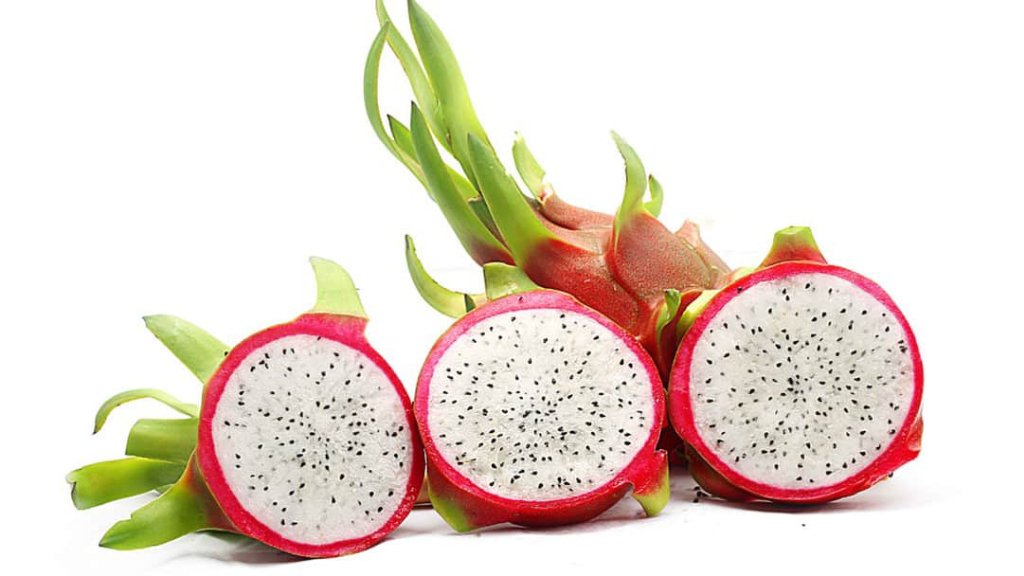
Pitaya helps fight chronic diseases.
Red dragon fruit is naturally fat-free and high in fibre.
Pitaya reduces the sign of ageing.
Red dragon fruit soothes sunburned skin.
This cactus fruit helps with weight loss.
“Green earth- Happy earth”
Dragon fruit evergreen plant
Blog complied by Santhionlineplants

Lemon is a citrus fruit with a sour taste. India is the largest producer of lemons in the world. The scientific name of plant is citrus lemon. Citrus is native to Asia. A lemon tree is a small tree or dense shrubby plant. Citrus fruits are mostly found in tropical regions.
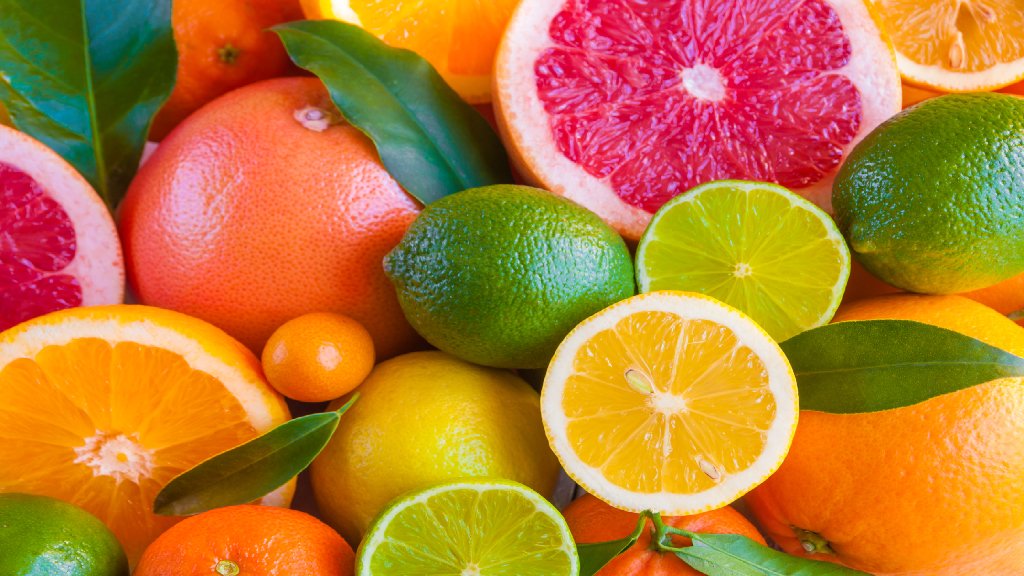
There are different varieties of lemon grown worldwide. Popular varieties such as Meyer, primofori, Verna, bearss lemons and baboon lemons.
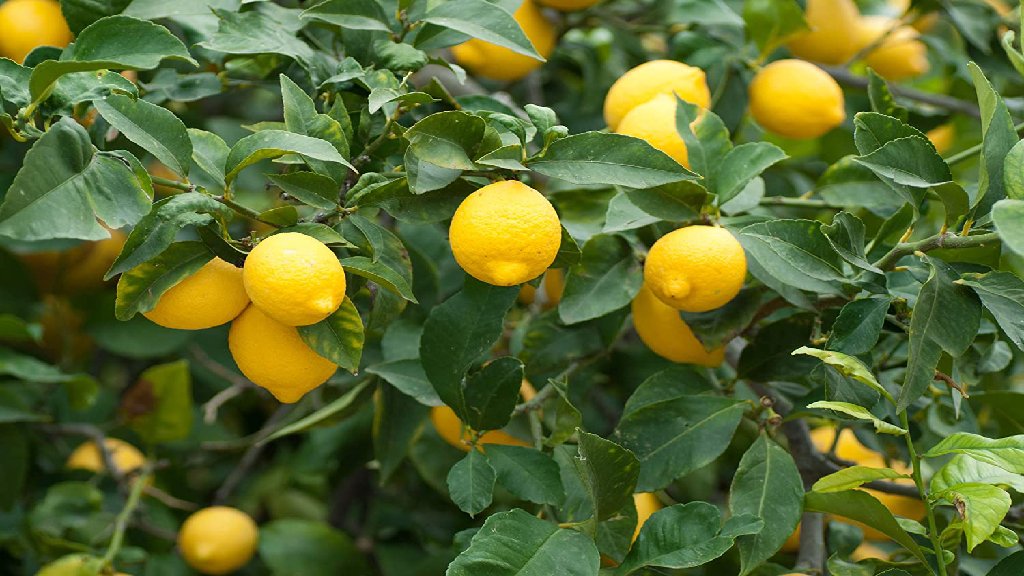
Meyer citrus fruits is a hybrid variety crossed between lemon and mandarin orange. This lemon tree is dwarf species with a quick fruit-producing variety. It has smooth golden skin and grows at a height of 6-10 feet.
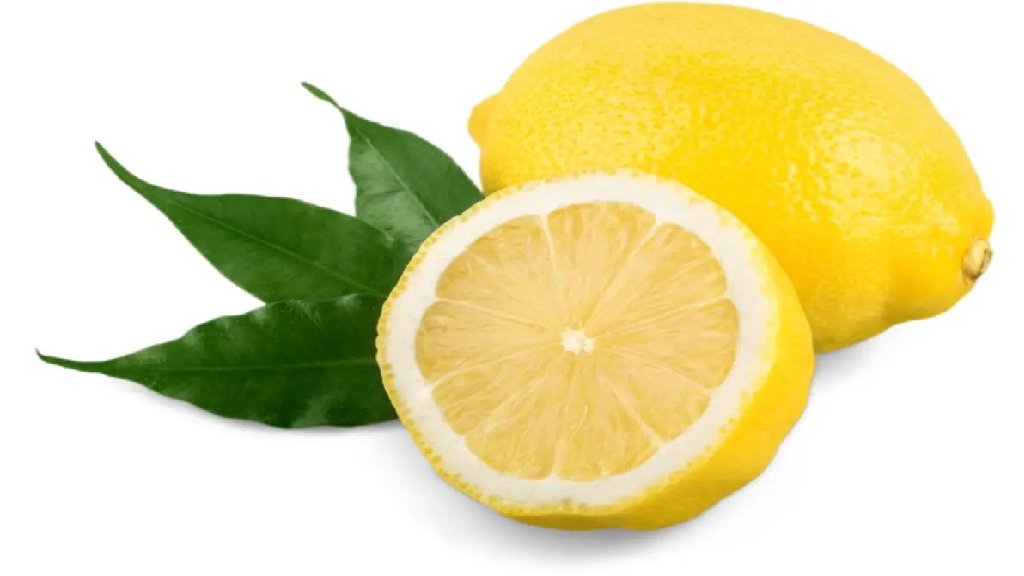
These citrus fruits have a soft peel with a good amount of juice. It bears a medium to small, yellow colour. Large and hardy lemon tree. Grows up to 19 feet. The plant gives citrus fruits for 20-30 years.
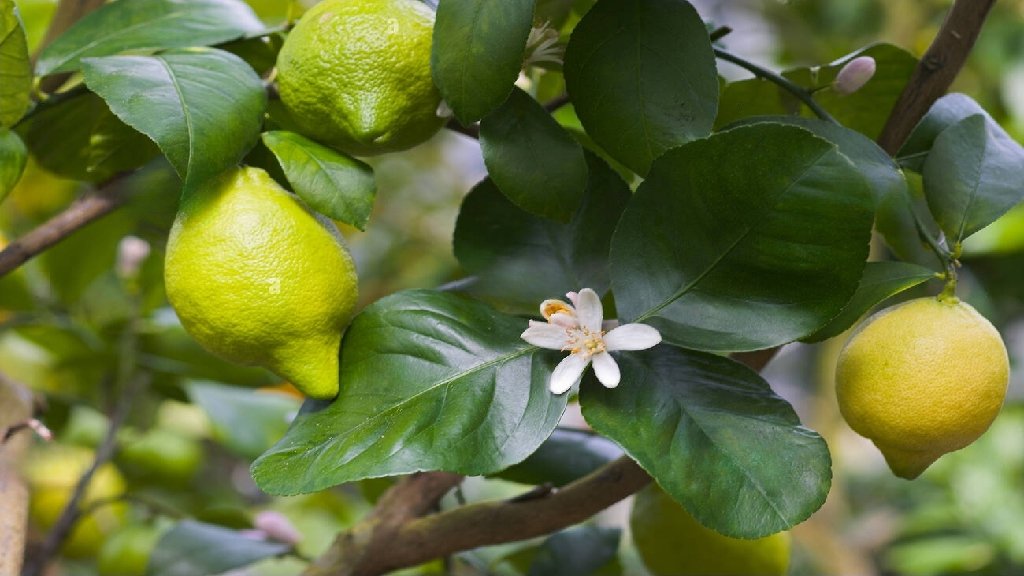
Verna citrus is almost related to the eureka variety. It contains fewer seeds and a high amount of juice. This lemon tree is a vigorous nature plant with good productivity. Verna is a self-compatible species.
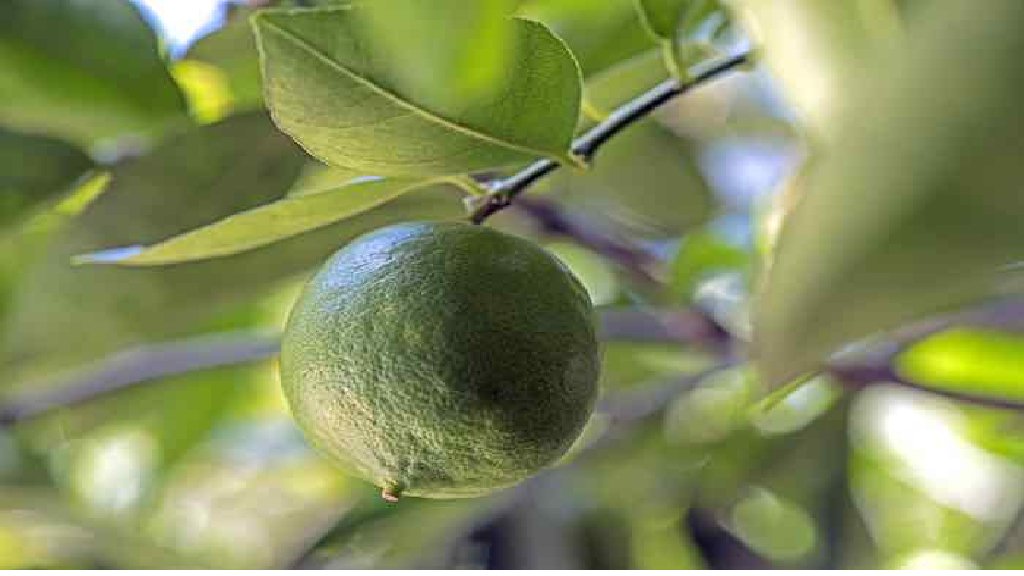
Bearss variety is one of the most popular varieties. Citrus plants have a thornless branch. It has a high quantity of juice content. Fruits are round to oval shape.

Baboon citrus has bright yellow skin, a slow-growing compact plant and a thick rind. Citrus fruits are knobby and highly acidic.
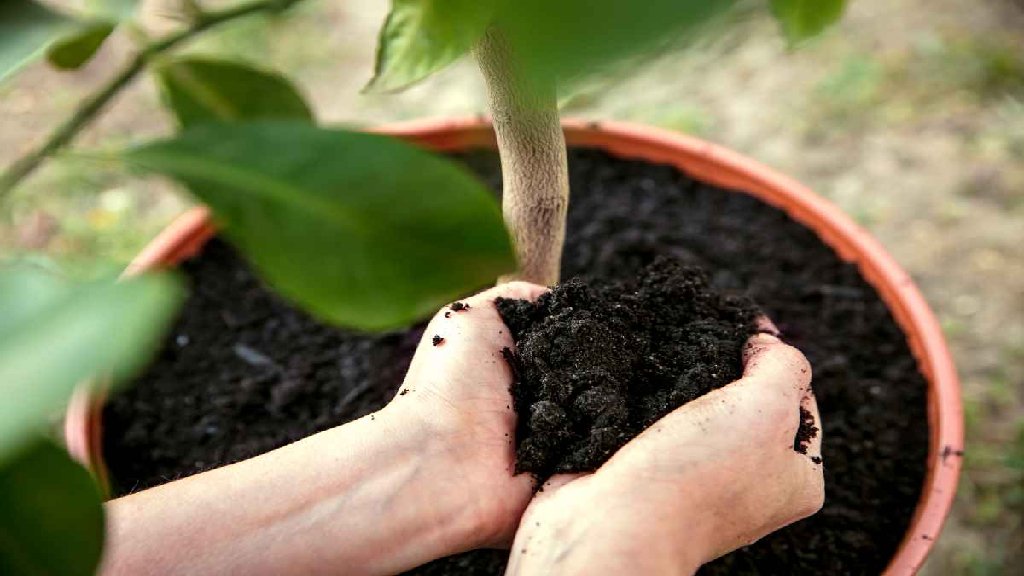
This plants prefers grow in all types of soil. A simple potting mix should include 40 per cent coco-peat moss with 20 per cent compost like decomposed cow dung or vermicompost.
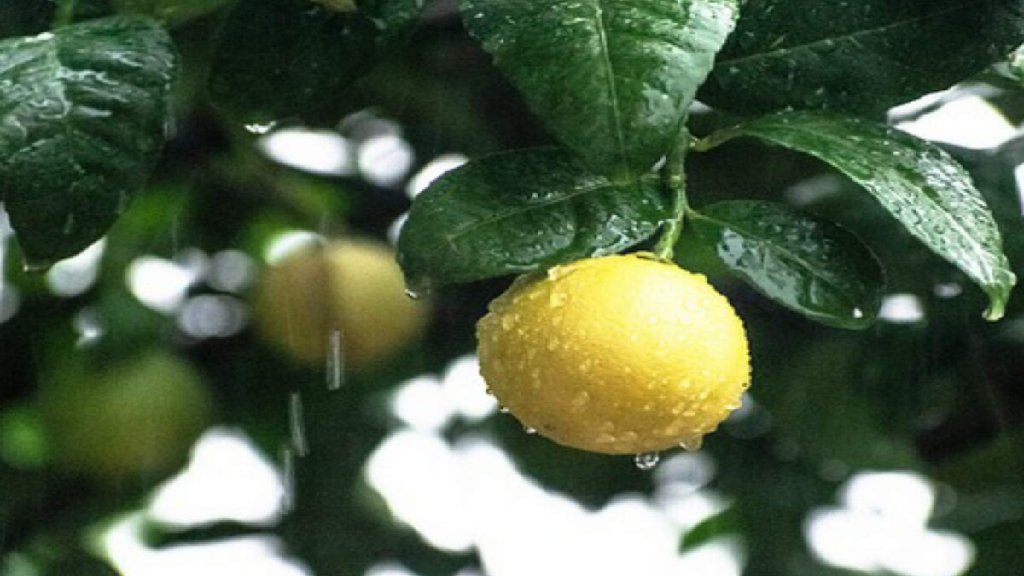
The watering frequency of course depends on the zone. Water it deeply and thoroughly so that the entire root system is drenched with water and water comes out of the drainage holes. Overwatering can result in root rot and death of the plant.
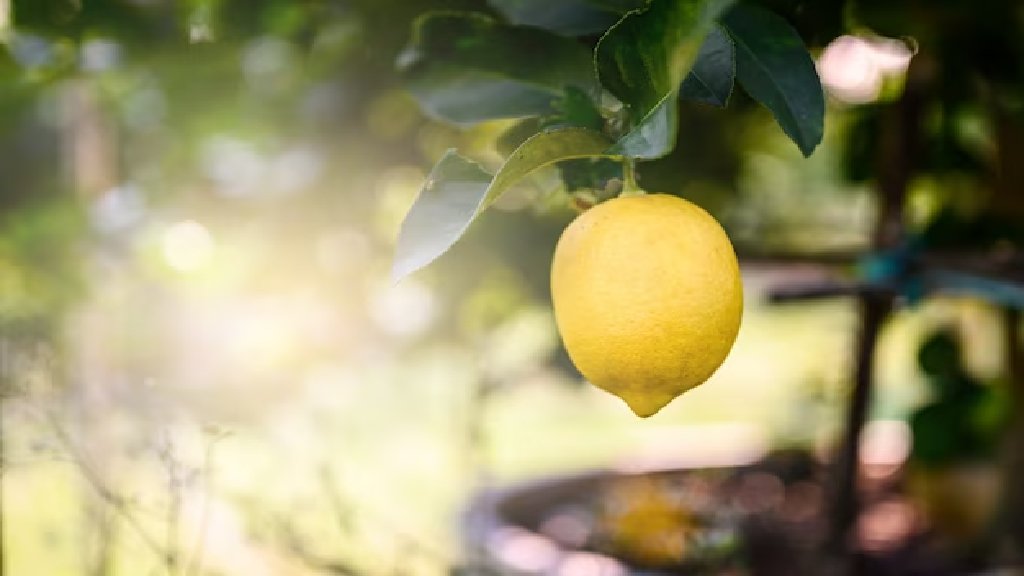
Growing citrus plants on the balcony or on the terrace, location is very important because these trees need full direct sunlight of at least 6 hours for the best result.
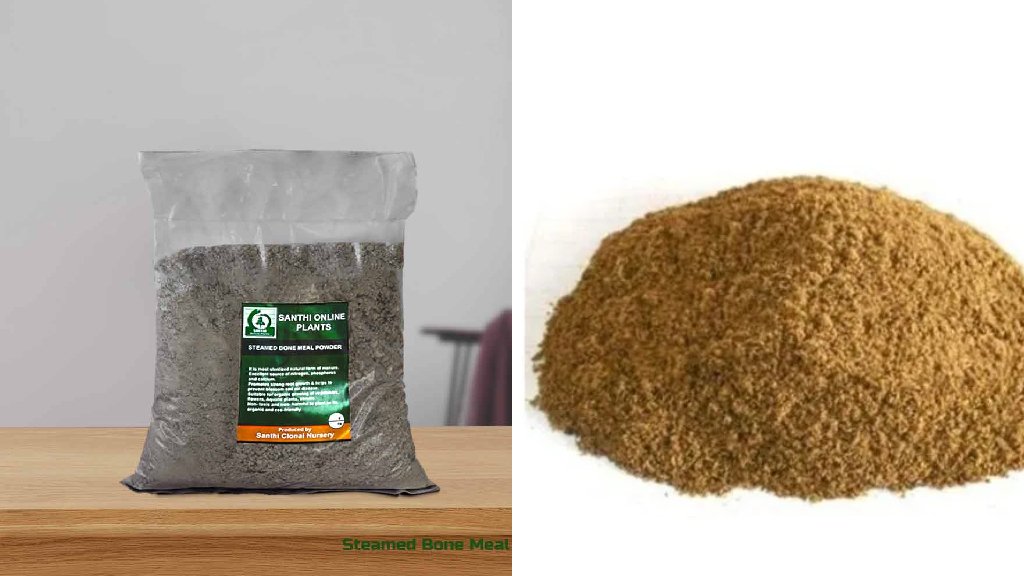
During the time of fruiting add one handful of steamed bone meal powder which is very inexpensive. Add banana peel fertilizer once in 15 days to supplement good potassium.
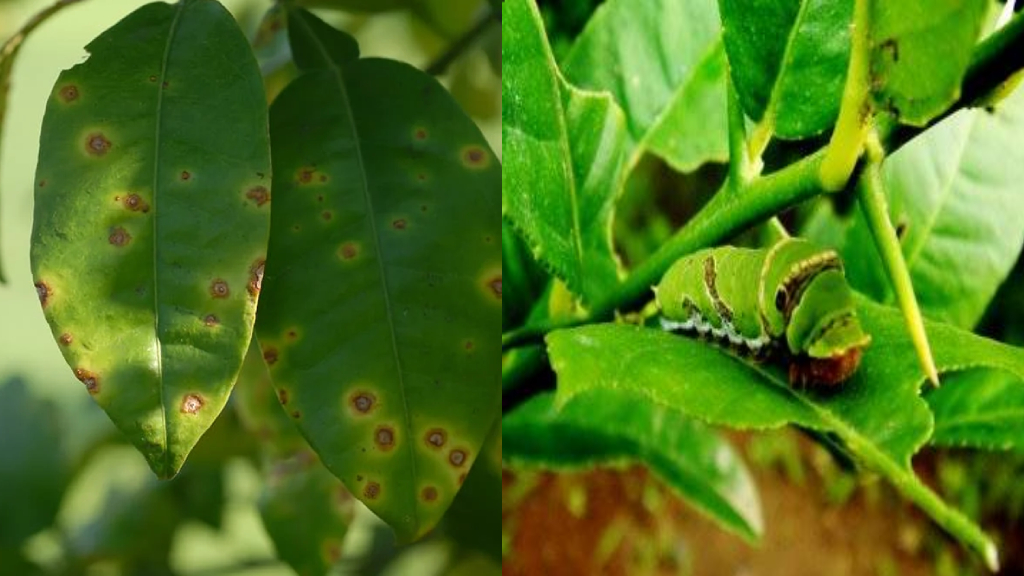
Improper care can cause pests like aphids, mealy bugs and whiteflies. Citrus canker is a major disease.
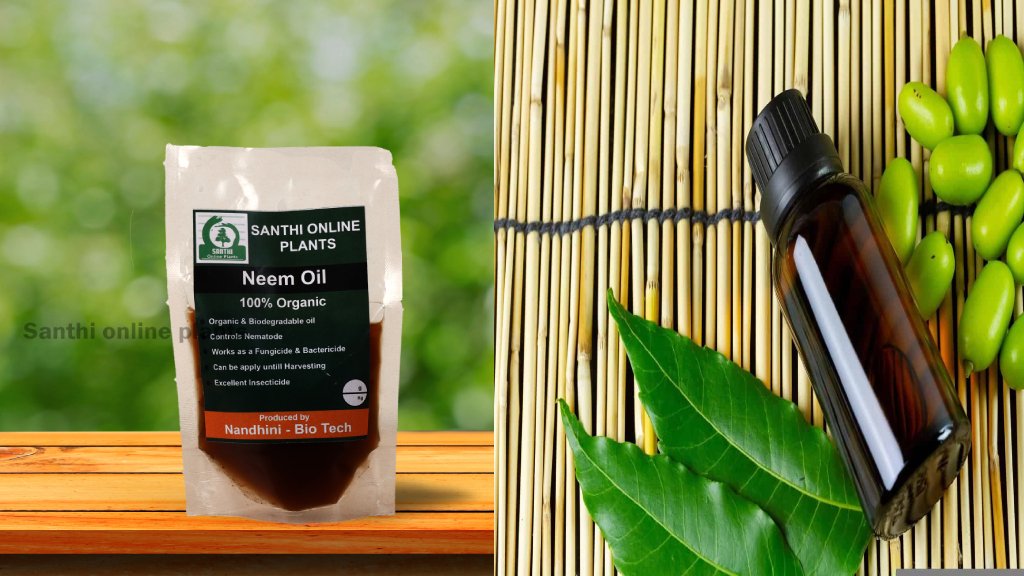
Best in prevention by spraying neem oil once in 15 days (5-10ml neem oil in one litre of water)
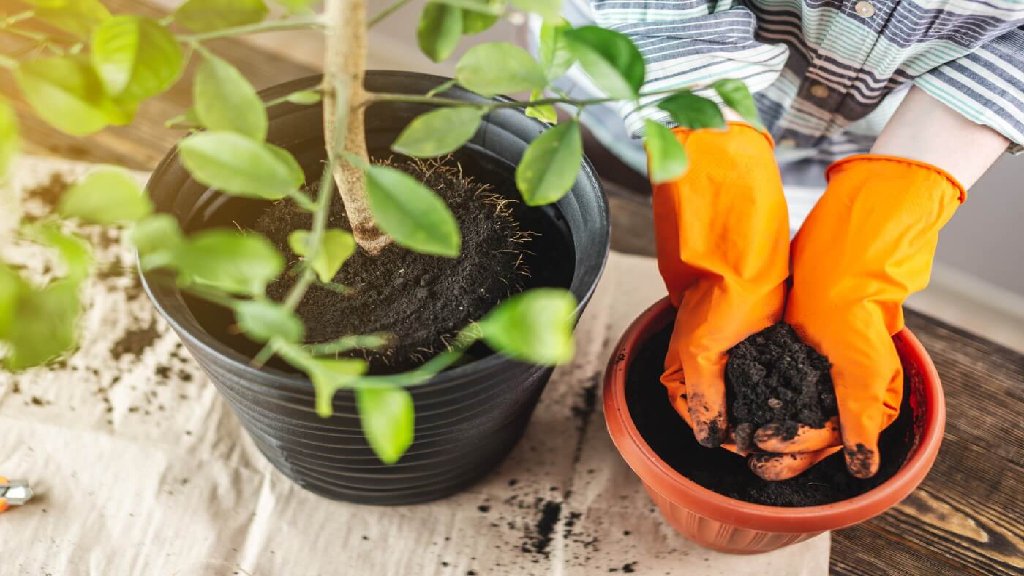
To maintain a healthy plant, citrus trees can be repotted once a year.
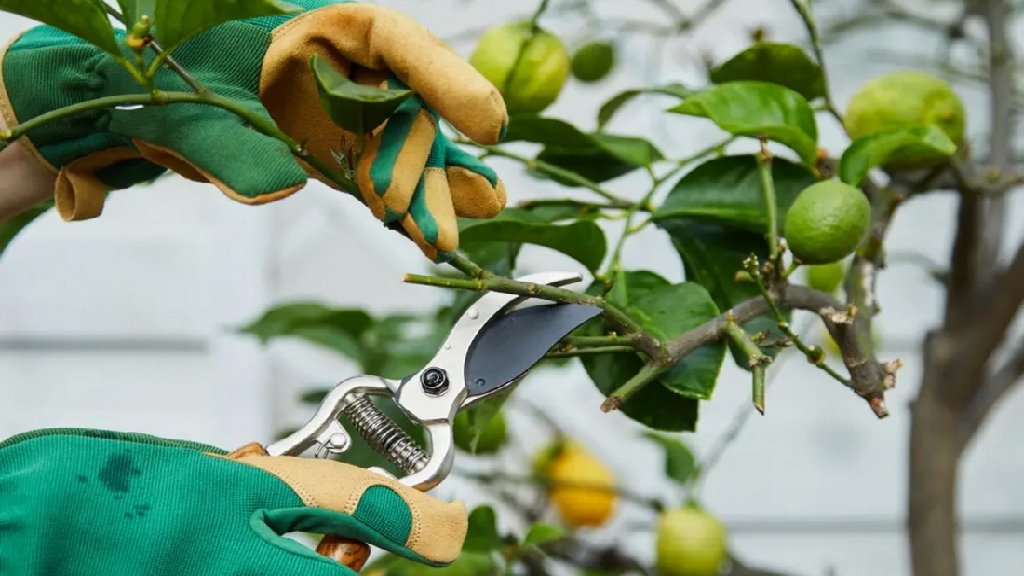
To prune damaged and dried leaves to promote vegetative growth. Trees pruned prior to blooming.
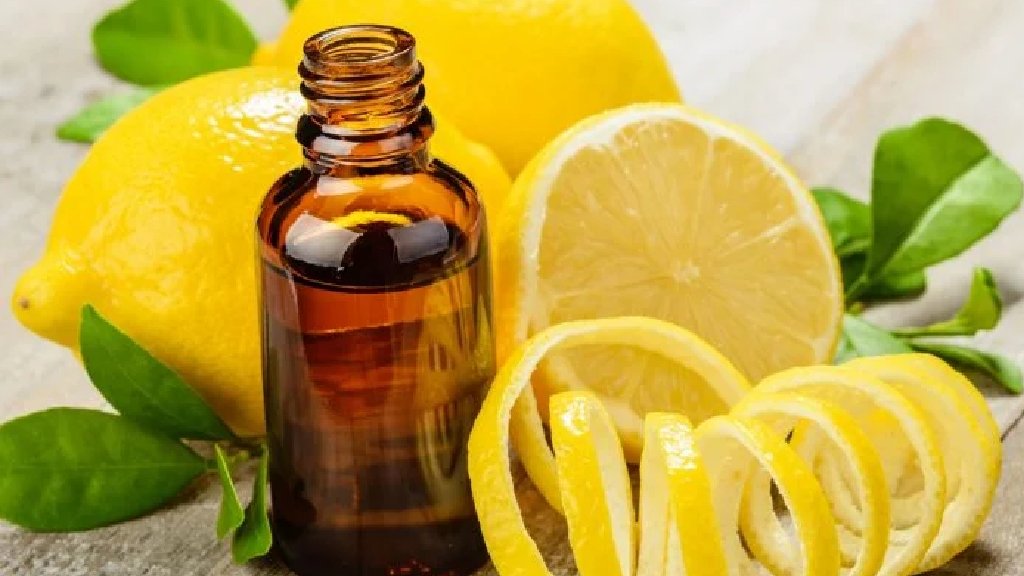
This plant helps in weight loss, and reduce the risk of heart, kidney stones and digestive issue.
This fruits are used in foods and cleaning products.
Helps clear skin and boost immunity.
Beneficial for throat infection.
It has a good source of vitamin C.
“Love the planet green to spend a happy life”
Blog compiled by Santhionlineplants

Pumpkins are grown all around the world for a variety of reasons ranging from agricultural purposes to commercial and ornamental sales. The pumpkin plant is a creeper plant which contains a good source of vitamins, iron and fibre. Winter squash is a national vegetable of India.
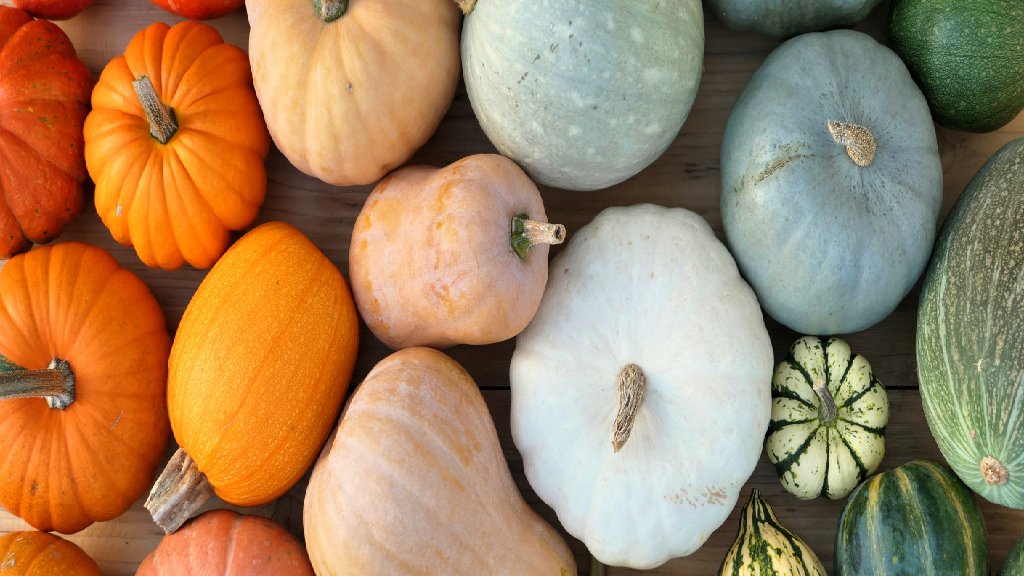
There are different varieties of pumpkins available. Some varieties are grown for size and carving while other varieties are grown for eating.
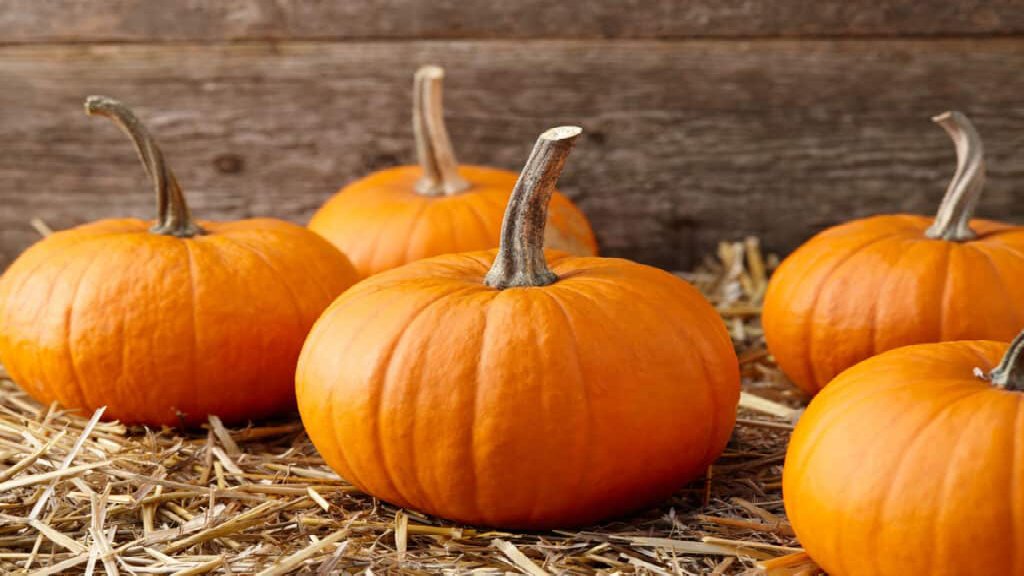
These creeper pumpkins are light orange with a shiny outer layer. Autumn gold pumpkin is a high-yielding variety. This pumpkin plant bears two to five pumpkins per vine.
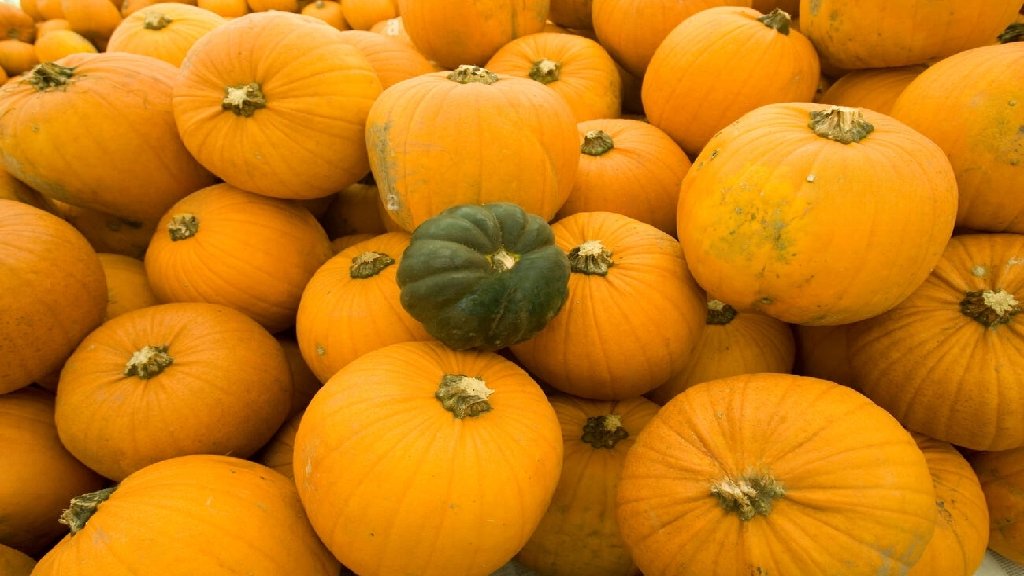
The pumpkin plant is a houseplant with healthy vegetables. Traditional orange pumpkin is the most sweeter than other varieties. The scientific name of this creeper pumpkin is Cucurbita pepo.
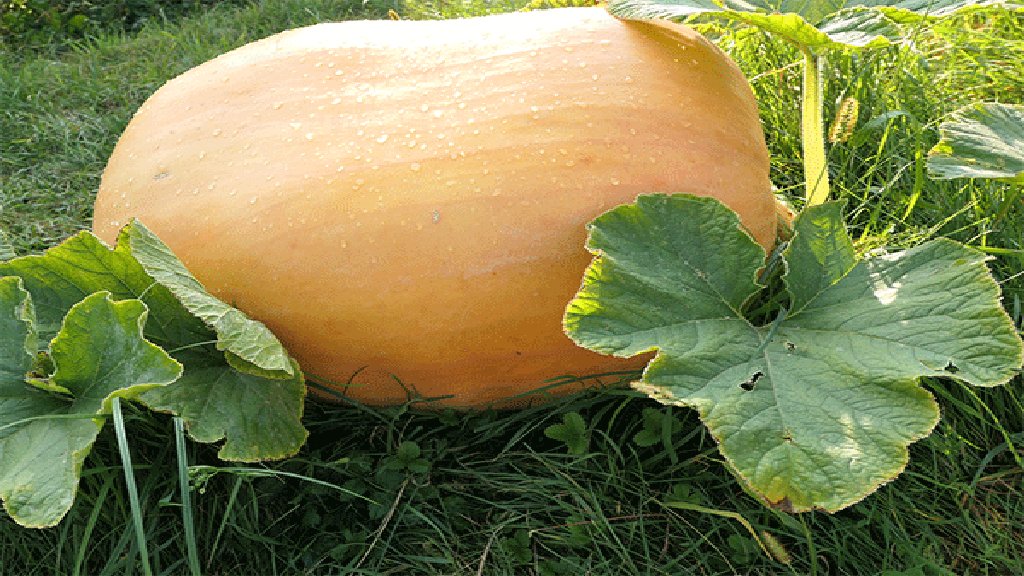
This winter squash is an annual plant. Atlantic giant is smooth and slightly ribbed skin and deep yellow to orange colour. This Cucurbita pepo is very versatile in its uses for cooking.
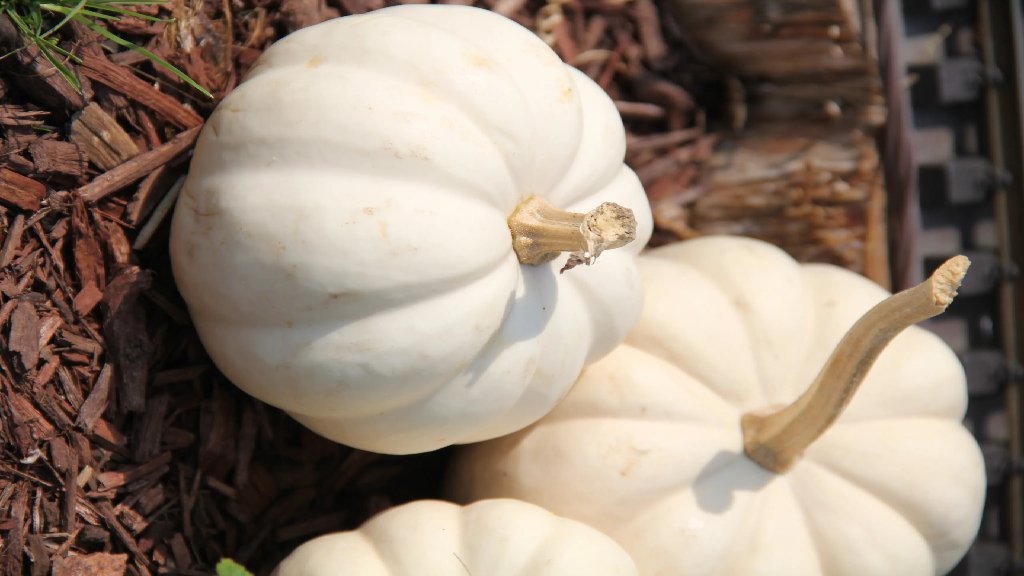
Most parts of the pumpkin are edible including the fleshy shell, the seeds, the leaves and even the flower. Mainly used for table arrangement for weddings. Baby Boo pumpkins are white with a small round shape.
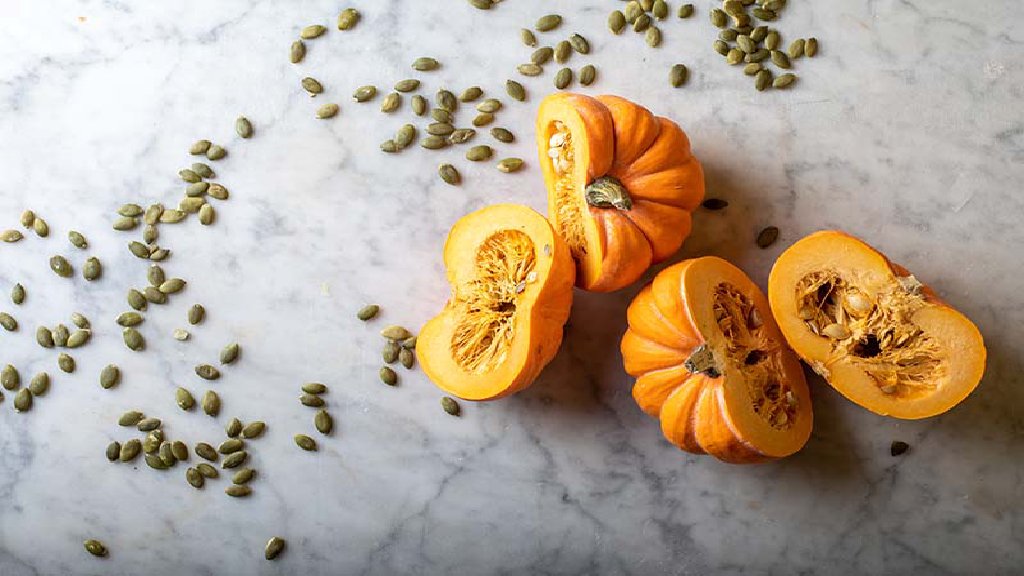
Pumpkin seeds are oval-shaped with yellowish-brown colour. The outer shell is a crunchy texture. Seeds are edible with nuts taste.
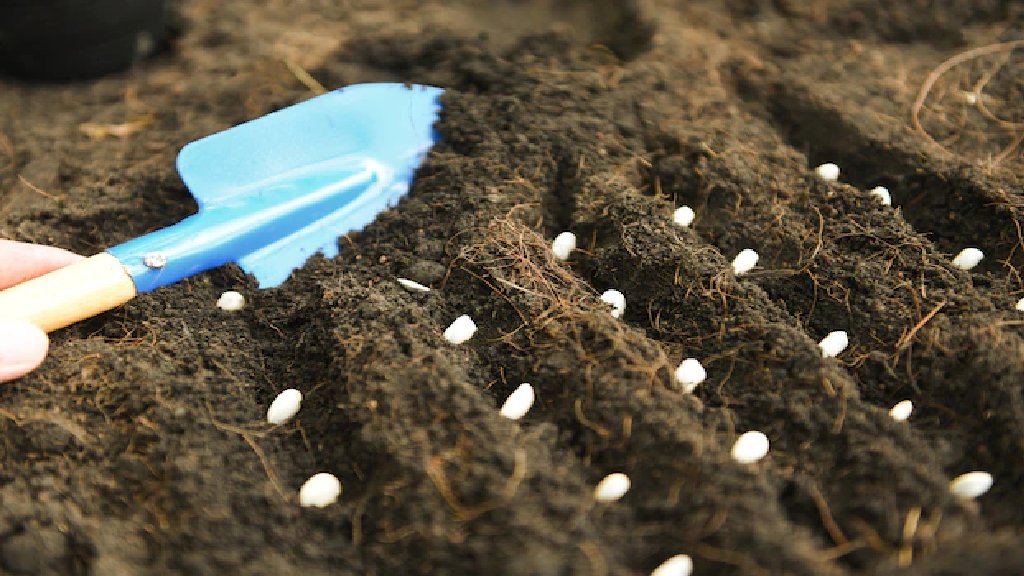
Cucurbita pepo prefers to grow sandy soil rich in organic matter which is neutral to acidic. Soil mix with 20% vermicompost is best for growth.
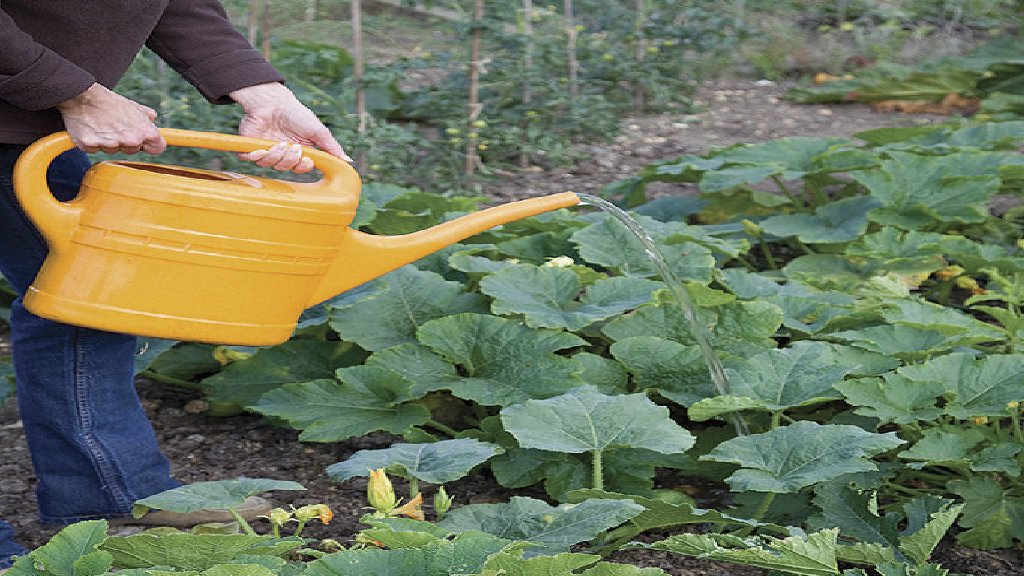
Watering the winter squash vegetable plant twice a day (morning & evening). Keep the soil always moist. Need ample water when flowers and fruits are forming.
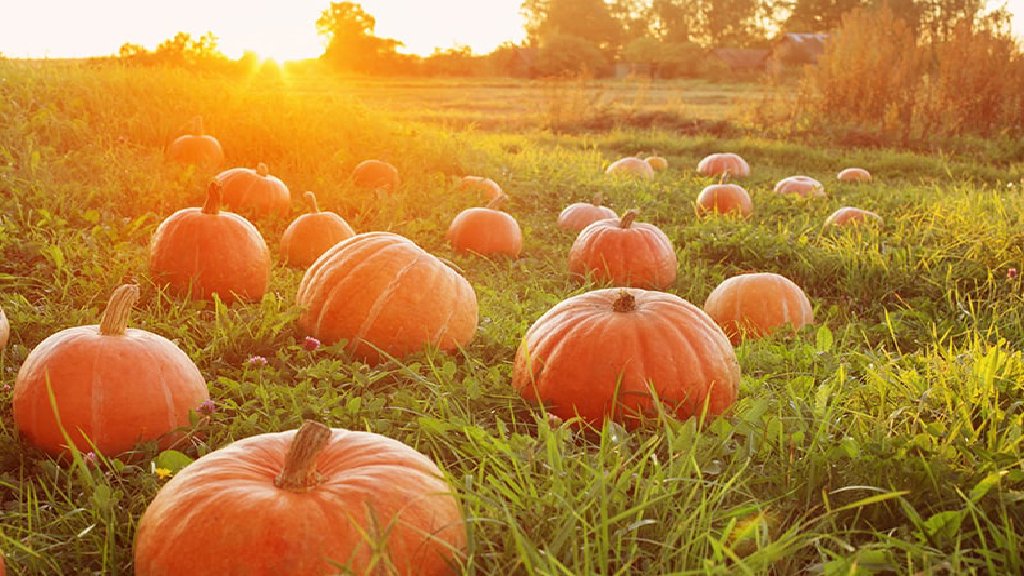
Requires direct sunlight for the Cucurbita pepo plant. Keep the pot in the full-day sun.
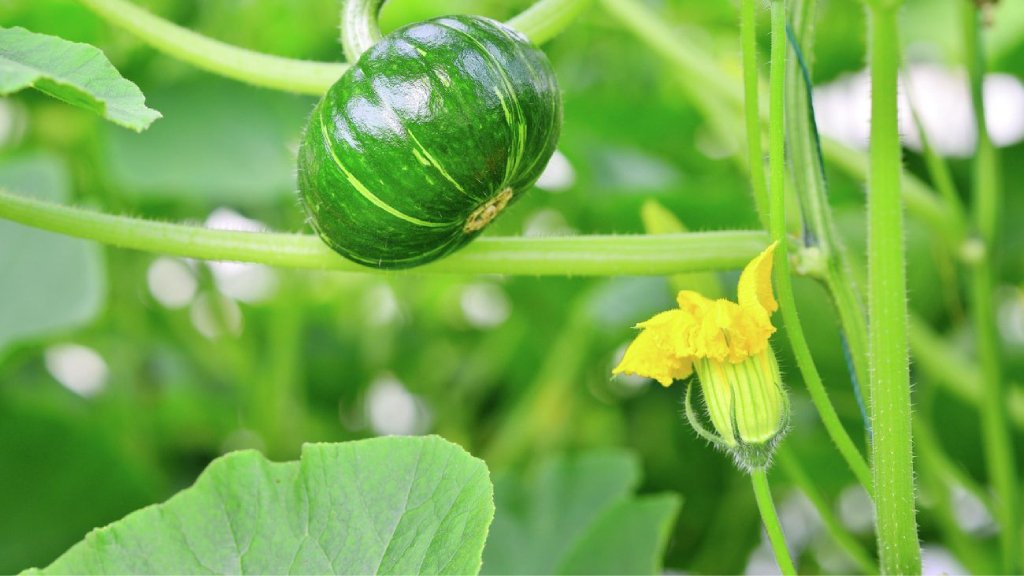
After getting medium height, stabilize the plant with a tiny stick. Cover the stem with dust, this encourages the root to grow under the stem.
Put some weight on the tendril, to prevent the vine damage caused by strong wind.
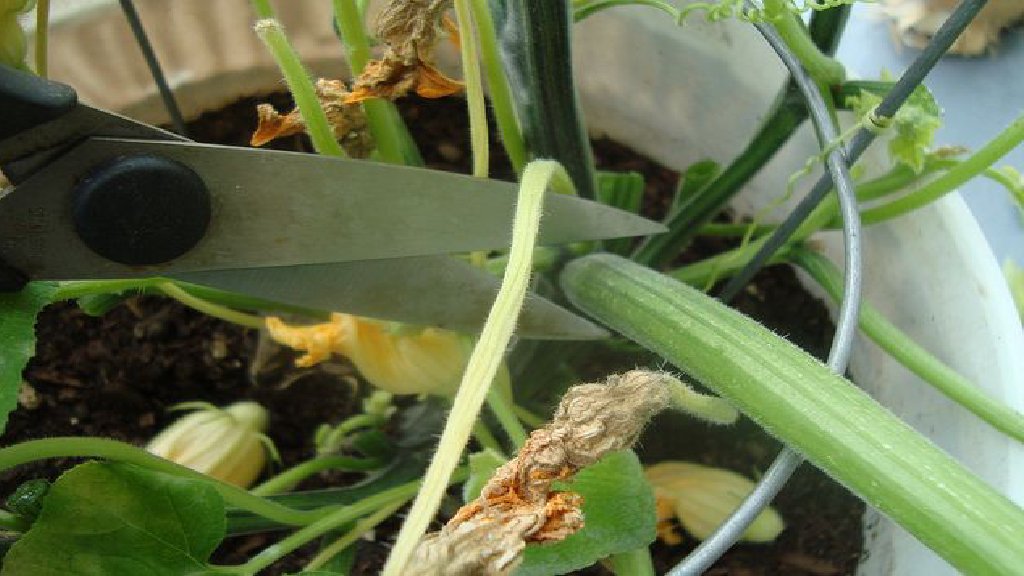
Remove secondary vines that grow beside the leaf, this enhances main stem growth. Reposition the plant, place the main stem on dirt and cover it with soil plus compost to encourage root growth.
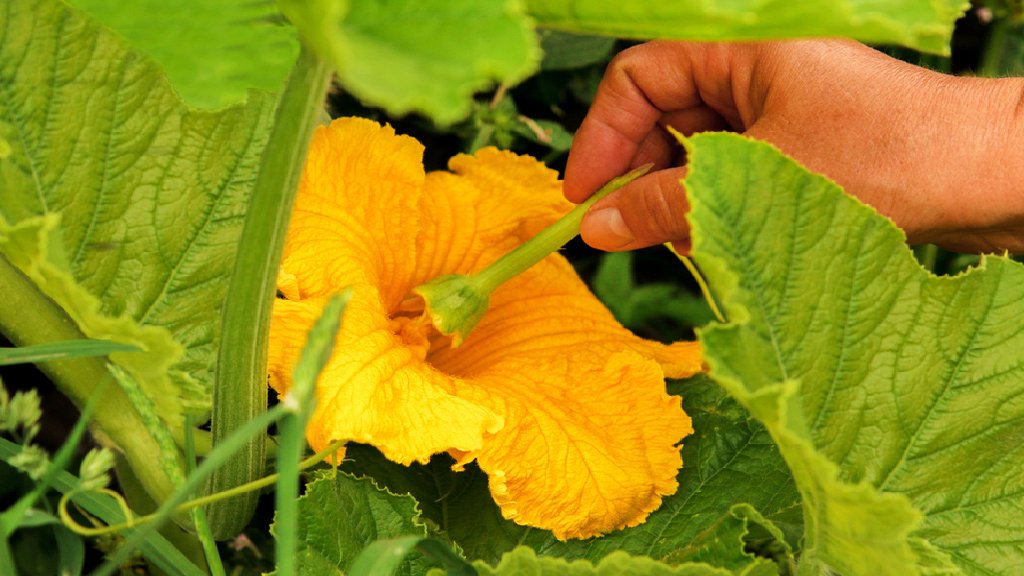
For manual pollination use male flowers with petals removed. It helps high yield. When the male and female flowers blossomed it was ready time to pollinate with the help of hand. After pollination, the end of the main stem also cut the remaining male flower buds.
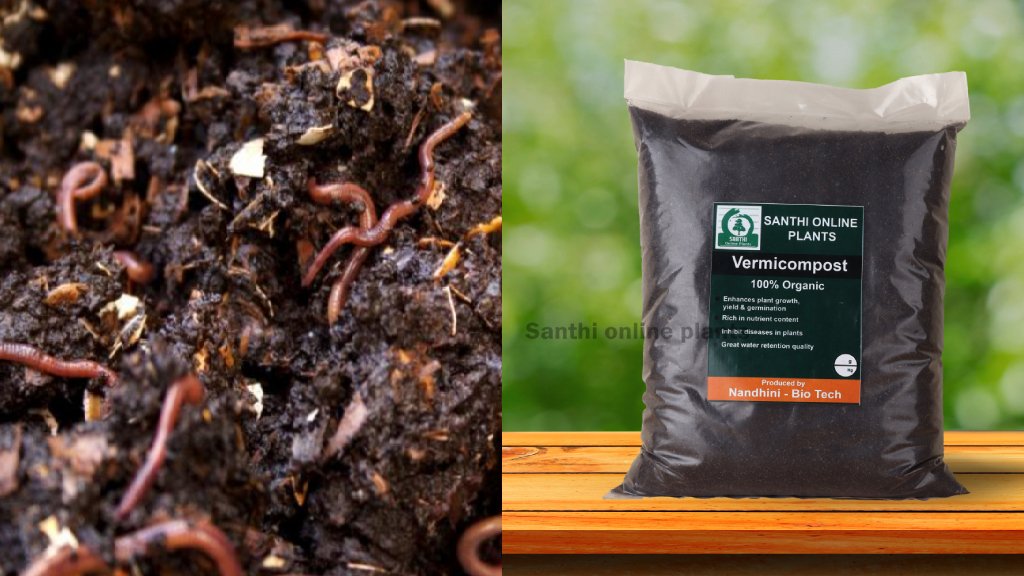
Winter squash is a heavy-feeder vegetable plant. Add plenty of compost to the soil before planting. Application of vermicompost every 2 weeks interval.
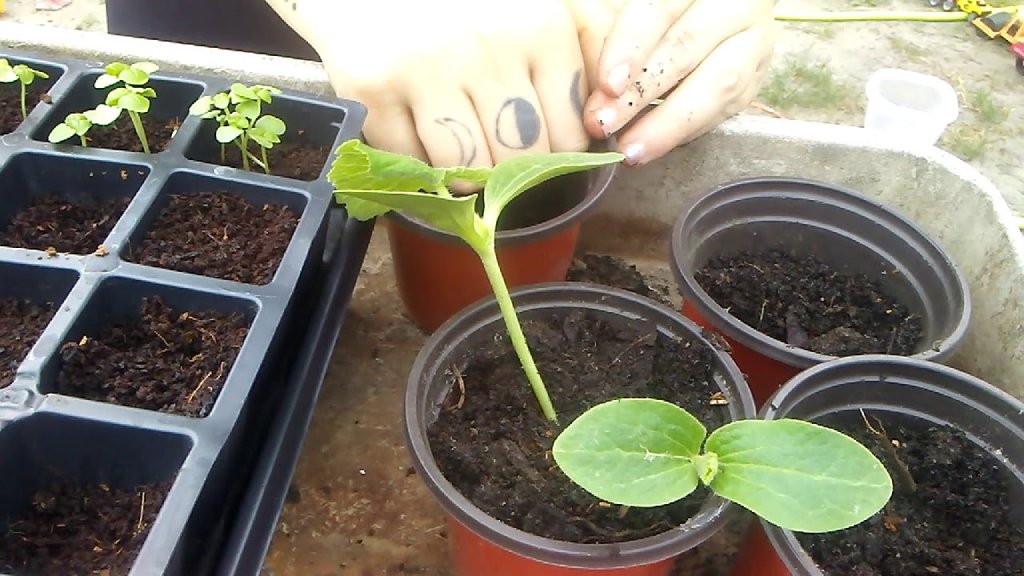
Transfer these vegetable plants to a new grow bag once the plants are overgrown. April to mid-May is the correct time for transplanting.
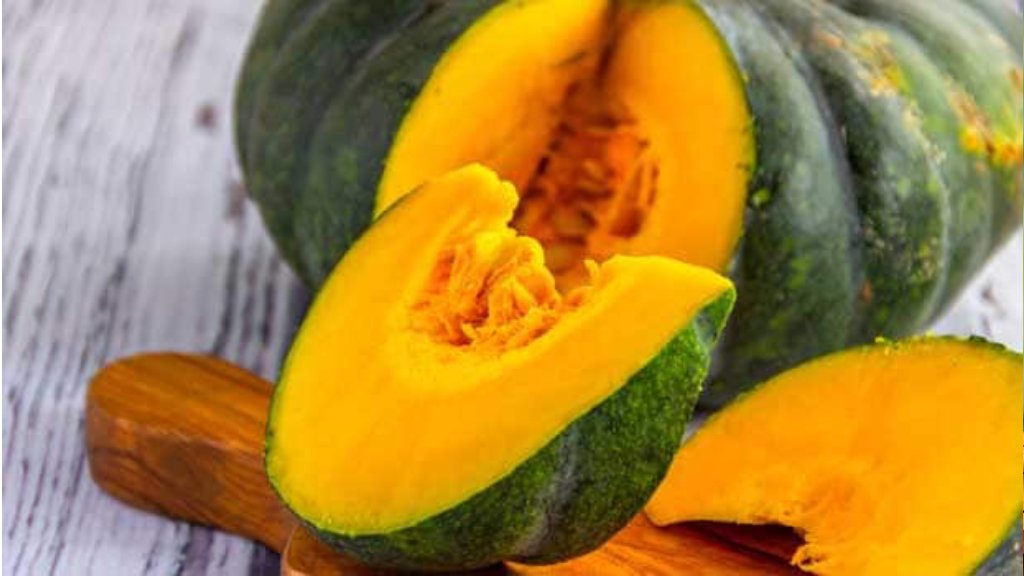
May support healthy skin and the immune system.
Cucurbita pepo stimulates hair growth by improving blood circulation.
The pumpkin plant has a rich source of beta-carotene.
Helps to maintain healthy bones.
Good for eyesight. Creeper plant with a good source of vitamins, iron and fibre.
“Live green to save more green”
Blog created by Santhionlineplants

Cauliflower is a flowering vegetable. Brassica oleracea has green stems with white flower buds. The cauliflower flower forms a single, round head and is cupped by green leaves. It has a mild and delicate flavour. The cauliflower flower is an annual plant that reproduces by seed.

There are varieties of green and purple cauliflower. Popular species such as green, orange, purple and white cauliflower.
Green cauliflower
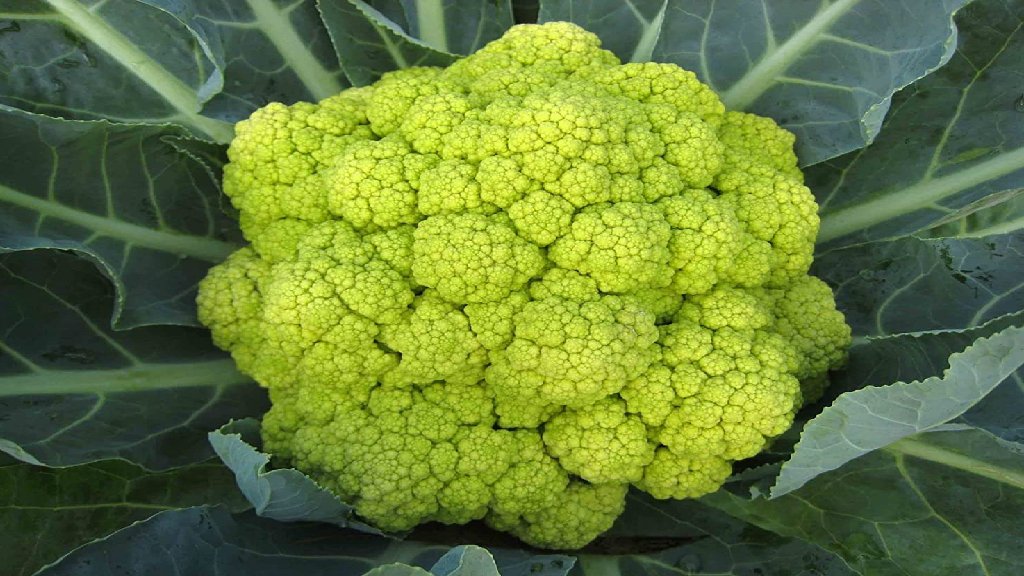
Green cauliflower is called broccoflower because it’s crossed between broccoli and cauliflower. The cauliflower plant gives a nut taste.
Orange cauliflower
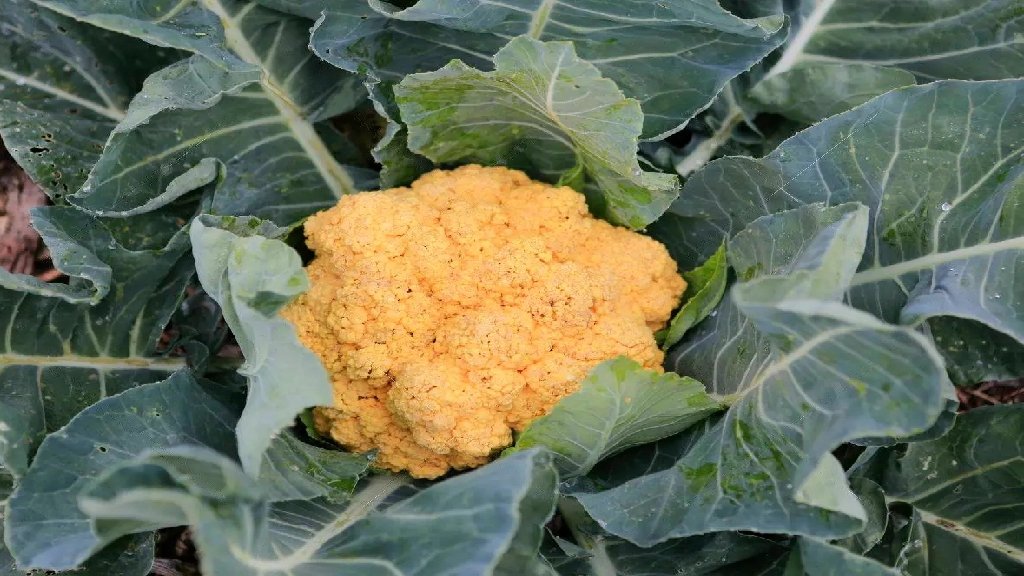
This cauliflower flower is hybridized variety. Orange pigment because of beta-carotene vitamin A. Brassica oleracea is referred to as ‘cheddar cauliflower’.

This cauliflower plant is dark purple with bluish-green. When compared to white cauliflower it has a mild taste with a tender head.
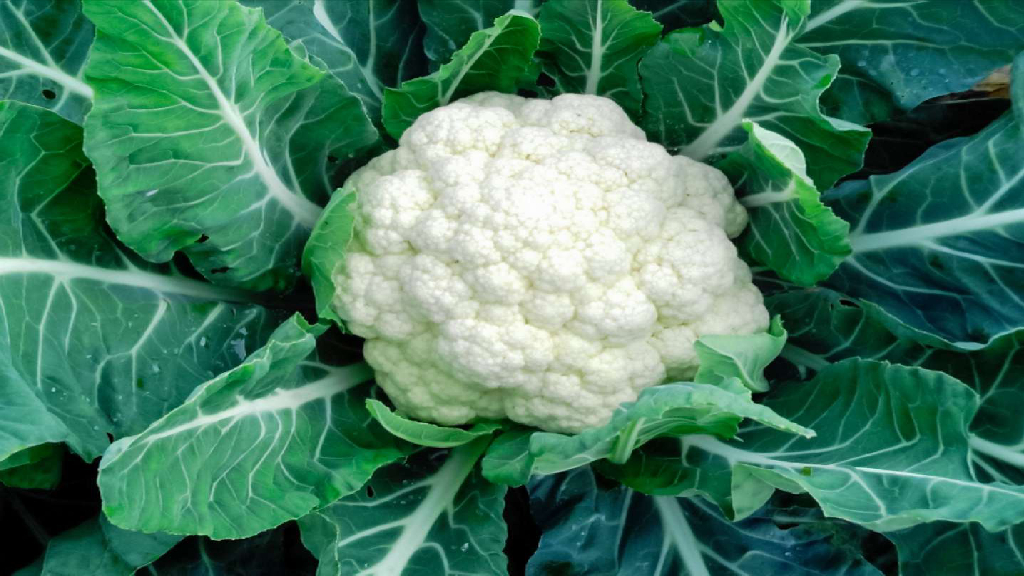
This species has a pure white head with green leaves. The edible part of the plants is called curd. Leaves are large round shapes.
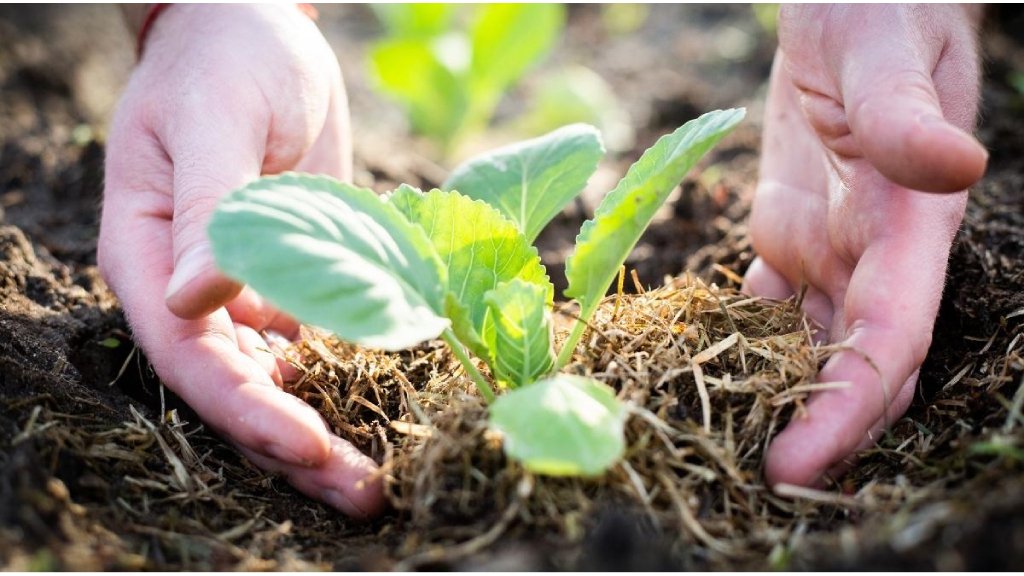
Sun-loving, cool season crop to grow in spring and fall in India- September to December. Keep the pot in full sun and keep the soil a little moist but not wet during the whole germination phase.
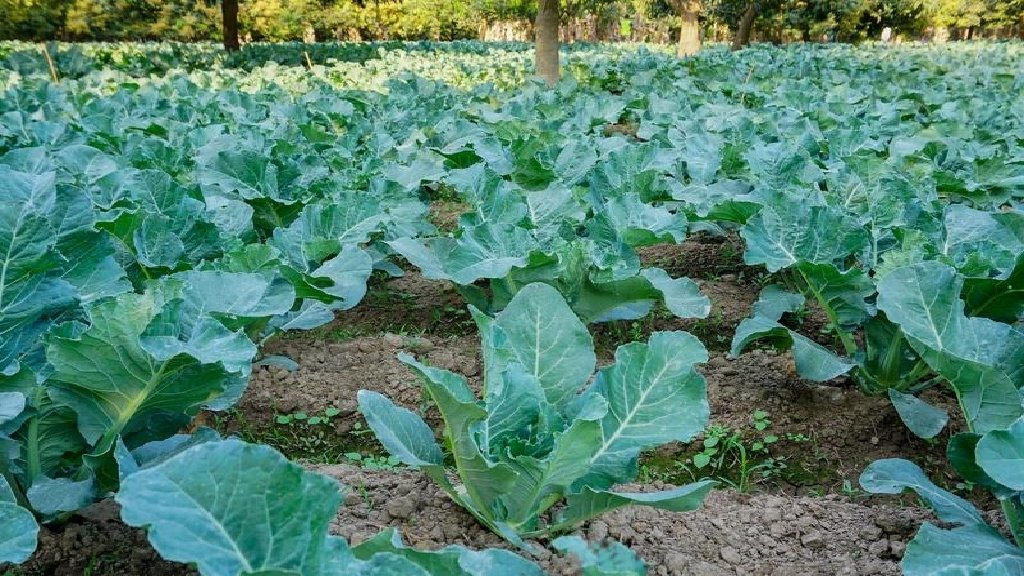
Make sure that the plants are 5-6 inches apart if planted in the ground they need to be spaced 12-16 inches apart.
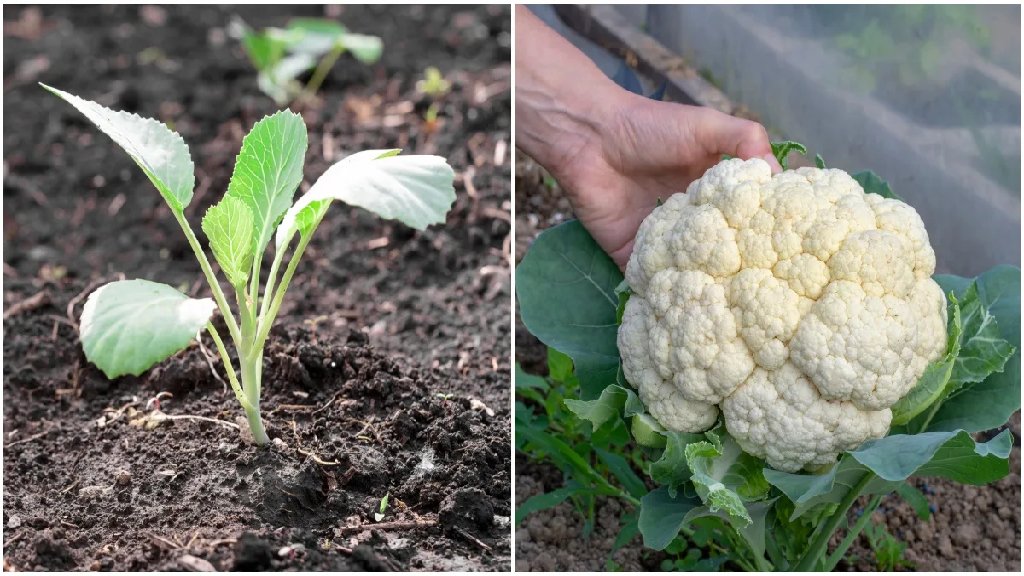
To plant the seedlings, make a 3-5 inches deep hole in the soil mix and gently place the root ball into the hole. Cover the bottom part with the soil mix and firm it down to provide some support.
Make sure that all plants receive proper sunlight to that remove leaves which are in the way or are blocking other plants
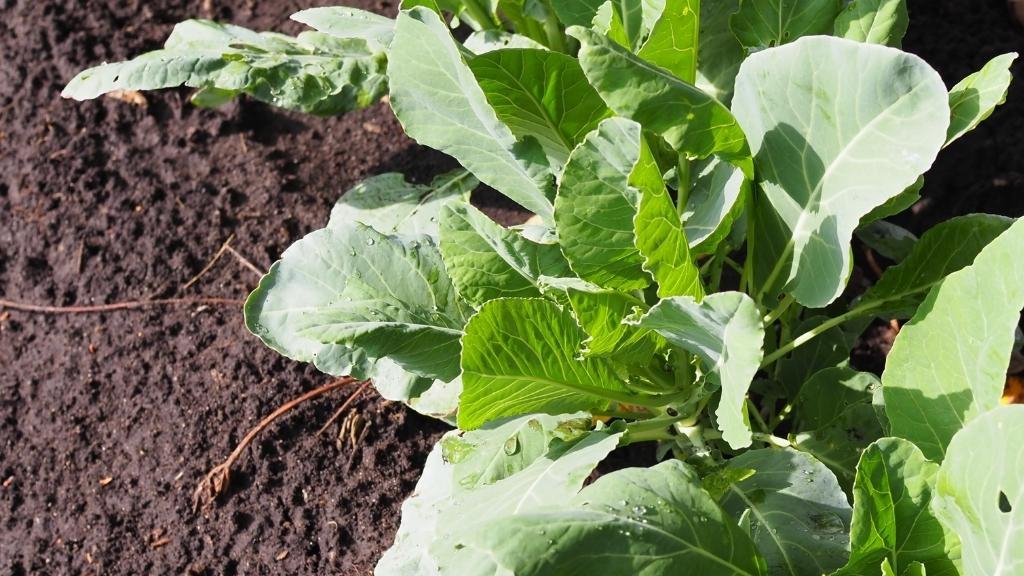
Prefers to grow sandy loam soil. 50% vermi compost+ 50% garden soil. Fill this container or grow bag with soil mix leaving 2 inches of space at the top for proper watering. Make sure the pots/grow bags have sufficient drainage holes at the bottom.
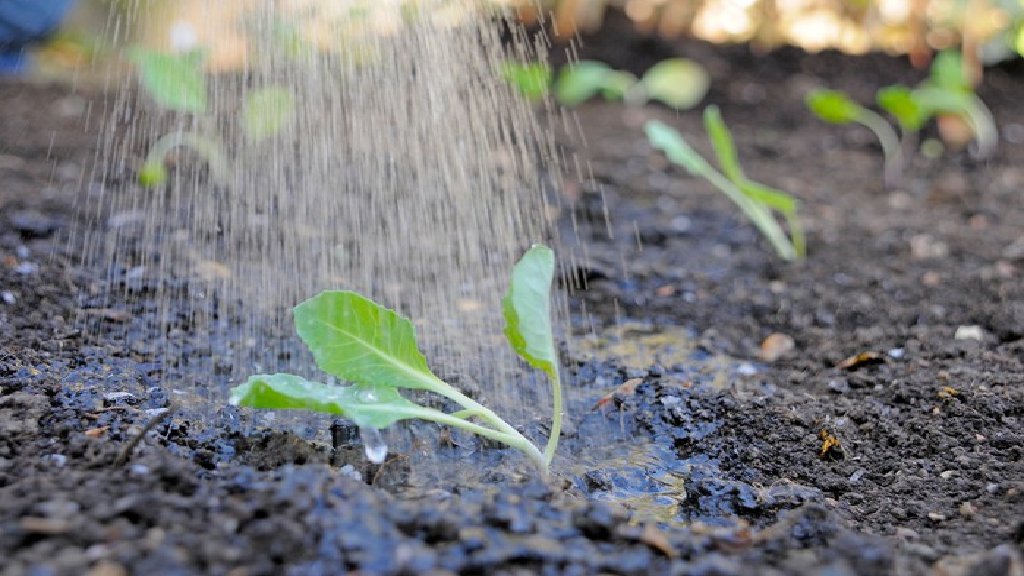
For constant growth always keep the soil moist but not wet, never allow the soil to dry out completely. Important to prevent the drying of soil in the periods when the seedling is maturing at the time of head formation.

Require about 50-60 days of constantly cool weather to manure properly. 6-26-degree Celsius temperature range is ideal for cauliflower plantation.
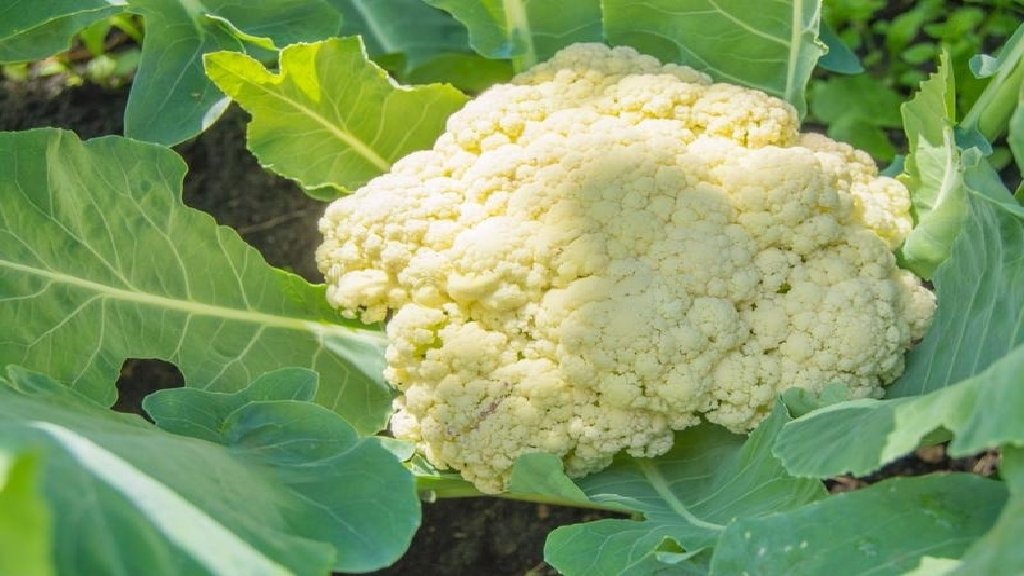
Though they require cool weather and also requires a fair amount of full sun during the day. Choose a spot in the garden that receives full sun
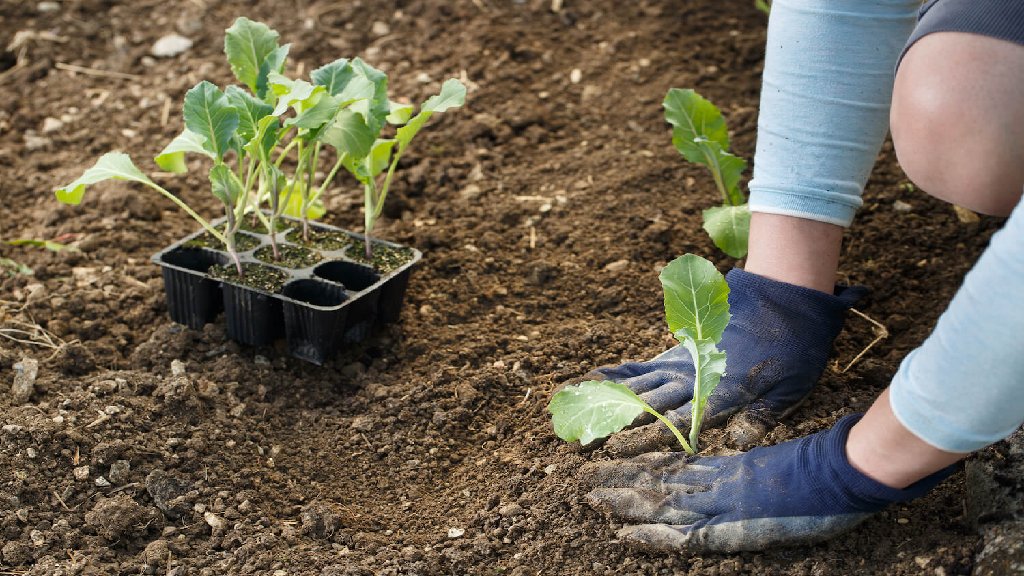
When the seedlings are 3-5 inches tall or have leaves that is the time to transplant them at their final location or medium sized pot. With a help of a gardening tool gently dig out the seedlings with their root ball intact to avoid any transplant shock.
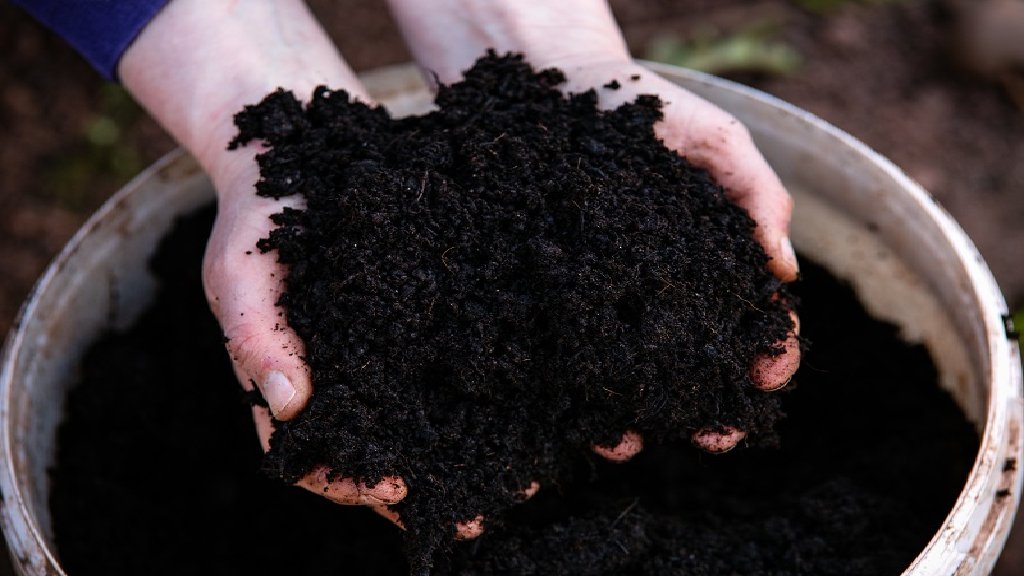
This plant is a heavy feeder. Mix the compost or well-rotted manure into the soil every 20-24 days side dress the plant with a handful of compost or manure and mix it well in the soil with gardening soil.
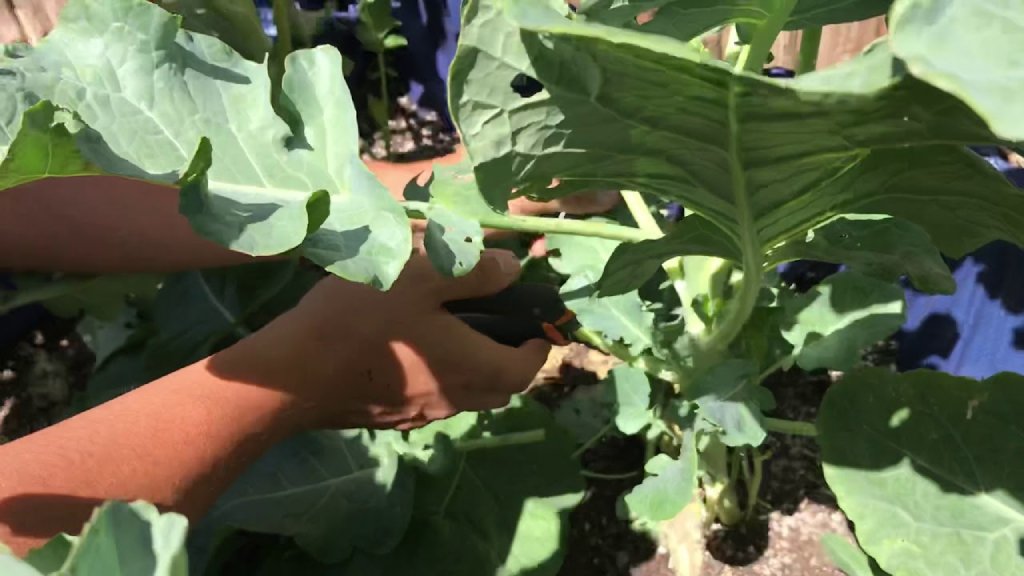
To get healthy plants remove the bottom leaves from the plant to develop a healthy top structure.
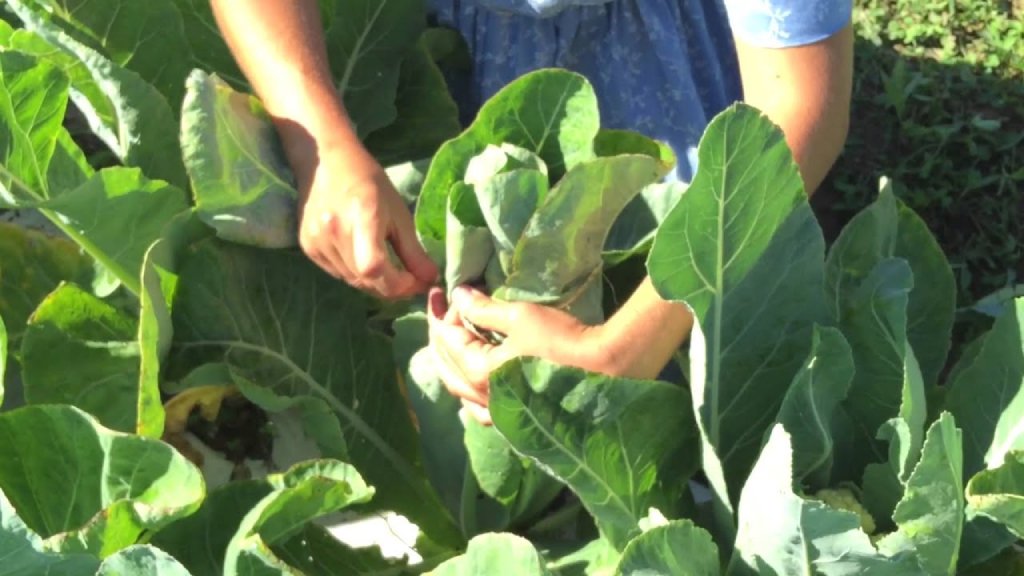
When the head or flower of brassica oleracea becomes 2-3 inches in diameter cover it with the inner leaves by breaking or placing them over the head.

Pests that damage the leaves are flea beetles the larva of cabbage butterflies and moths that love to feed on the plant. Check the plants for any visible signs and use neem oil+ soap sprays/chilly and garlic sprays to avoid pests.
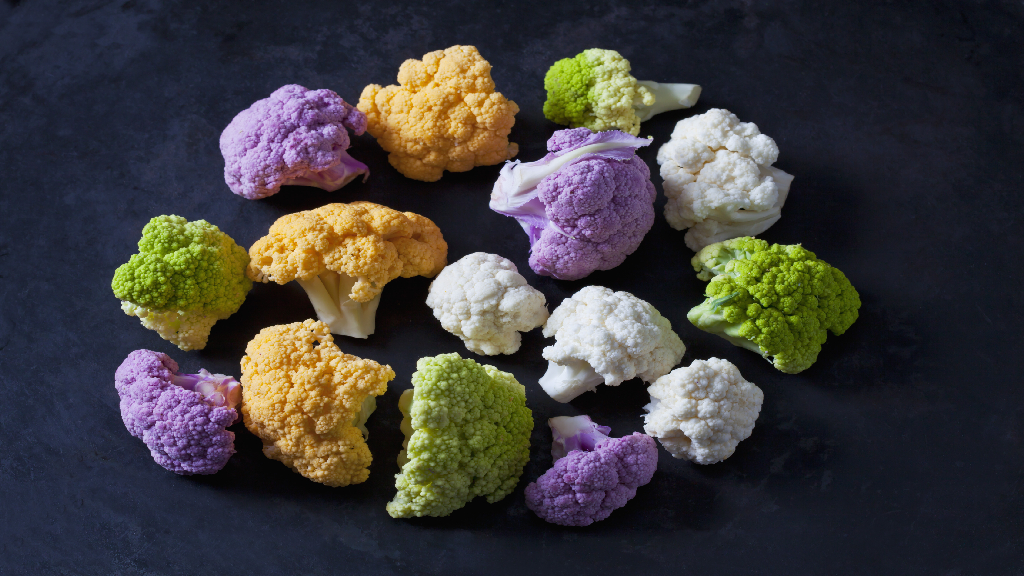
Eating brassica oleracea helps to aid weight loss.
Help to prevent stomach disorders.
Fight respiratory problems.
Improve the overall health of the cardiovascular system.
“Get into the green scene”
Blog compiled by Santhionlineplants
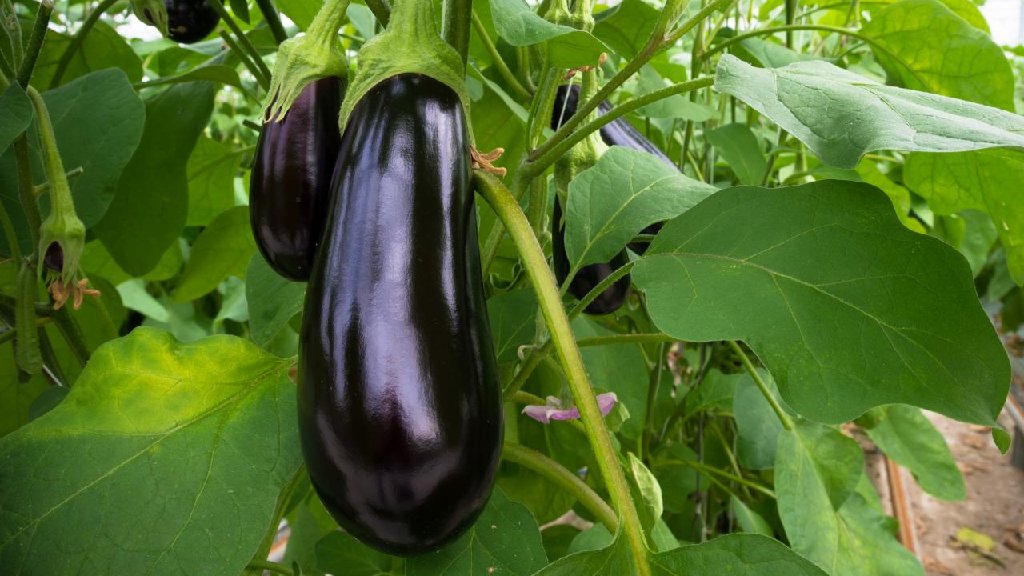
Brinjal is an annual, erect and non-woody plant. Eggplant belongs to the family of Solanaceae. This vegetable has a bitter taste with a spongy texture. The brinjal plant is called the king of vegetables. Oval-shaped leaves are lobed with hair. Mostly grown in India and Sri Lanka.
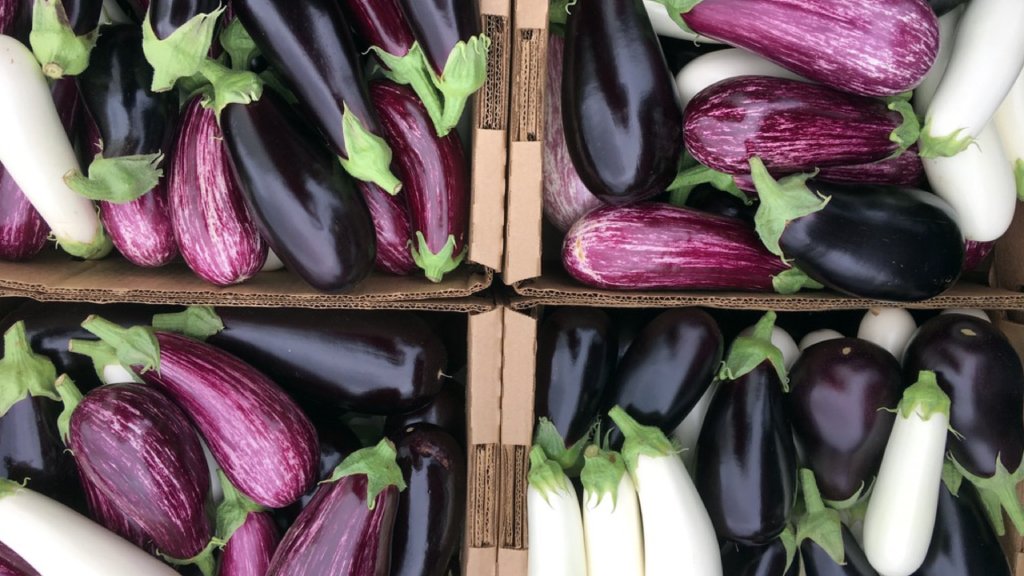
The types of brinjal plant are evergreen perennial shrub plants with hairy hard leaves. Popular varieties are such brinjal plant (Nattu kaththri), brinjal plant(spiny) Vellore gold, green variegated long brinjal (Neela pachchai katharikaai), pusa purple long, pusa purple round.
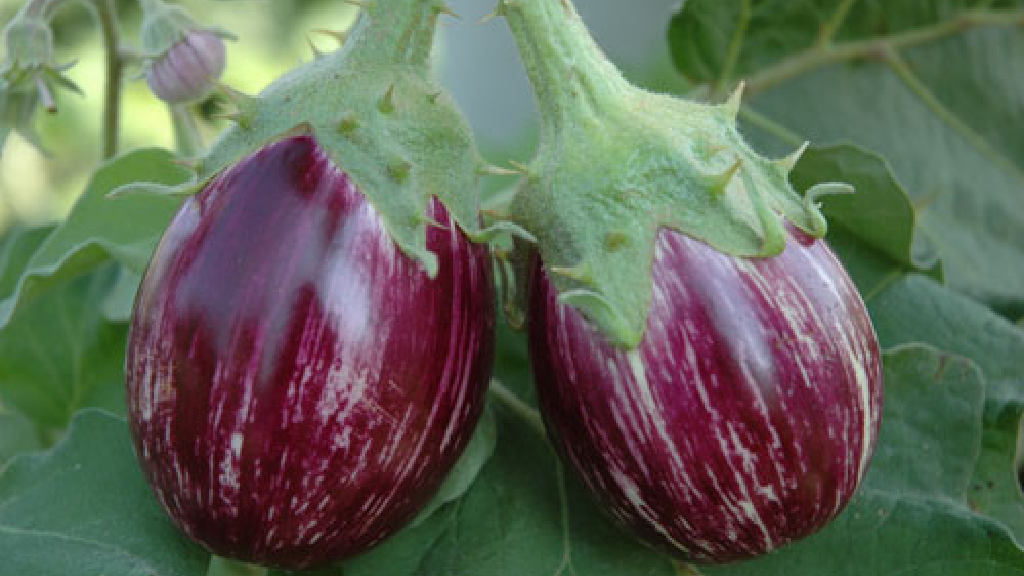
Eggplant is purple and white markings. Highly beneficial to control blood sugar. Brinjal plant (Nattu kaththri) plant grows wild in its homeland of South Asia as a perennial plant, though these warm season vegetables are treated as annuals. They grow fastest when the temperature is between 20-35 degrees Celsius.
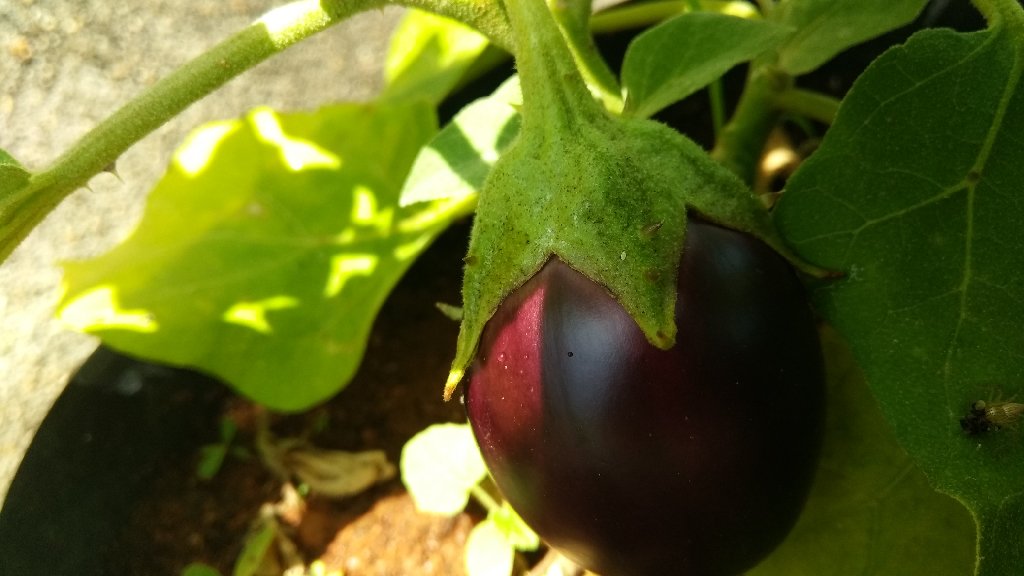
This solanum variety grows fastest when the temperature is between 20-25 degree Celsius. Brinjal plant (spiny) Vellore gold grow quickly, gaining size faster than tomatoes or peppers. This solanum fruit is light brown which is too shiny to touch. These are the best garden plants.

Solanum melangena contains numerous seeds in one fruit. Green variegated long brinjal are tubular shaped with typical green. It has a good taste and good looking. When compared to other products this eggplant gives quick yield. Planting multiple plants in a pot will also help in better pollination resulting in a huge harvest.
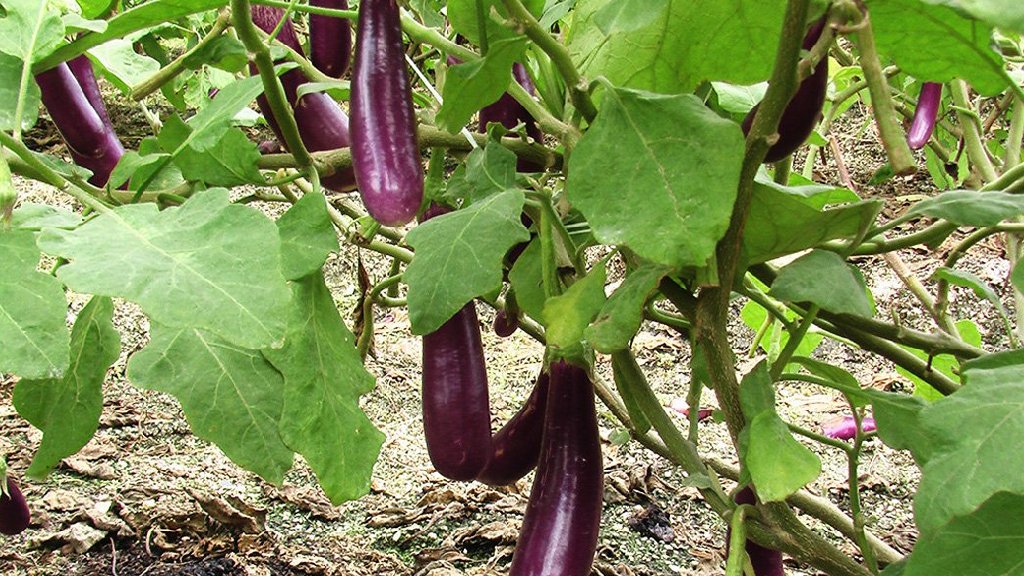
Tender fruit is glossy with purple. Pusa purple long is a hybrid dwarf variety. This fruit can mature between 100-110 days.
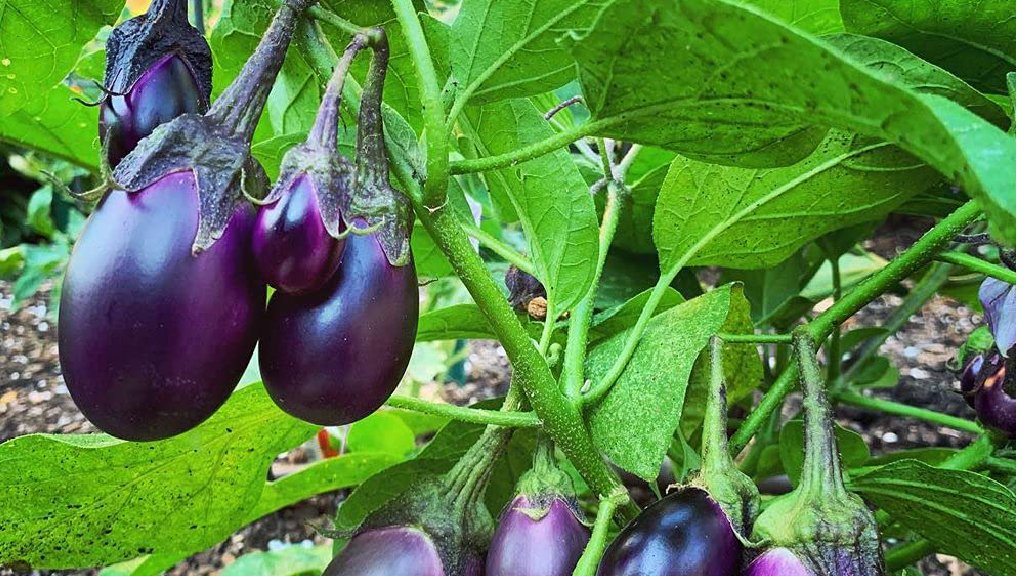
Plants are tall with lobed leaves. Sow them as deep as possible as they tend to grow roots from the stem section. Planting them deep will result in a strong root system. Brinjal is a round shape with purple colour. This is disease tolerant-resistant variety.

After 20-25 days from the transplant eggplants will start producing buds and flowers.
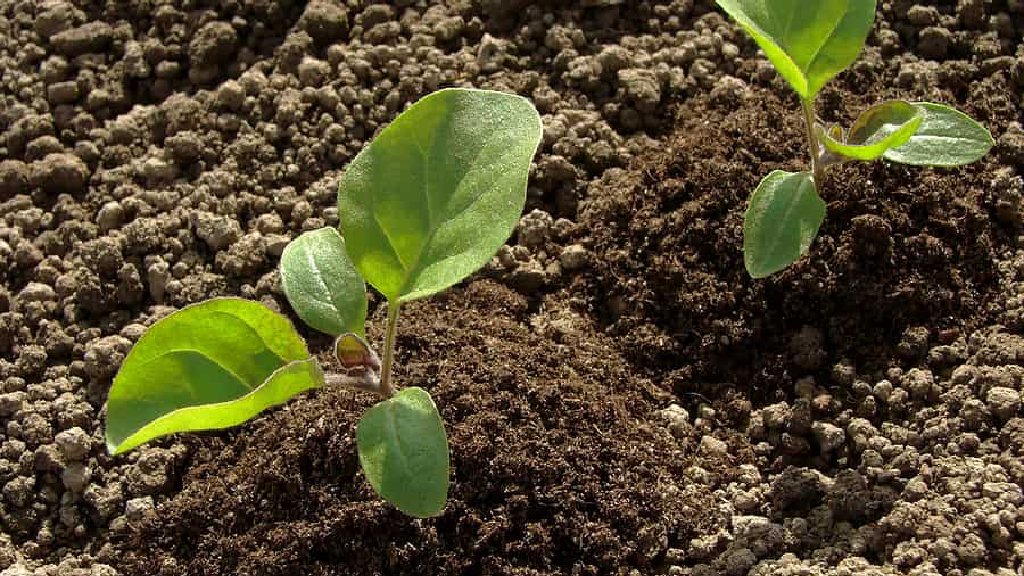
Grows best in sandy loam soil, which is rich in nutrients, can hold moisture well and is well draining at the same time. Compost provides nutrients and sand controls moisture.
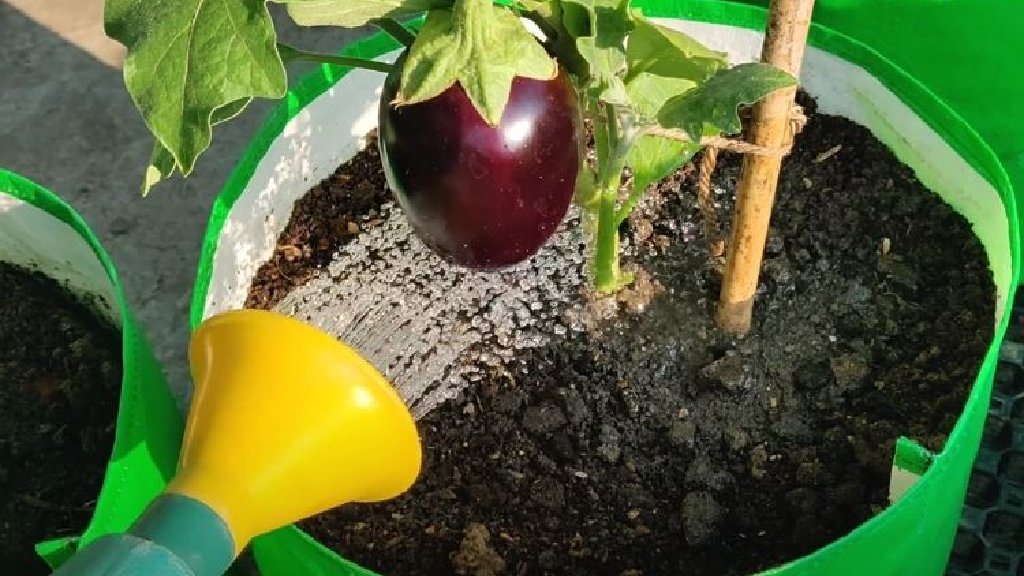
During hot days, plants may even need multiple watering a day few the surface of the soil with the use of a hand. Requires evenly moist soil for their healthy growth so, provide regular watering whenever the soil starts to dry up.
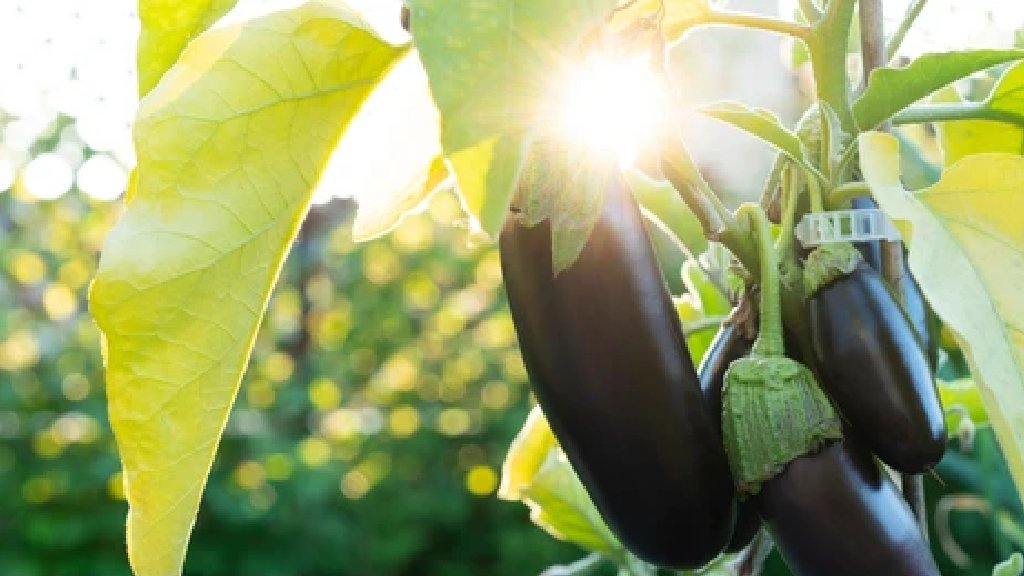
Brinjal plant will grow their best when kept in full sun. Requires 5-7 hours of direct sunlight for healthy growth. 3days after transplanting shift the plants to full sun for their healthy growth.
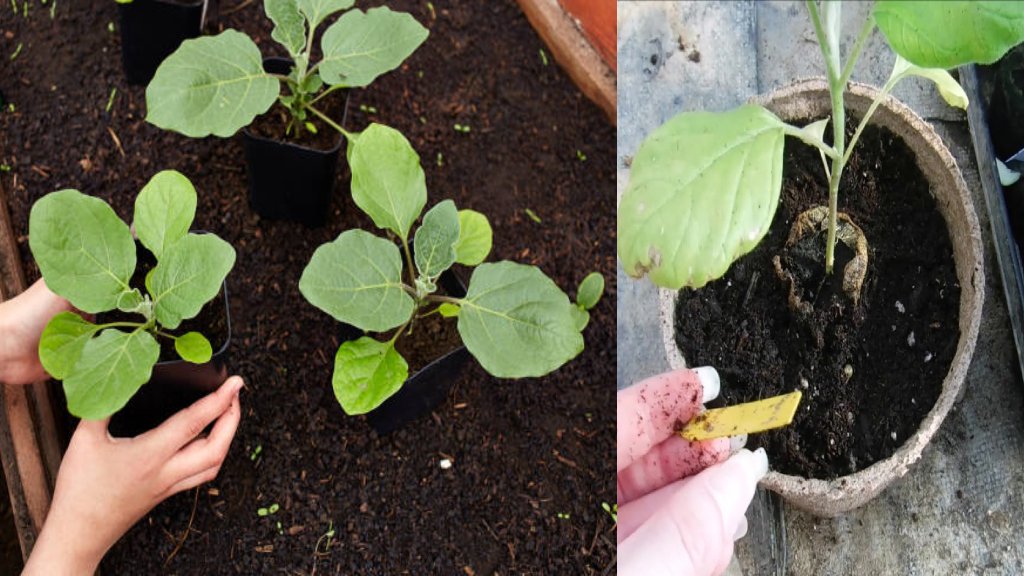
Prepare eggplant for transplanting in to growbags once the plant has reached at least 4-6 inches in height. Carefully take out the seedling with the help of the gardening tool.

After every 12-15 days add organic compacts such as cattle manure, Vermicompost and leaf mold. Add 2 handfuls per plant. Feed the plants with seaweed fertilizer. Work it into the first few branches of the soil with a gardening tool and add water immediately after adding fertilizer to the soil.
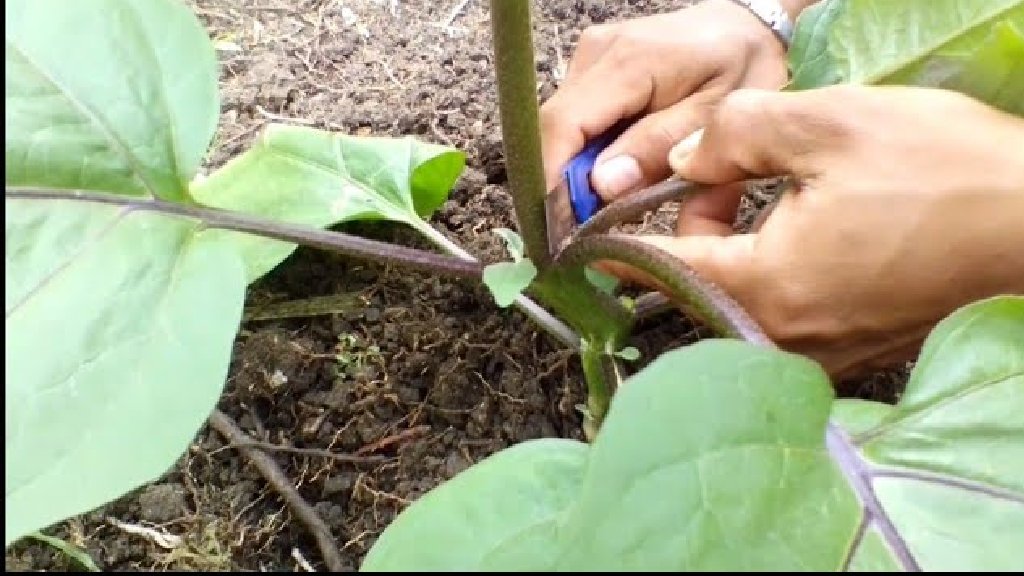
When the plant is small at that time need to pinch the top part to force the plants to branch out/to grow fuller. This will also reduce the overall height of the plant and will keep them compact. Pinch just above a leaf node.
Solanum melangena has a very rich source of fibre and carbohydrates.
Solanum melangena is a vegetable as well as a medicinal plant.
Eating brinjal is good for the heart.
It has antioxidants.
Help with weight loss
“Conserve and preserve green”
Blog created by Santhionlineplants
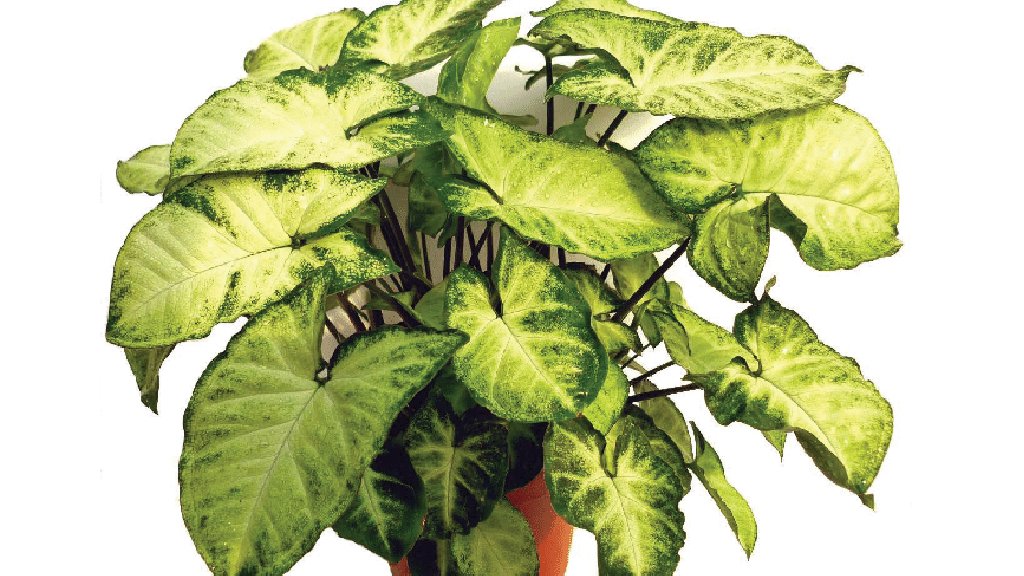
Syngonium plants are evergreen climbing vine. Genus of plants that belongs to the Araceae family. It has arrow head vine. Common name of this plants are butterfly plant, nephthytis, African evegreen, goosefoot plant and five fingers. Inflorescence are formed at top of main shoot.
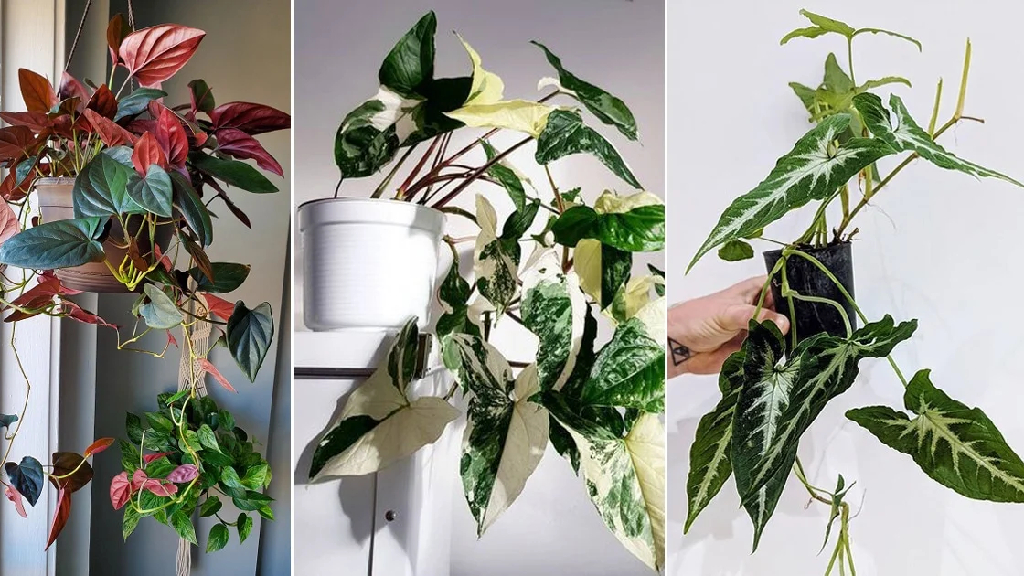
There are many arrow head vine species differing in their size, colors, shape and growth pattern. In some varieties are pink , bronze, white butterfly, green gold, golden allusion and T25.

Pink leaf is a gorgeous beautiful plant it has pink tones on the leaves and plant. Plant leaves are looks like arrows they look absolutely glorious. Leaf of this pink syngonium has a better foliage.

Leaves are heart shaped with bronze color foliage. Easy growing plant with bushy appearance. Leaves has dark brown veins. Bronze syngonium varieties is an elephant and versatile houseplant.
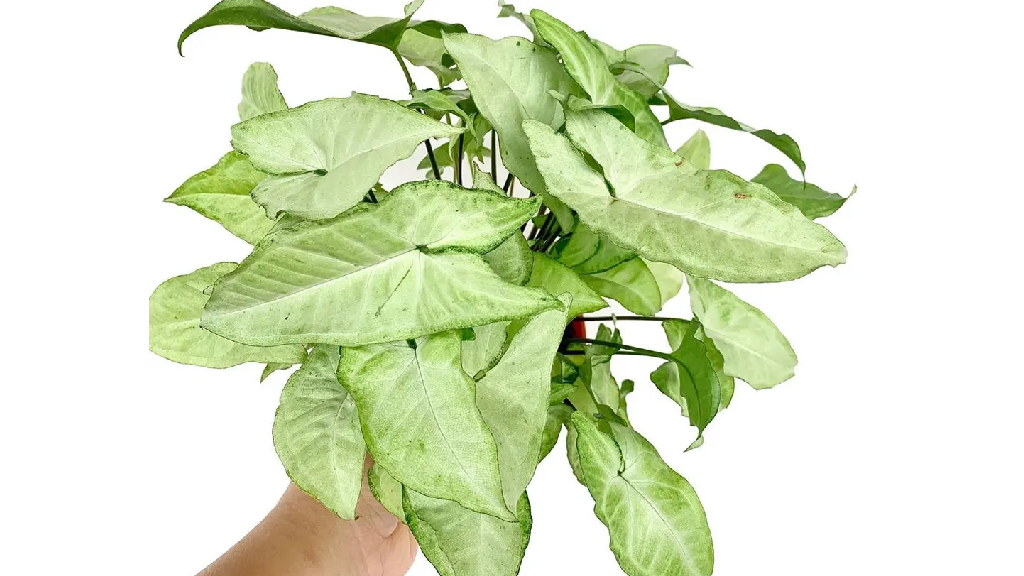
This plant leaves are looks like a butterfly wings which is good looking. The foliage of white butterfly plant are creamy white with green at margin.
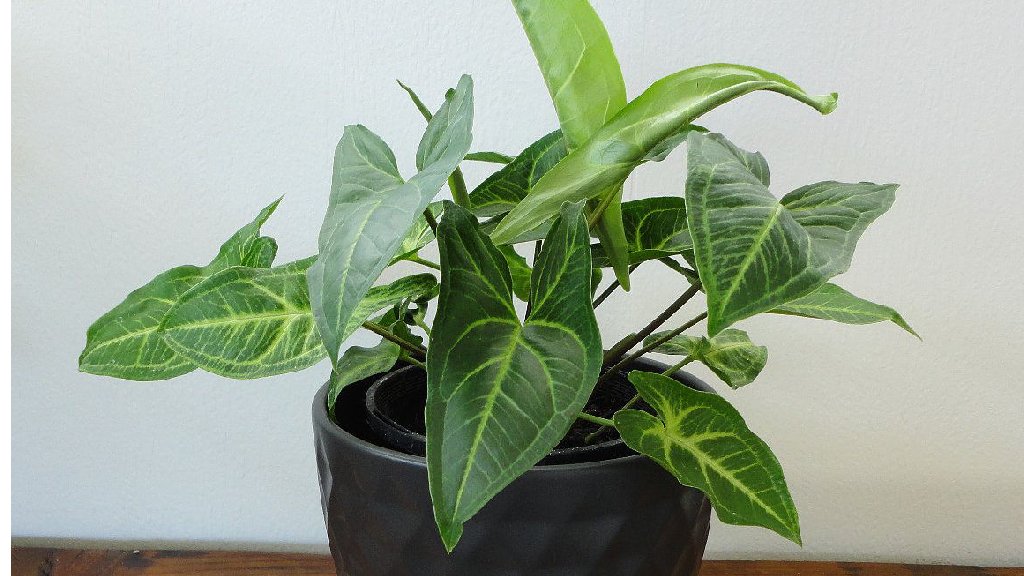
This is the best climber in potted plant. Syngonium green gold has creamy green with pink veins which foliage is too attractive. Its makes good environment and spread positivity.
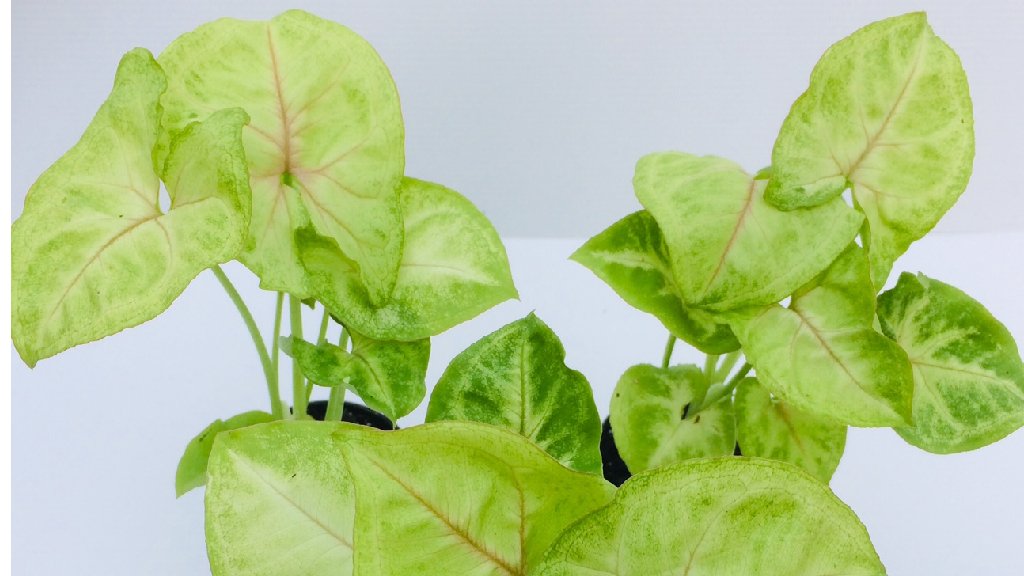
This plant has steady growth rate throughout the year. The foliage of this plant is eye-catching and heart shaped leaves. Syngonium golden allusion varieties is the best beginner friendly plant.
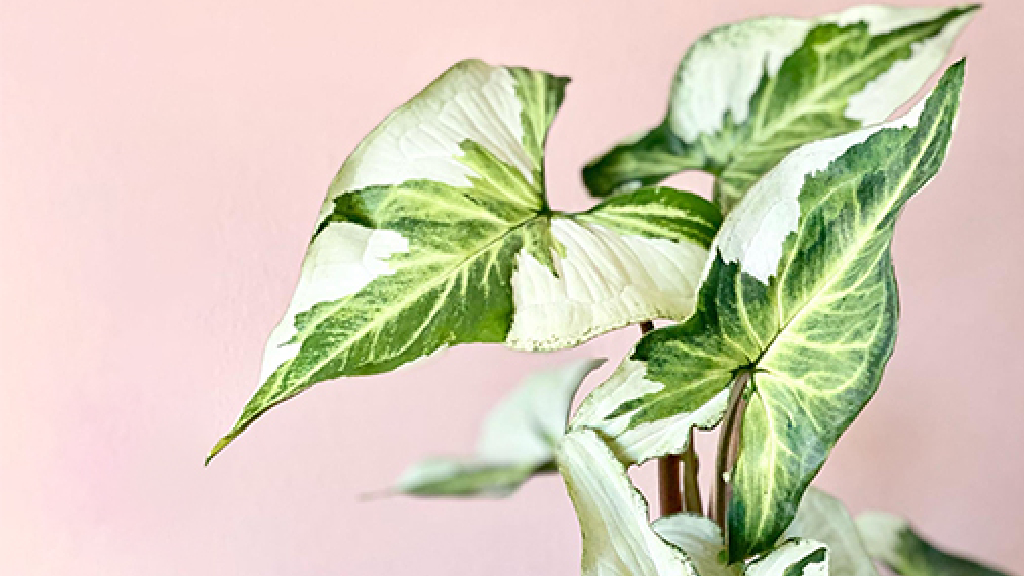
Leaves are variegated with green and white colors. As a young plant its grows upright leaves, after mature it grows like a vine. T25 is a rare variety. White veins are arranged like a star. This is a good looking houseplant.
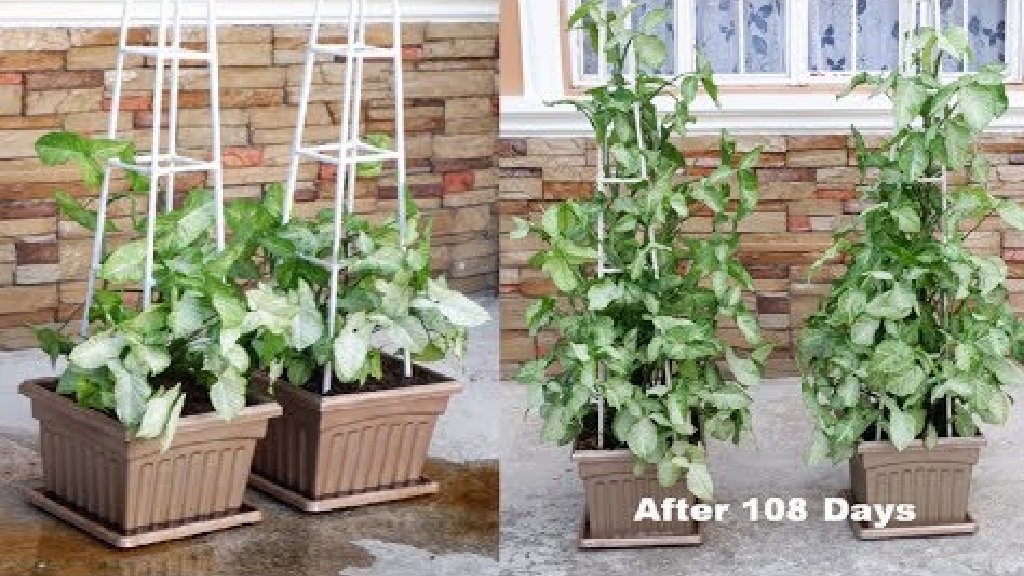
Arrow head plant is a best evergreen climber plant for indoor. This climbing habit are attractive.
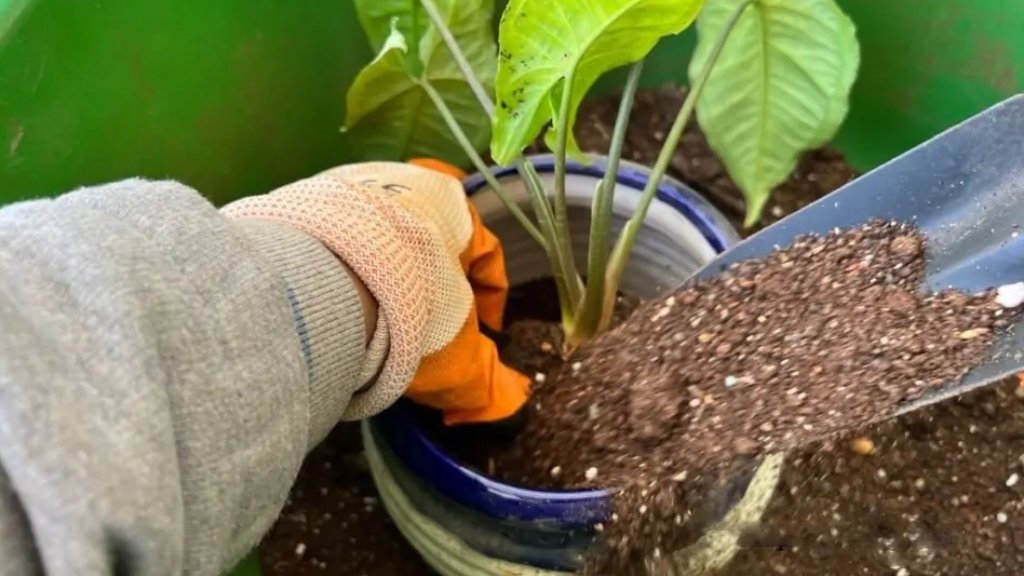
Syngonium plant prefers to well grow in drained soil. Soil mix with cocopeat 40% and vermicompost 30% which helps to increase soil fertility and plant growth. soil pH should be neutral to acidic.
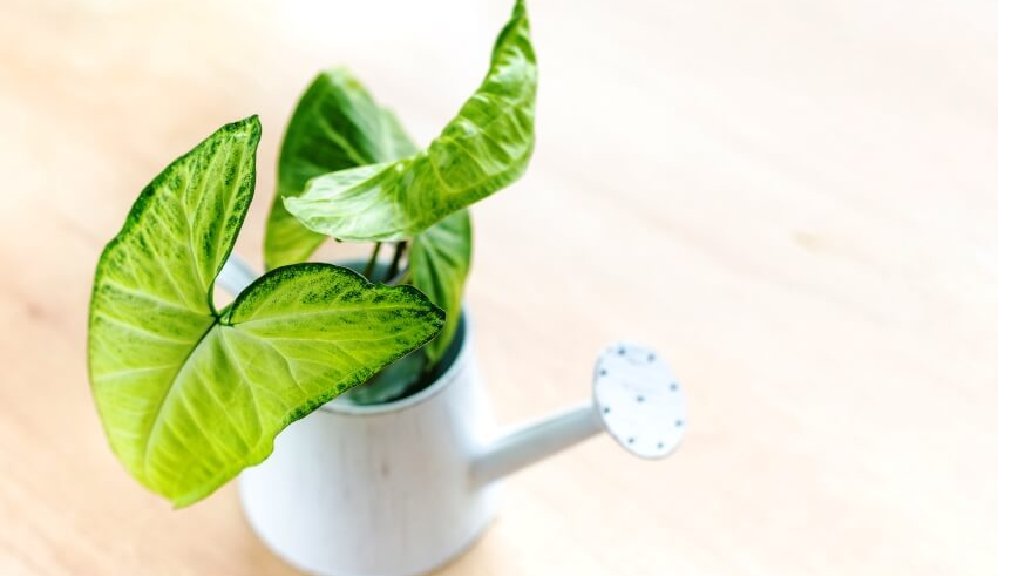
Nephthytis requires moderate watering. Water the nephthytis plant twice in a week. Over watering can cause foliage rotting.
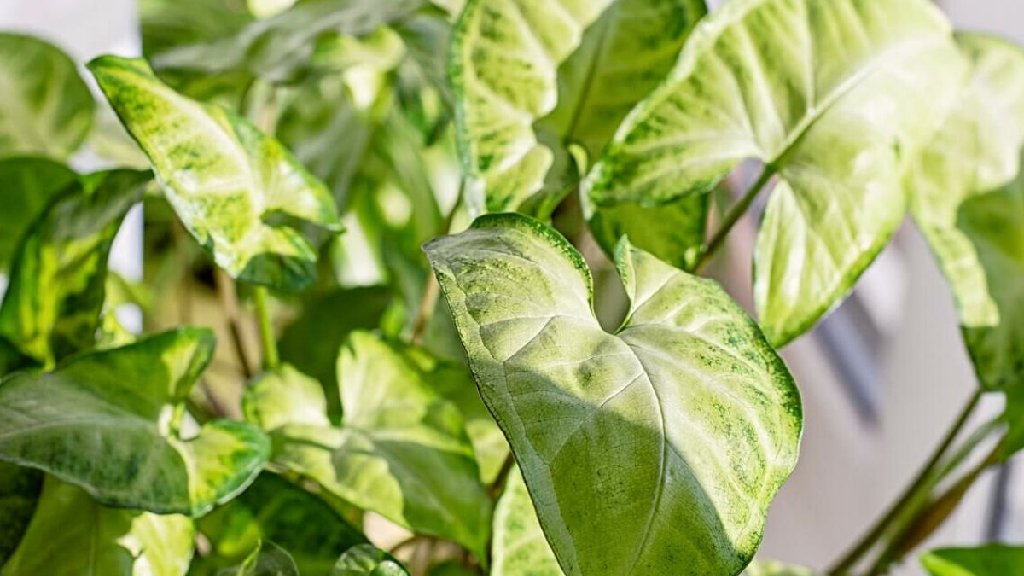
Syngonium varieties can tolerate to many light condition. Its prefers bright indirect light. Bright light enhances the bright foliage and attractive colour. If we kept the plant in direct sunlight its gets burn.
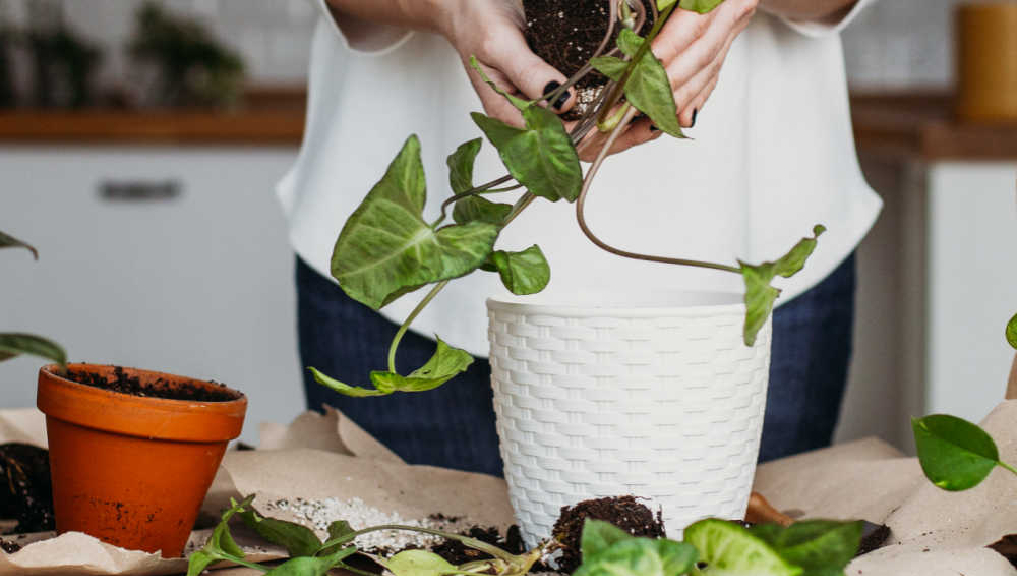
Nephthytis varieties needs prompt pruning to better vegetative growth. Repot the plant at yearly once. When the roots become bouncy this is ideal time to repotting.
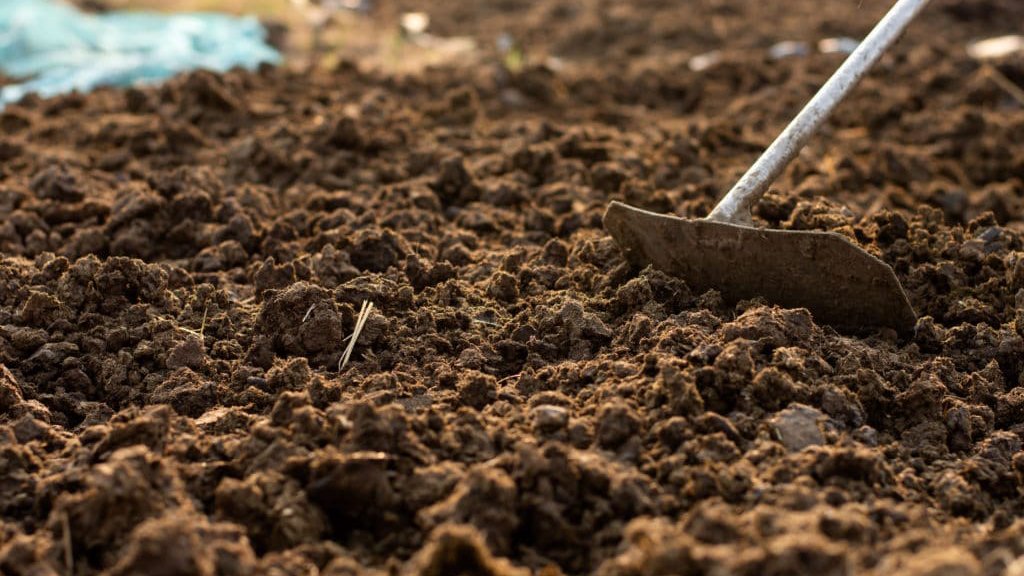
For this plant, application of biogas slurry liquid fertilizer and cow manure at monthly intervals. Add kitchen waste for nutrient support.
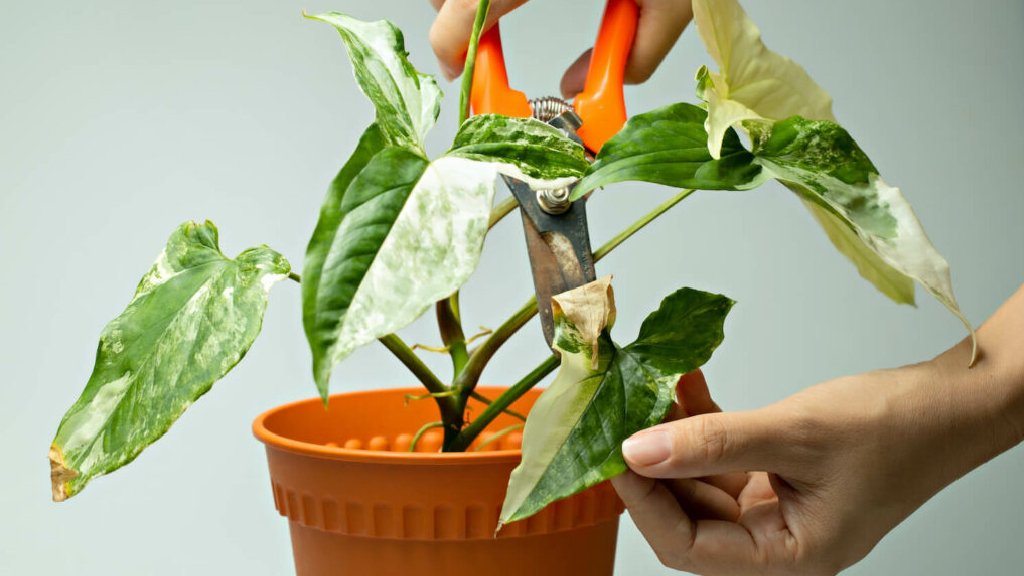
Prune the dried and unwanted parts from the arrow head plant. Pruned the discoloured shoots.
This is best air purifier plants
This plant absorbs carbon dioxide and gives oxygen
Mostly this varieties used for focal arrangement and decoration
Arrow head is the famous ornamental houseplants
Needs easy care and maintenance.
Keep green and keep our planet clean…!
Blog created by: Santhionlineplants
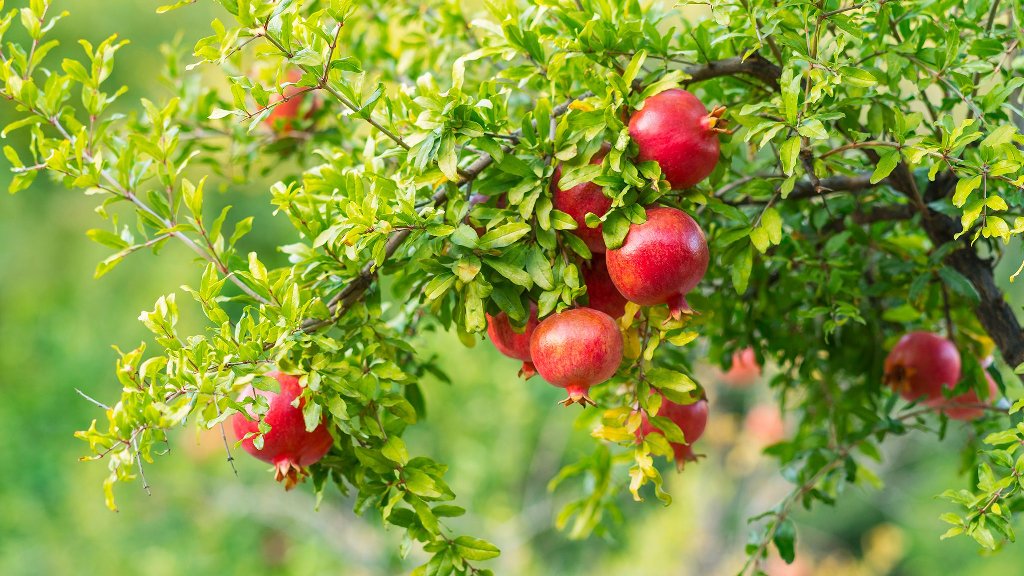
The pomegranate is famously known as the fruit of heaven belongs to the berry family. Pomegranate fruit is a delicious fruit and has juicy grains inside. Grow pomegranates as large, shrub or small trees.
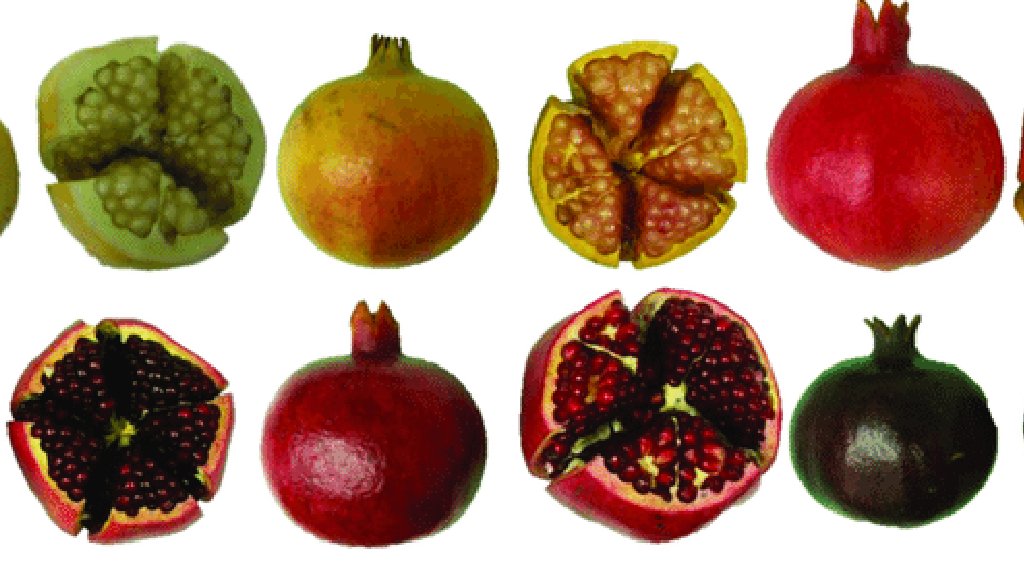
There are 1200 different varieties of pomegranate which have unique tastes and various colours. There are purple hearts, Eversweet, wonderful, kazake, red silk, texas pink.
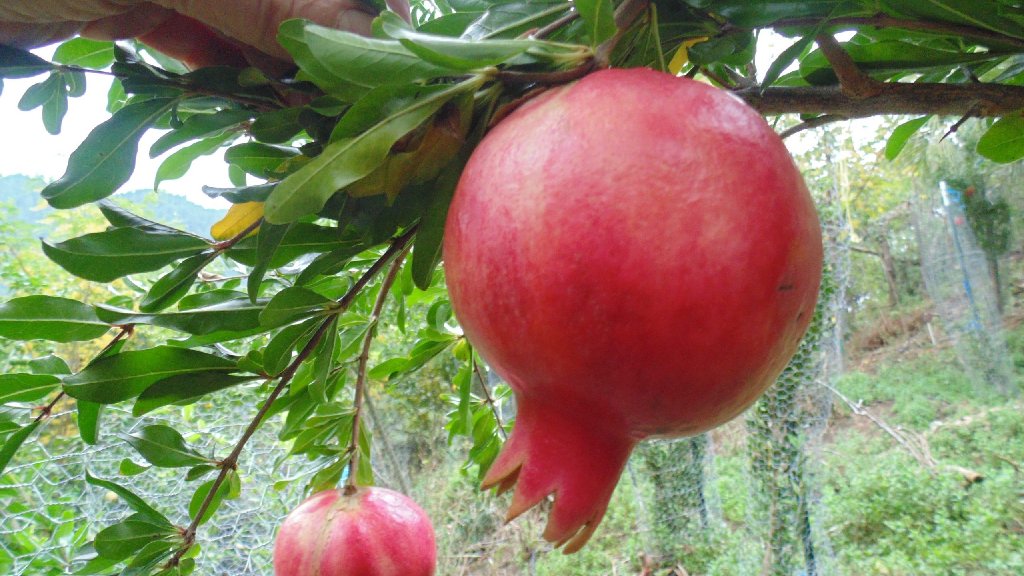
Purple heart varieties are large with dark red. Fruits begin to produce at about 3 years old. Pick fruit off a tree when it is mature. These pomegranate plants grow 12-30 feet tall and wide. Provide lots of health benefits. They are the best immune boosters and good healers.
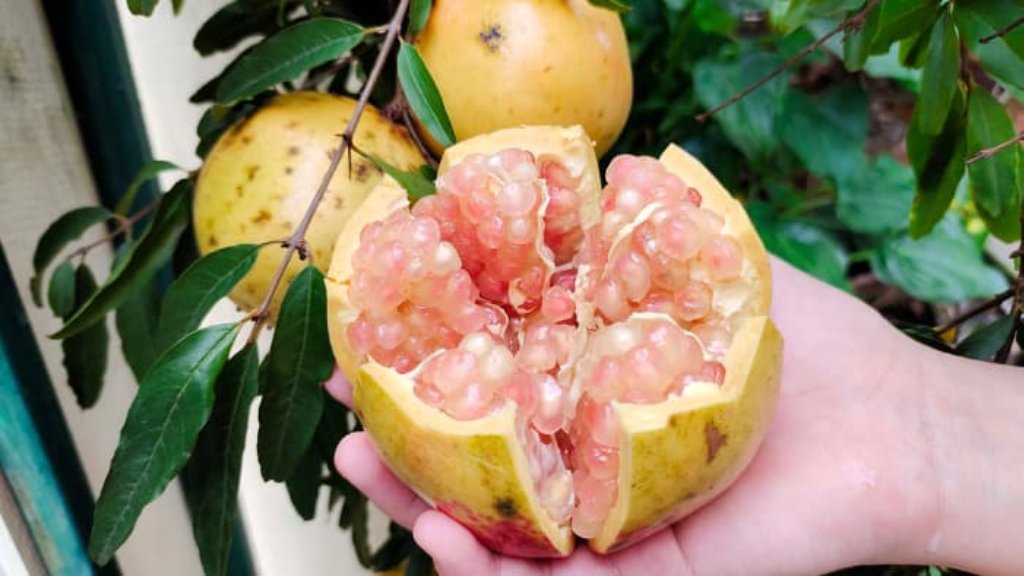
The color of the pomegranate is pinkish-pale red. Eversweet seeds are a little hard in texture and are highly nutritious containing vitamins A, C and E. Pomegranate trees are glossy, narrow leathery leaves which are lance-shaped. These varieties are self-pollinated. This is a national fruit of Iran.
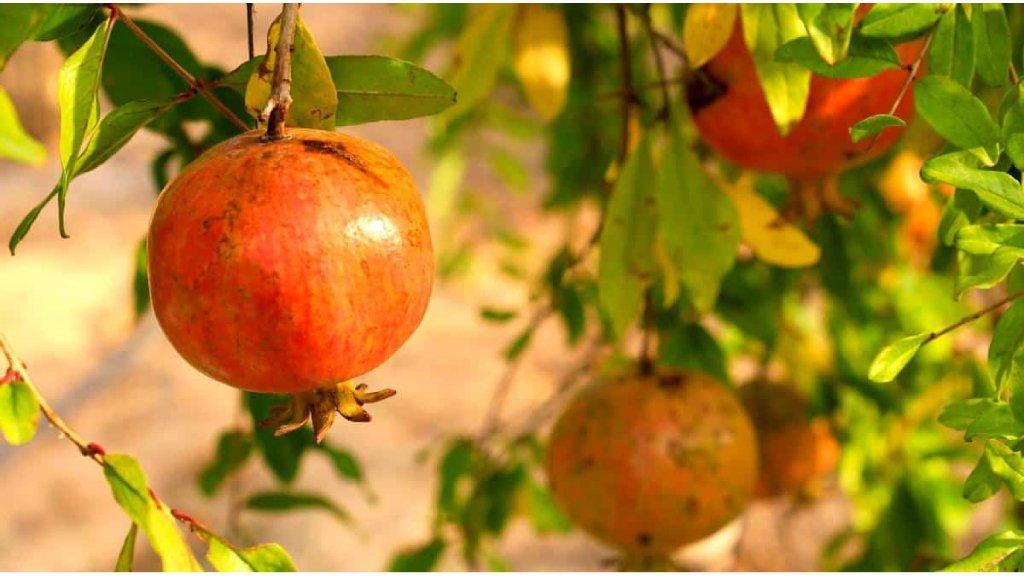
Kazake varieties produce medium to large size fruit. This is the most dwarfing species. This pomegranate plant is fast-growing with drought tolerant. This is a seeded fruit and it has a thick reddish outer covering. These flowers often fall off the branches rather than converting into fruit.
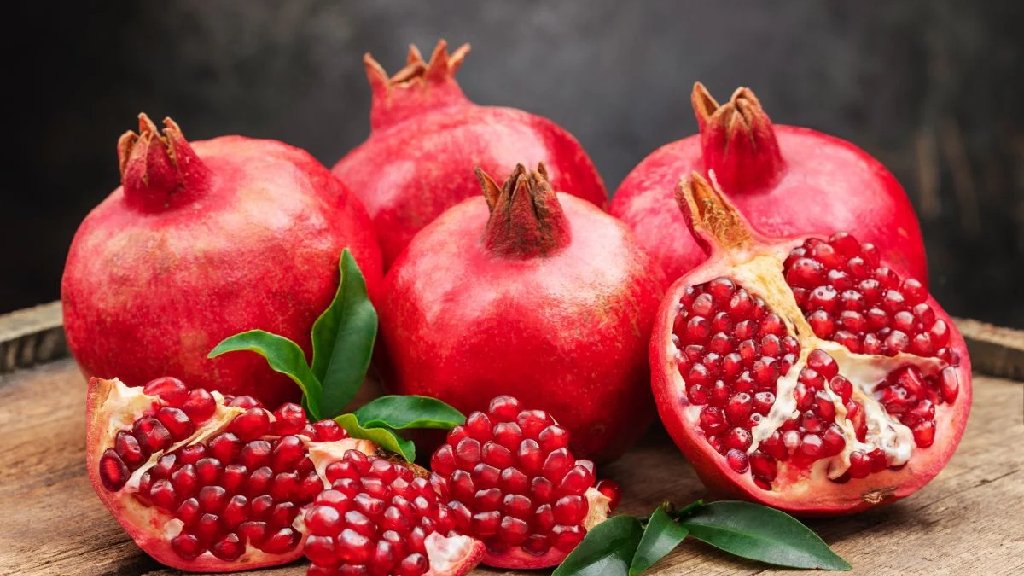
Red silk is the best pot-growing variety, which is a semi-dwarf growth habit. It has dark red flesh and red arils. Grows trees in hot and dry climatic conditions. Its contain fibre which keeps our digestive system healthy.
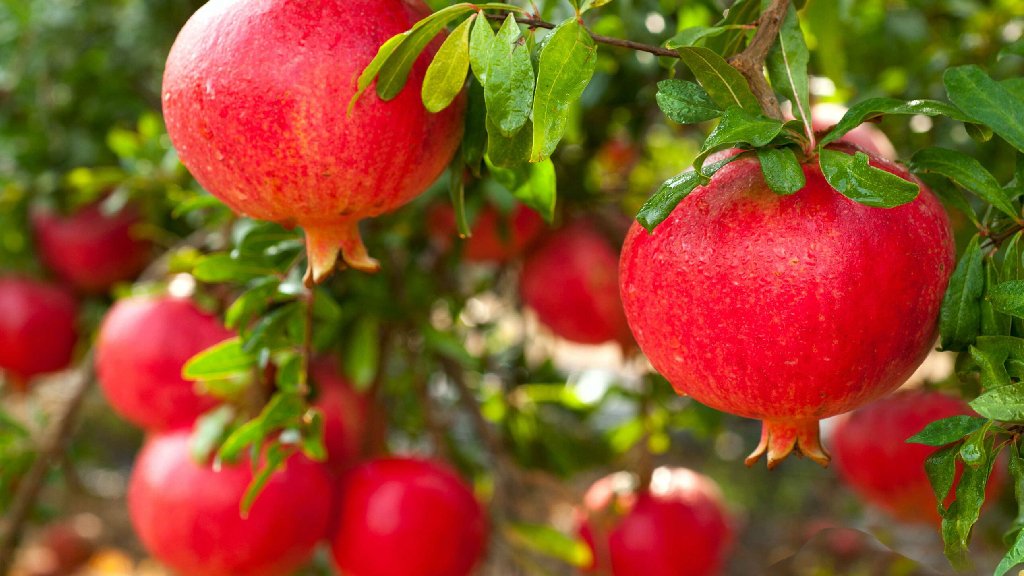
Texas pink pomegranate plant produces attractive blooming which converts pink fruits. This variety is a famous ornamental fruit plant. Texas pink is a self-fertile plant. It has large edible seeds.

Wonderful pomegranate plant is the most common variety grown in the low desert of Arizona. Mix a teaspoon of natural honey in half a liter of water and spray directly on the flower with the help of a spray bottle. This will attract honey bees for pollination. This tip helps to increase the yield. This fruit is too sweet and highly beneficial.
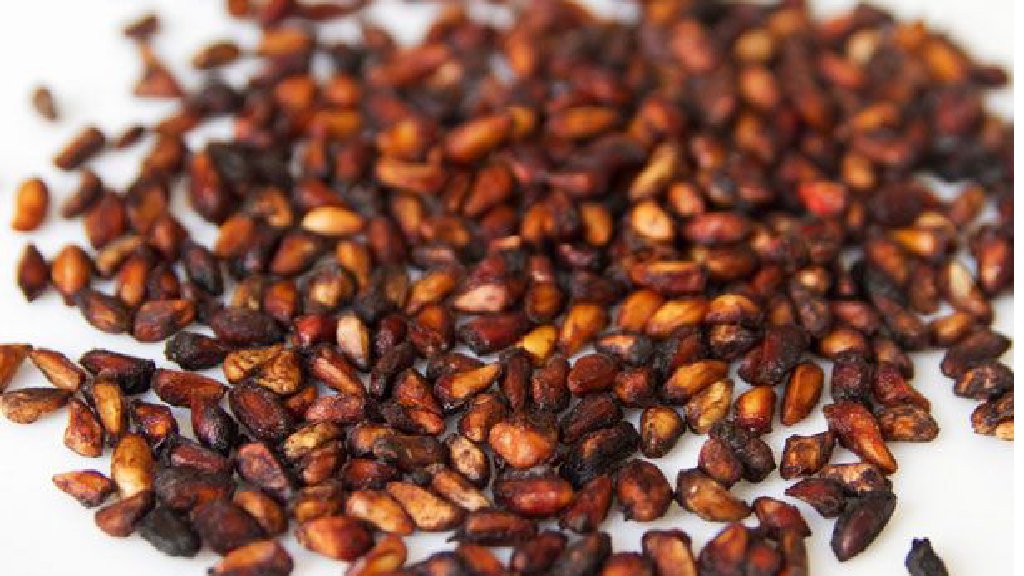
In this Punica granatum fruit plant seeds are also edible. It contains vitamins, minerals and antioxidants. In average one fruits can hold 1000 seeds. Seeds are covered with glowing red skin.
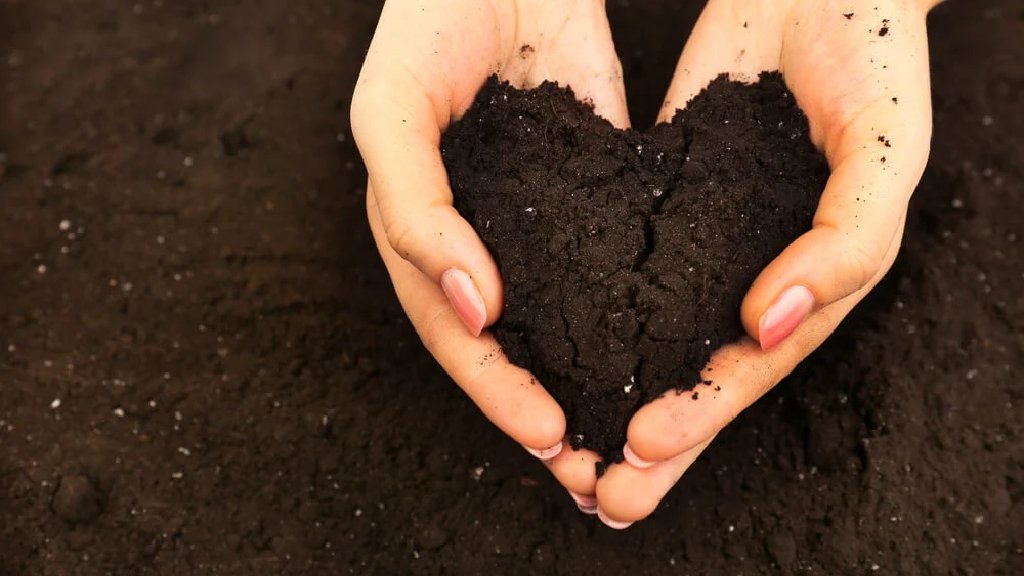
For better growth and development prefers to grow in well-drained loamy soil. Soil mix with 80% bone meal and 20% neem cake.
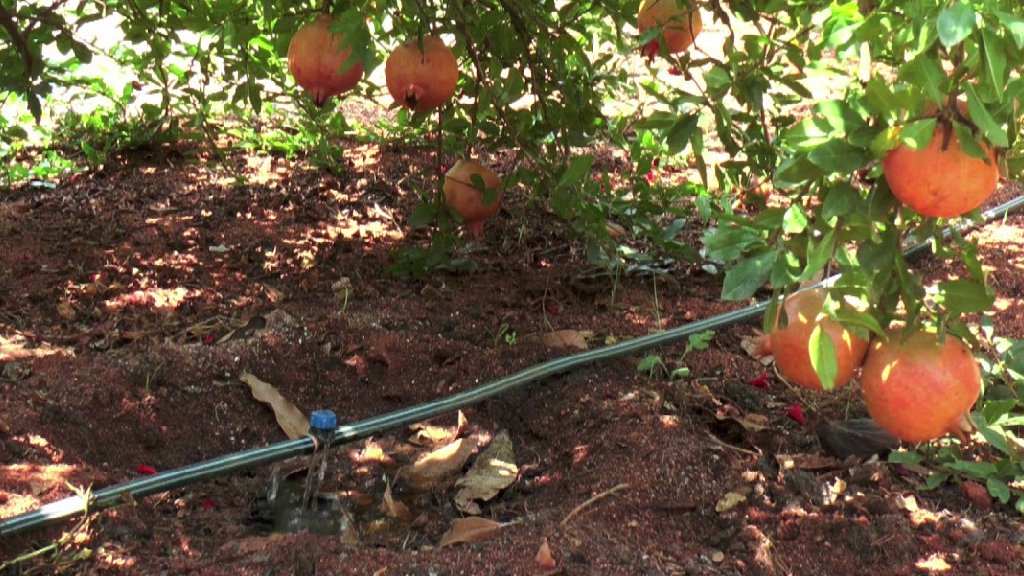
For mature pomegranate tree, adequate irrigation especially during the dry periods is very important to improve growth, fruit set, yield and fruit size.
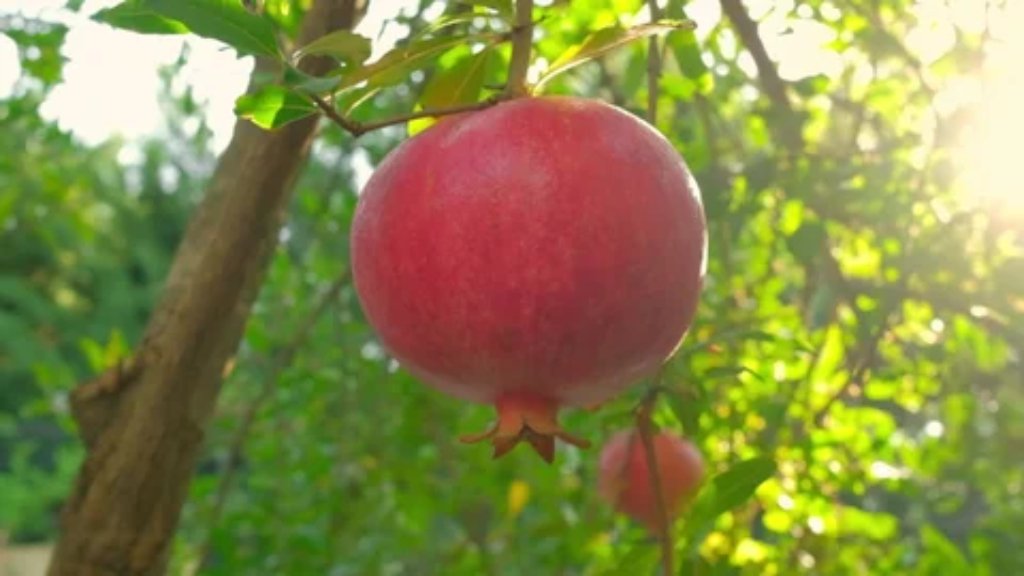
Select the location to keep the pomegranate plant with plenty of sunlight. In cooler climates, plant pome tree with western exposure. Requires 6 hours’ of direct sunlight.
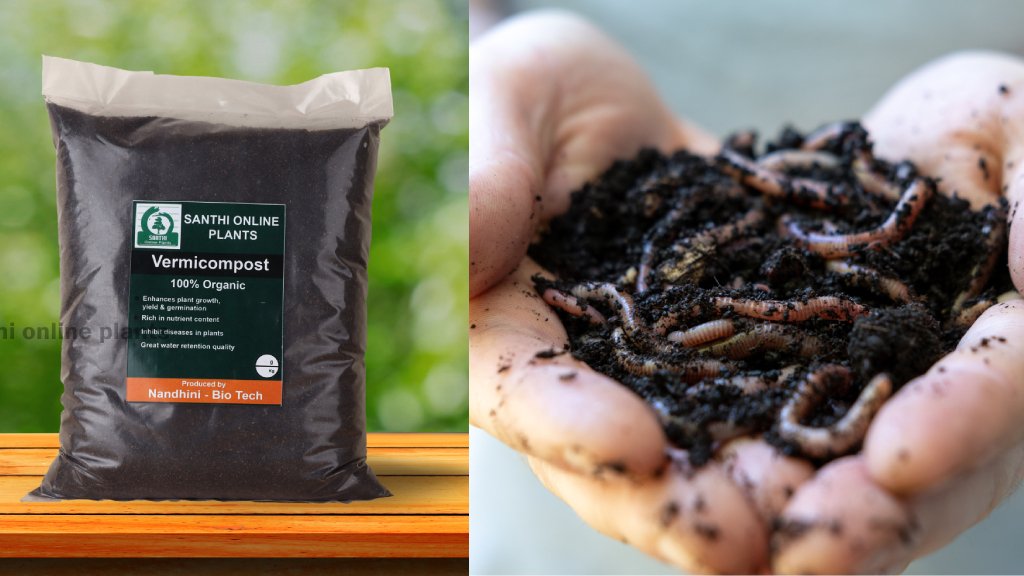
Good organic mulch and cow manure can improve plant growth and soil fertility. Application of vermicompost at monthly intervals.
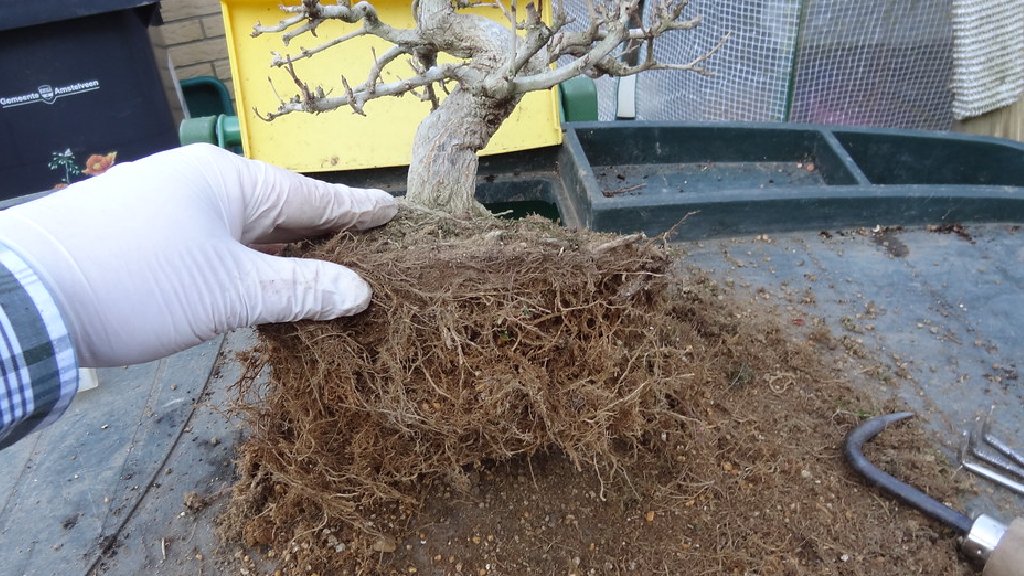
Repot the plant into a new pot when the root bound occurs. Normally repot the plant for two to three years.
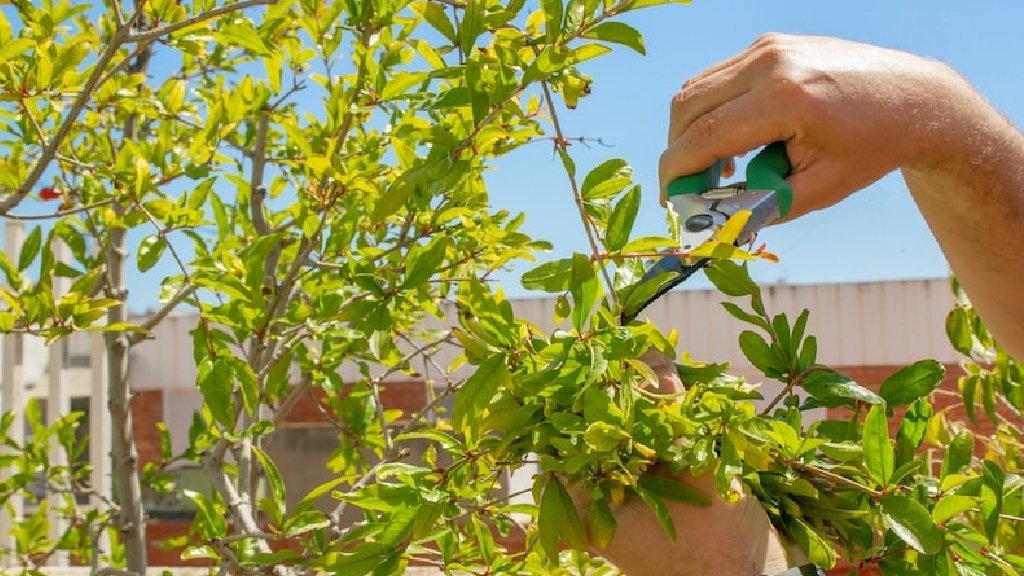
The best time for pome tree pruning is late winter, after harvesting the fruits. Branch pruning can increase fruit production. Pruning the roots will help to reduce root bound. Pruned the tree before repotting.

Daily consumption of pome gives us strength and energy
Its contain fibre which keeps our digestive system healthy.
Punica granatum helps to increase appetite.
Punica granatum is highly beneficial for pregnant women.
Reduces pain in joints and arthritis.
Keep your earth clean and green…!
Blog created by: Santhionlineplants
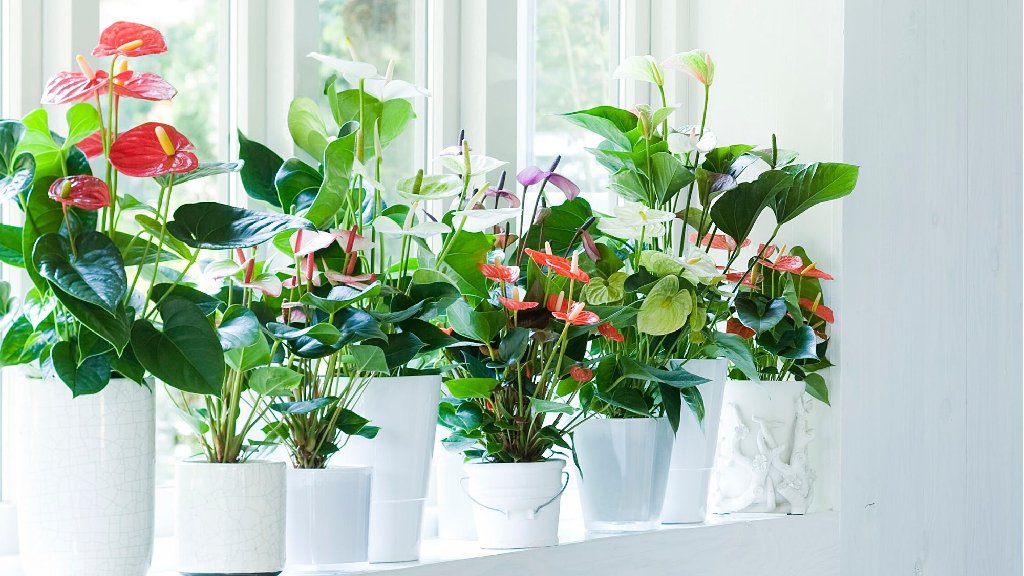
Anthurium flower plant is most famous in floral world. Anthurium andraeanum characteristic feature is an indoor ornamental plant with bright coloured spathe leaf. It can be propagated through seed, cuttings and tissue culture method.
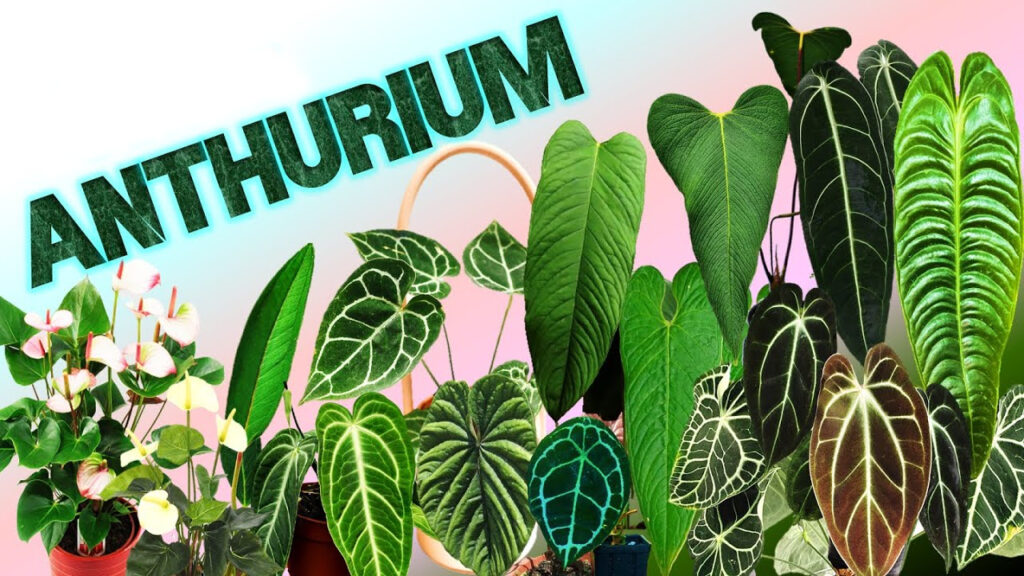
Anthuriums flower has more 1000 species depending upon their foliage leaves. There are tropical anthuriums, anthuriums passion pink, anthuriums chocolate, flame red, Mauritius white and sunshine orange.

Red anthuriums flowers symbolize hospitality. It’s referred as Flamingo Lily or painters palette. Tropical anthurium possesses attractive long-lasting inflorescence. Spadix is too short.
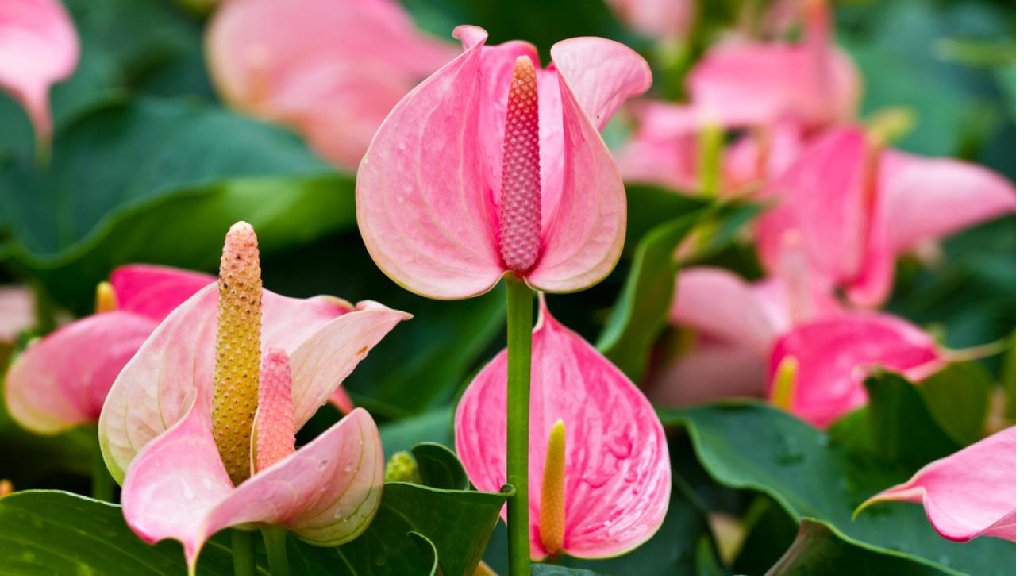
The pink colour plant is commonly referred to as an oilcloth flower and laceleaf. The pink colour flower calyx is too shiny to touch. Anthurium passion pink is a cut flower, potted flowering, foliage plant and an ornamental plant. Passion is a semi-terrestrial herbaceous plant. Pink flower leaves are long, tender, shiny and heart-shaped leaves.

This Anthuriums is a monocotyledonous plant. Air-purifying plant nasa blooms arise from the leaf axil and produce flowers on each leaf which are too attractive. Anthurium chocolate flower leaves are long, Passion requires low temperatures and is popular as a pot plant. This plant is the ornamental shade plant and flower plant.
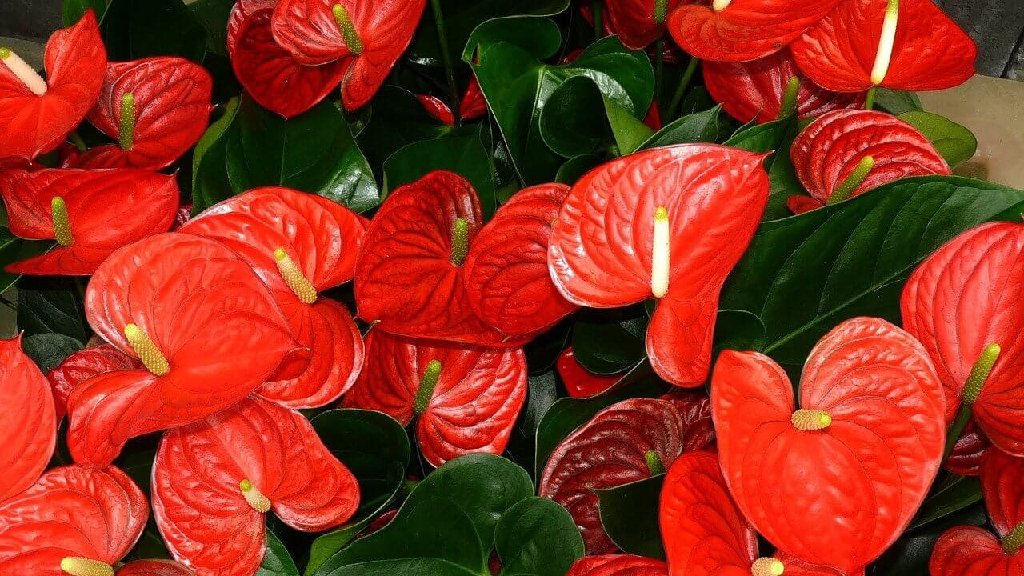
It has a gorgeous look for its lovely blooming. Keeping Anthurium flame red fully indoors may not produce flowers, bright light is important to produce flowering. These look like shiny dark green and heart-shaped leaves.

This anthuriums plant gets its name as its little spirit of nature. Anthurium Mauritius white flowers blooms all year round. Its splendid appearance can reduce human stress. This anthuriums flower is a rare species. Anthuriums flower plants are harvested a week. White petals resemble peace and positivity. Spathe has a gorgeous look.

Anthuriums andraeanum plant is a NASA air purifier plant. Even every leaf carries flowers which are a sunshine orange colour. Anthurium sunshine orange is an evergreen tropical shrub flower. This flower is mainly used as focal arrangement for its colourful spathe. This is one of the best vastu plants.
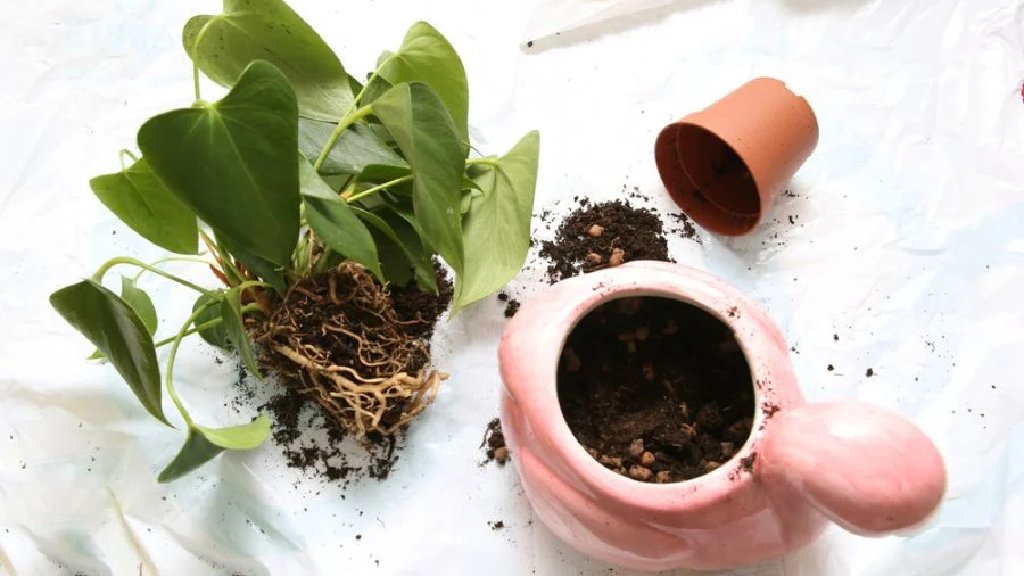
Love to grow in well-drained soil which can prevent the rotting of roots and stem. Anthurium andraeanum has an epiphytic aerial roots system. Anthuriums flamingo flower well grown in coconut husk.

Anthuriums requires regular watering. This is a moisture-loving plant. Flamingo flower fleshy roots absorb huge water. Prompt watering enhances shoot growth. Watered in the early morning. Maintain relative humidity ranges between 70-80%.
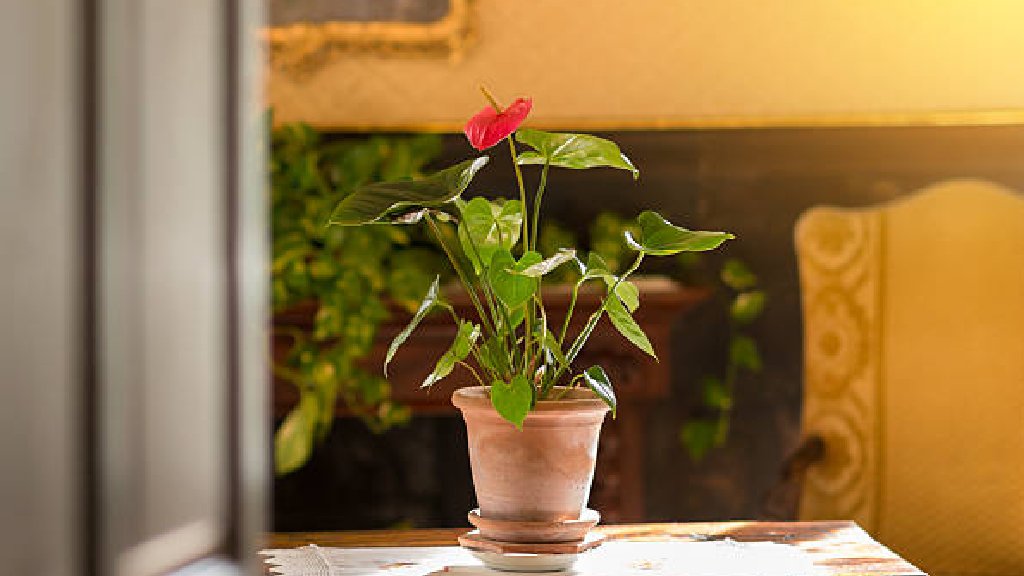
If planted as an indoor plant the pots placed near window sides (southwest direction) to getting best sunlight. If a garden plants needs bright light but not exposure to direct sunlight. Bright light enhances the bright colour spathe, velvety leaves.
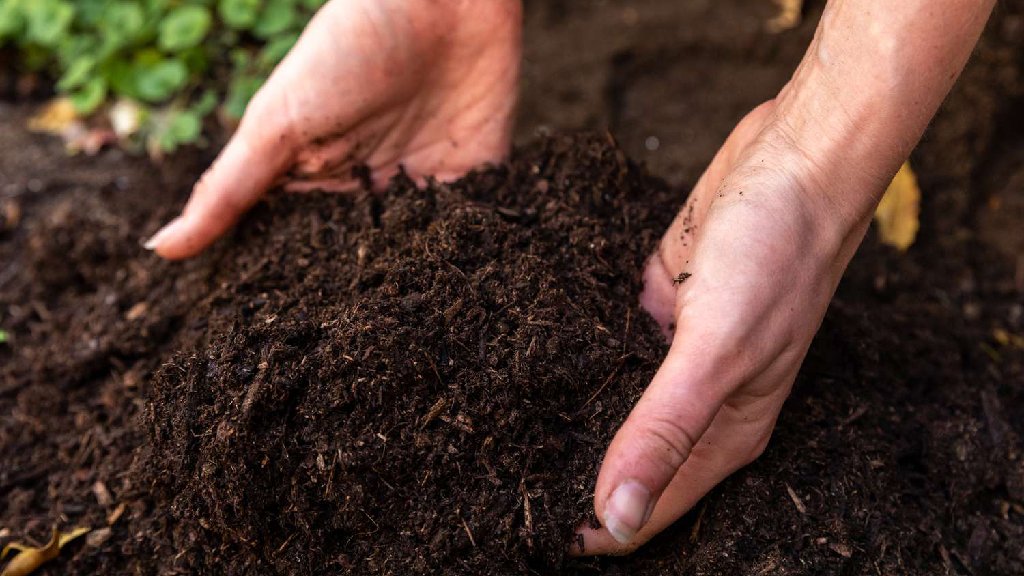
Application of well-decomposed organic manure at two months intervals. Flamingo flower soil mixed with manure, coco peat, and dried leaves. Add banana peels contain phosphorous, iron and calcium.
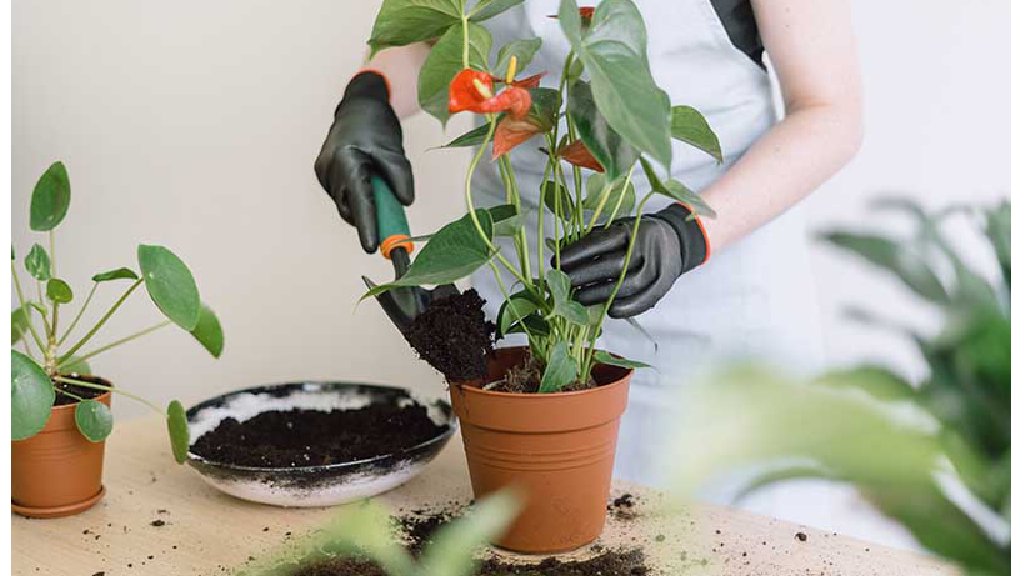
Repot the anthuriums plant at one year intervals. After six months the plant is ready for transplanting. At the time of repotting gently remove the plant from pots without damaging the root parts.
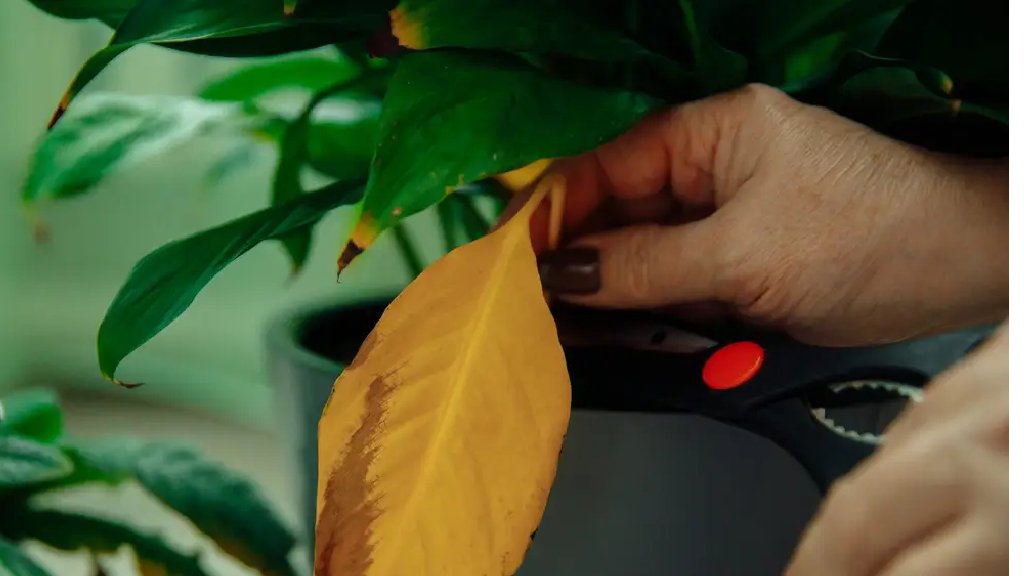
Prune the dried and old leaves. Remove the dried or mature flowers. Avoid over prune the plant.
Benefits
Best air purifier plants proved by NASA.
Makes the environment with positivity.
This plant reduces human stress.
Its leaves clean the air from formaldehyde and xylene.
This plant produces oxygen.
Easy to propagate by tissue culture methods.
“Go green or we all will scream”
Anthurium andraeanum air-purifier plant
Blog created by: Santhionlineplants
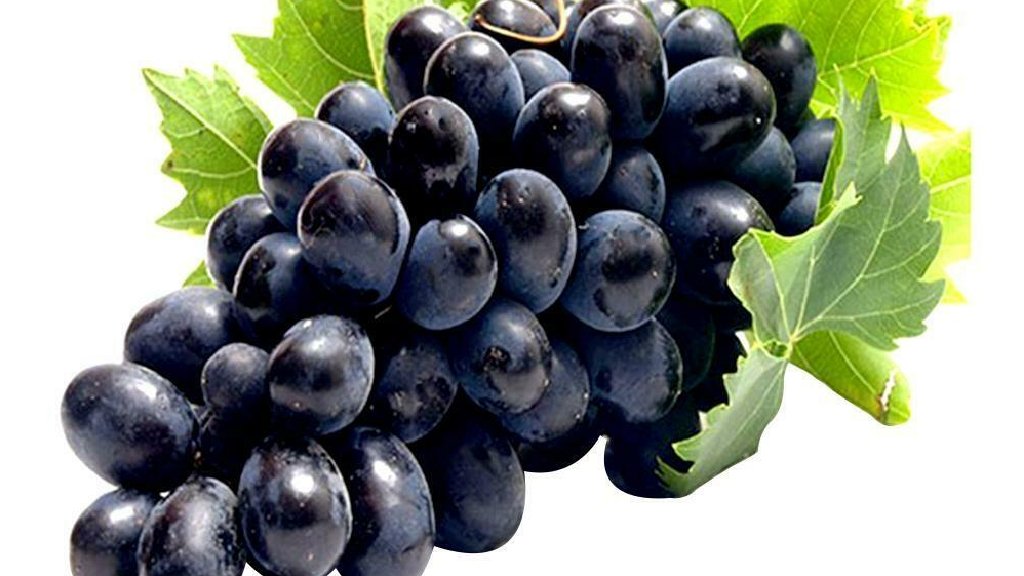
Grapes are a sweet fruit in the summer season. Grape plants are grows like a vine which are found in many colors such as purple, red and black. Grapefruit is typically in ellipsoid shape. Grape is the one of the deciduous and refreshing fruit.
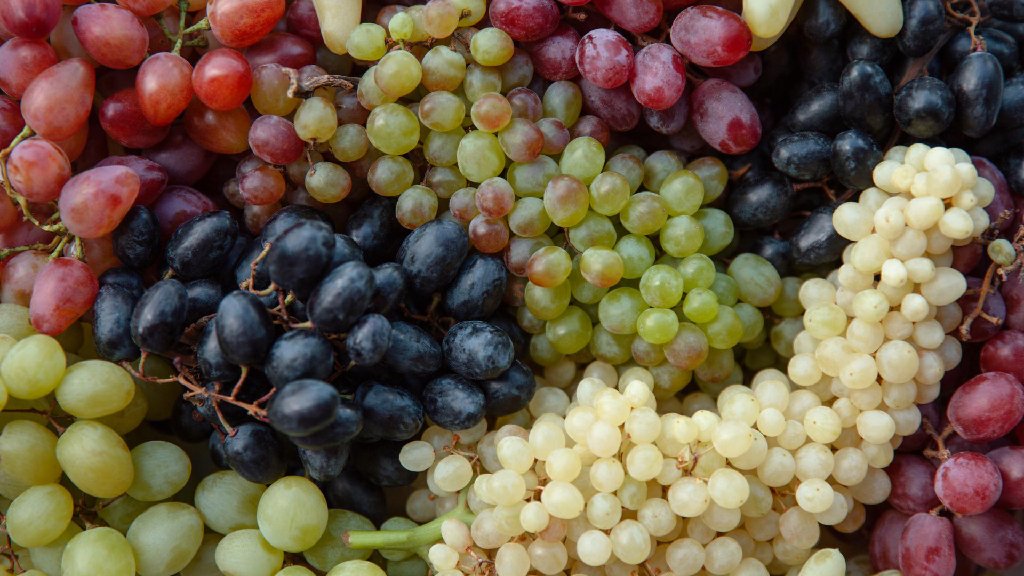
Grape has more than 10,000 different species some of them are listed below, there are moon drops grape, concord grape, cardinal grape, green grape, and blue grape.
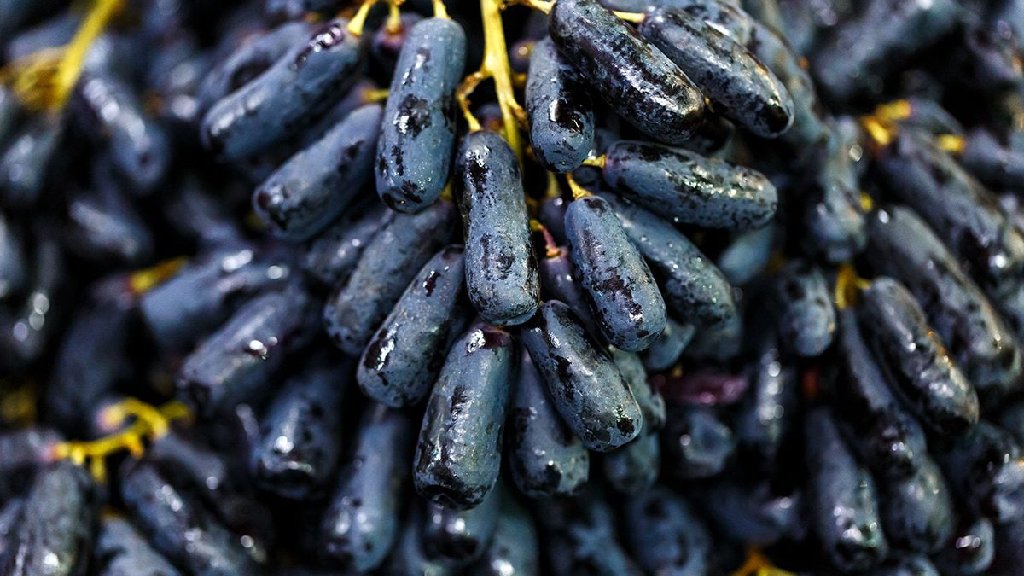
Moon drops grapes are a seedless variety which is tubular in shape. Another name for this variety is sweet sapphire grapes. Grape fruit has dimples at the bottom. Well, mature grape fruits have a crisp texture and juicy flavour.
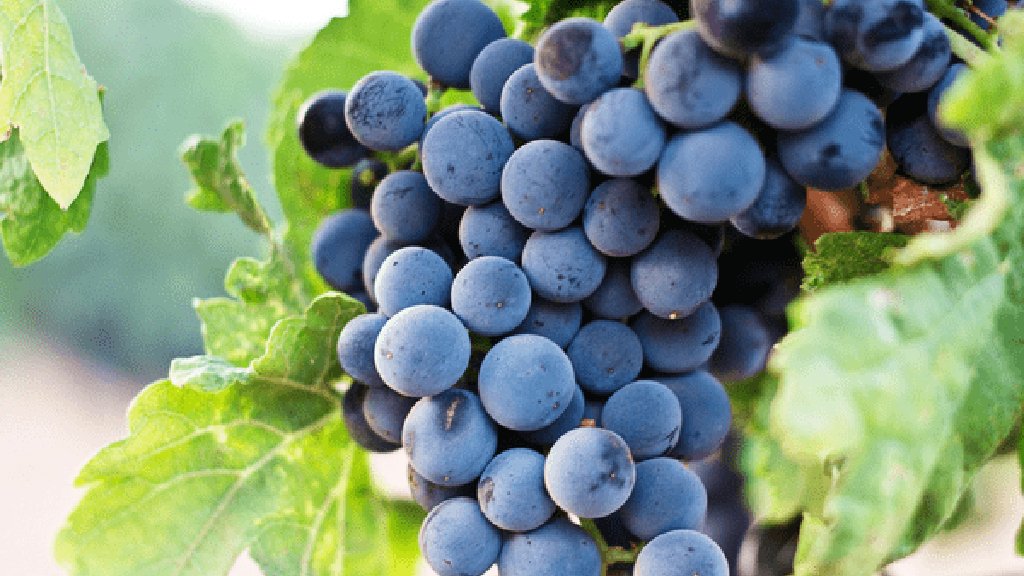
Concord grapes can adapt to all ranges of soil and climatic conditions. This variety mainly grows for economic purposes. This fruit has a thick skin which is too shiny. Another name for this variety is fox grape.

This grapes plant is highly produced in California. It has a large fruit which bears black seed. The study of growing grape plant is called viticulture. Grape leaves alternate and palmately lobed. This fruit has a strawberry taste.
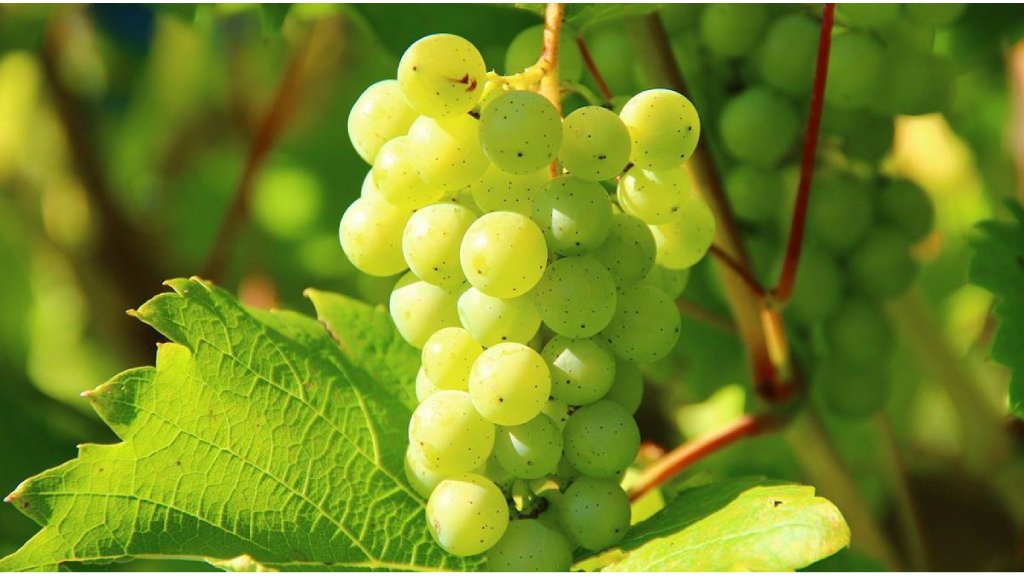
Green grapes prefer loamy and sandy soils. Fruit plants climb woody vines and they grow with the support of a trellis. It has greenish heart-shaped leaves. Green grapes produce fragrant flowers. Commonly known as white grape plant. This is a non-climacteric grape fruit plant and cross-pollinated crop.
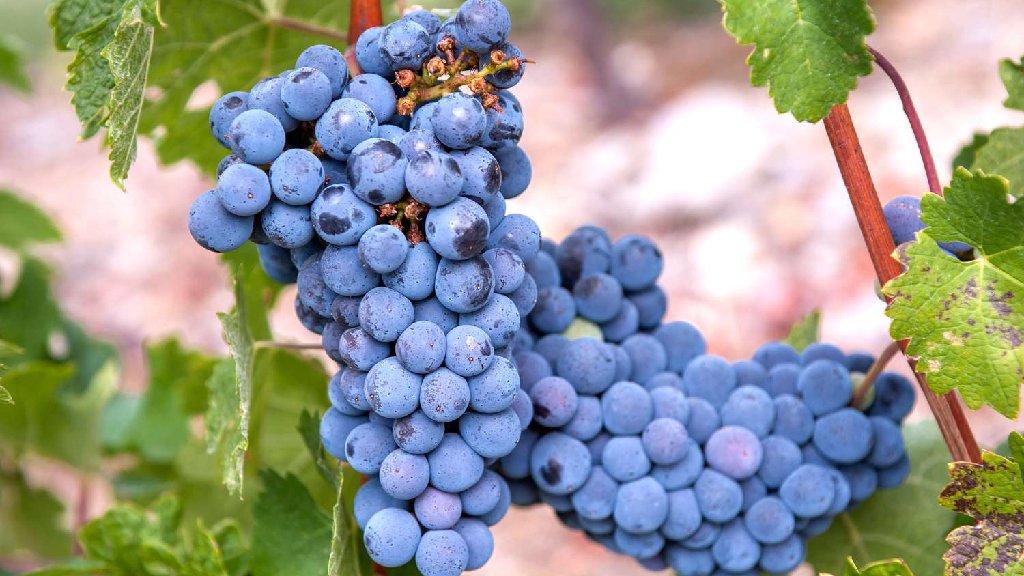
Blue grapes are too deciduous. Cluster-like appearance is good to see. Blue grapes mainly used for making juice, and wine preparation. After attaining better growth of the blue grapes plant, the vines will be fixed to the pole so that they can grow vertically.
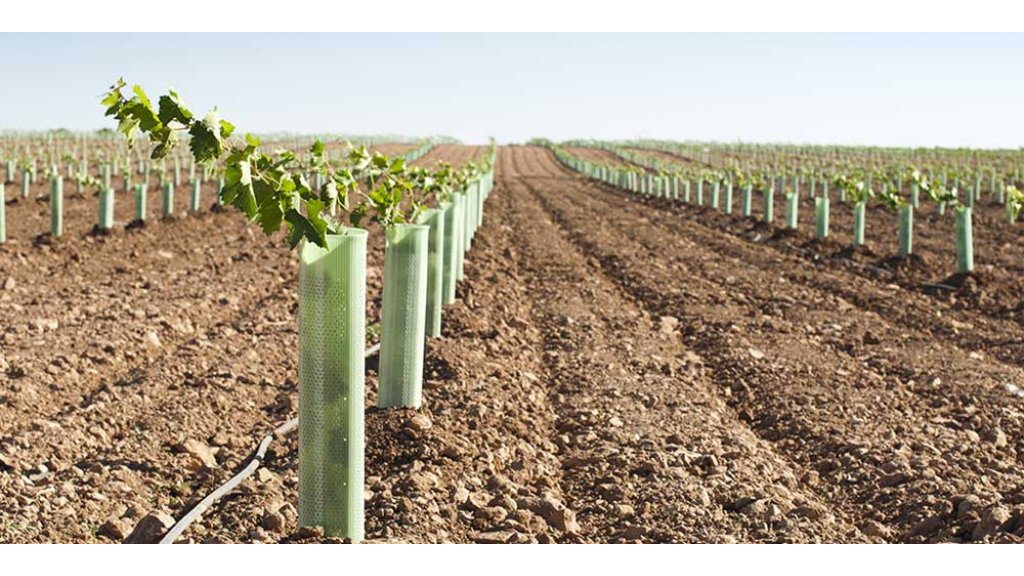
Grapes grow soil with a pH range of 6.5-7.5. Use coconut fibre cover over the soil, the coir helps maintain the moisture and also prevents the beetle from laying the egg. It performs best in deep medium textured soil.

Grape are fruit tree that needs regular watering throughout their life cycle. During the hot season, a mature vine needs about 8 to 10 gallons of water per day. At the time of berry development, irrigated at weekly intervals.

Grapes require 7 hours of direct sunlight per day. It promotes high yield and has an economic purpose. Overexposure to the sun can lead to fruit burn. This fruit plant also requires good air circulation.

Best to use mulch to maintain soil moisture. Application of banana peels, bone meal, wood ash, and well-decomposed manure can enhance the new vegetative growth.
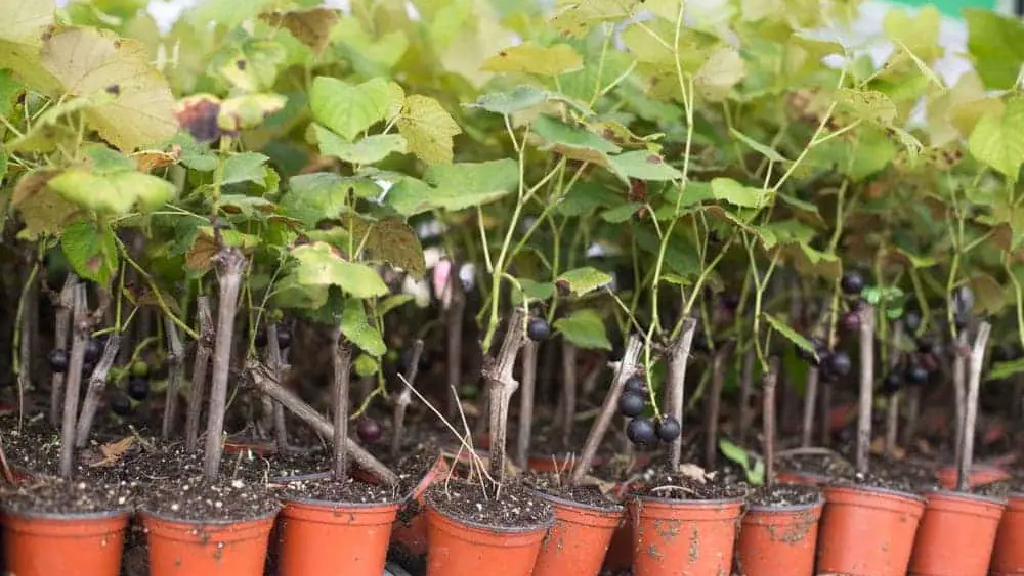
Early spring season is the best time to transplanting. Loosening the roots before planting enables the roots to spread out and grow in all directions.
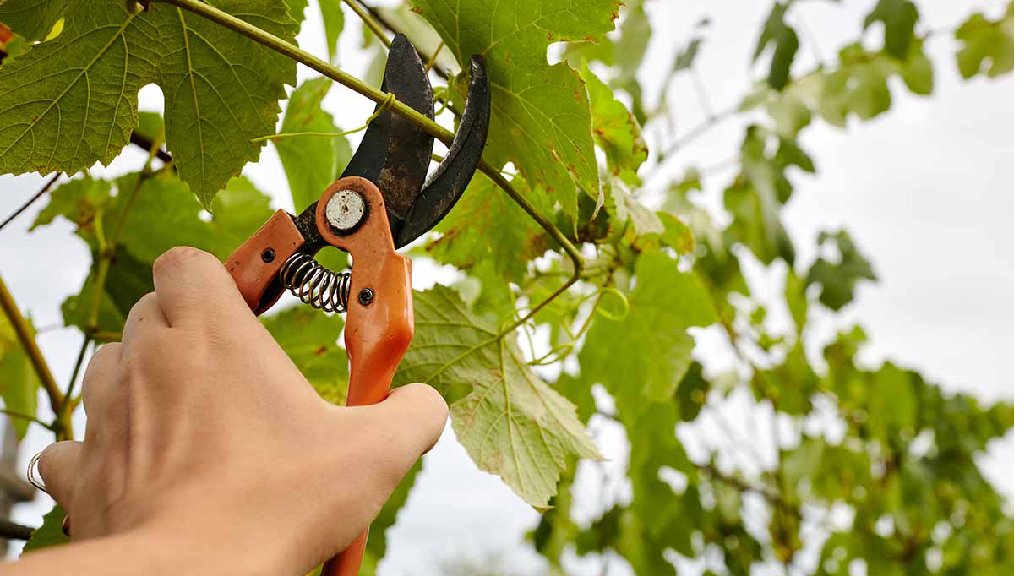
Plant vines will have their entire branches pruned and new branches will grow in the spring season. Prune the side branches and any off-shoots. Only allow one or two main stems for the first year. When the plant reaches pencil thickness, it is time to prune all the leaves and trick the plant into winter mode.
Good source of vitamins and minerals. Grow on a creeper in large numbers.
It contains minerals and vitamins including vitamin A and vitamin C.
Grape fruit has low-fat calories and a well-balanced diet.
All parts of the grape plants used as medicine.
The identification of locally suited multipurpose varieties which can be used for table, wine and raisin production is desirable, as this would improve the economic stability of grape growers and hence industry viability.
Go green! Green goes with everything, you know
Blog created by: Santhionlineplants
Caladium plants are excellent indoor plants specially grown for their fancy leaves. Most of these plants originated from the caladium bicolor variety or angel wings.

Caladiums are beautiful indoor ornamental with evergreen character. This plant grows from the tuberous corm which are commonly called bulbs. Larger tuber plants produce bigger leaf foliage & it’s said to be annuals.

This plant tissue culture indoor plant belongs to the family Araceae & scientifically named caladium bicolor. Leaves are arrowhead-shaped in varying patterns such as white, pink, red & others.

This plant has more than 1000+ varieties which include plant tissue culture caladium candyman, red emperor, caladium thai hybrid, poison dart frog, stardust, raspberry moon, red flash, miss muffet & others with fancy leaf foliage in a wide range of colors.

This candyman has thick white stripes with pink markings all around the leaves. Potentially this fast-growing plant character.

It has brighter red foliage which gives a contrasting look to the environment. Heart-shaped leaves have pinkish-red color around the veins & leaf surface.
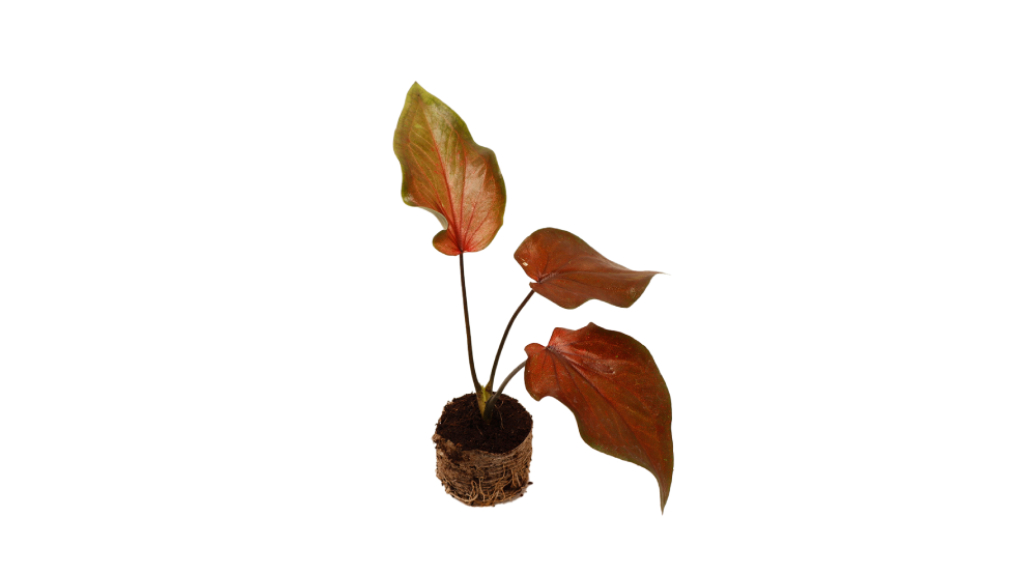
Thai hybrid have pinkish-white stripes with marvelous foliage. This plant has a rapid growing character with big leaves.

Poison dart frog plant resembles the appearance of frog skin appearance over the leaves.

This variety has star-like white markings over the leaf surface.
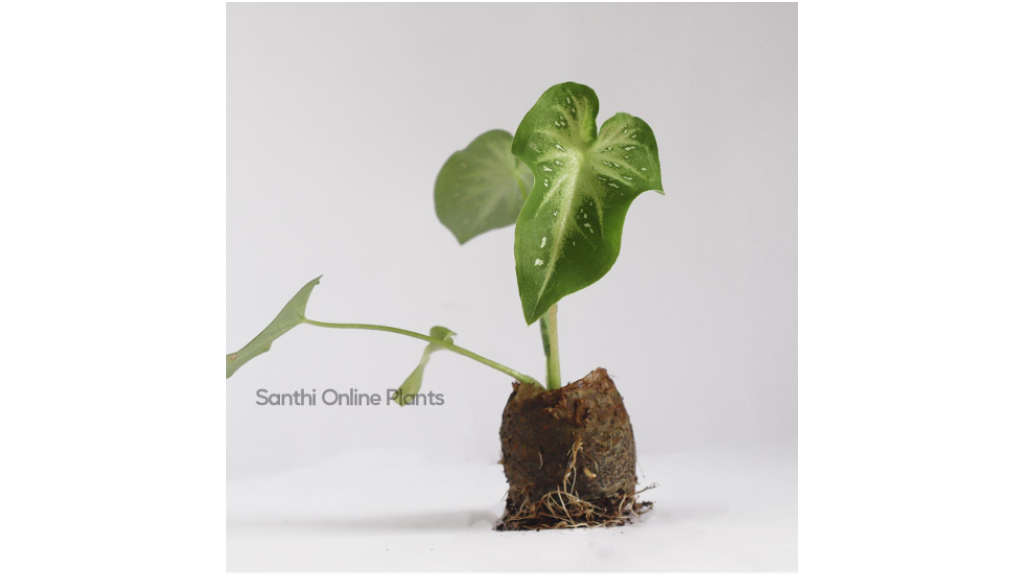
Caladiums prefer to grow in well-drained moist soil preferably with acidic soil pH. And also it grows in good organic potting mix such as cocopeat potting mix.
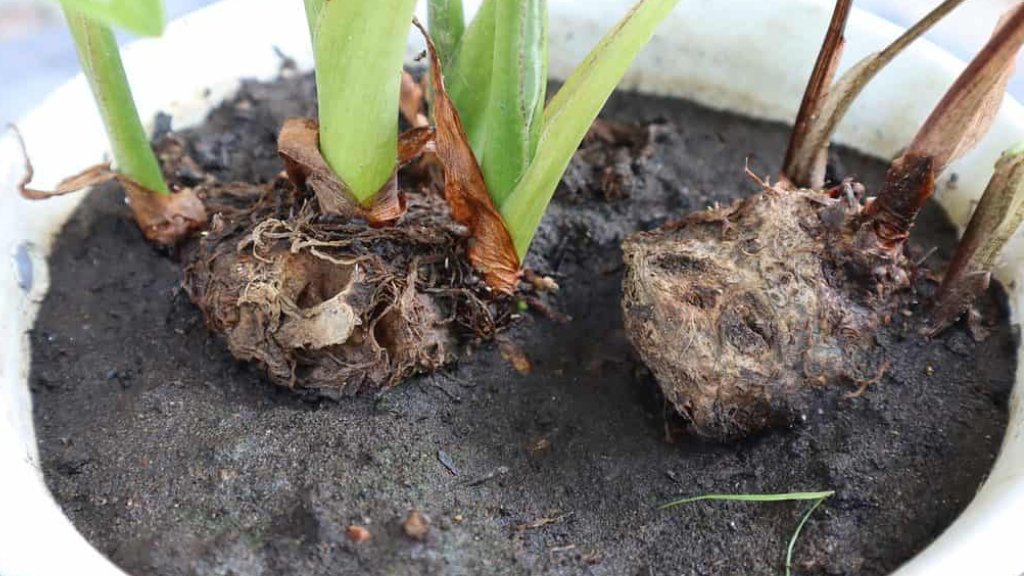
Water the plants weekly once or when the top soil is dry to touch.
These indoor plants are moist lovers but don’t make the soil waterlogged.

The sunlight requirement for this plant is indirect sunlight of about 3-4 hours.
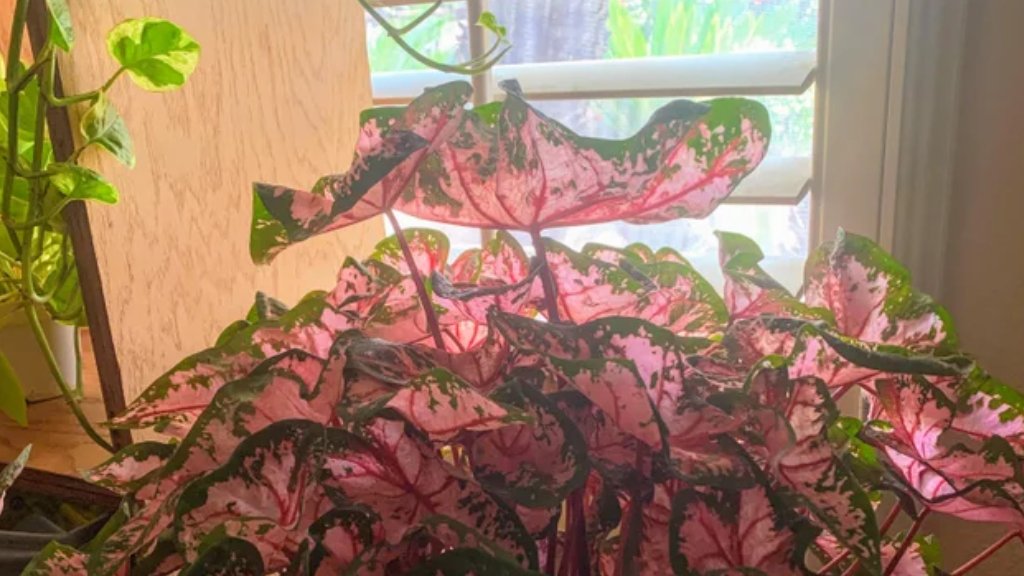
Done through in-vitro production by tissue culture. For commercial purpose done by multiplication of tubers.

These plants are suitable for placement such as Office interiors, tabletops, dining tables, verandahs, & other related indoor environments.
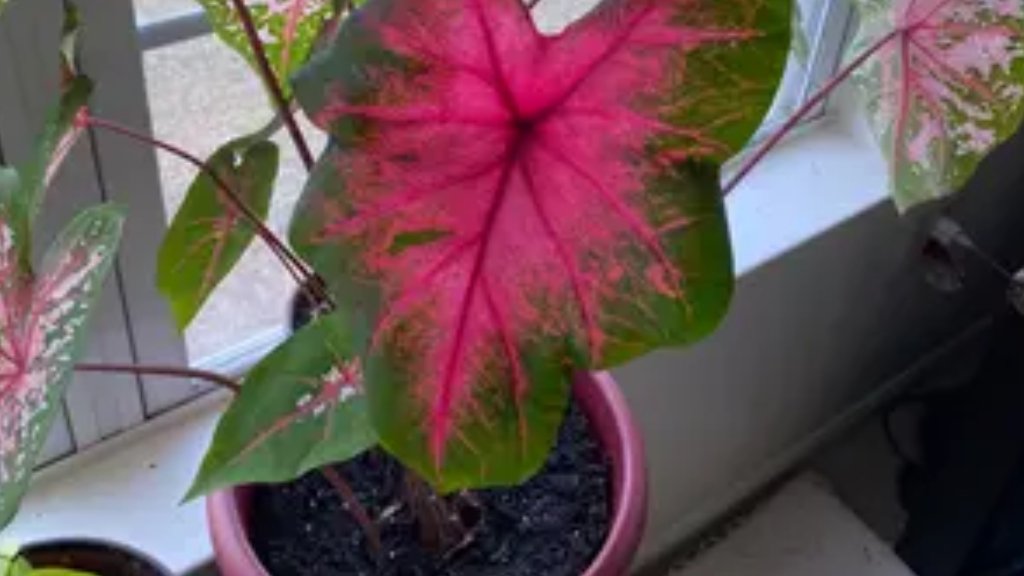
Application of any organic fertilizer such as groundnut cake powder, old compost, or any suitable liquid organic fertilizer monthly twice around the plants.
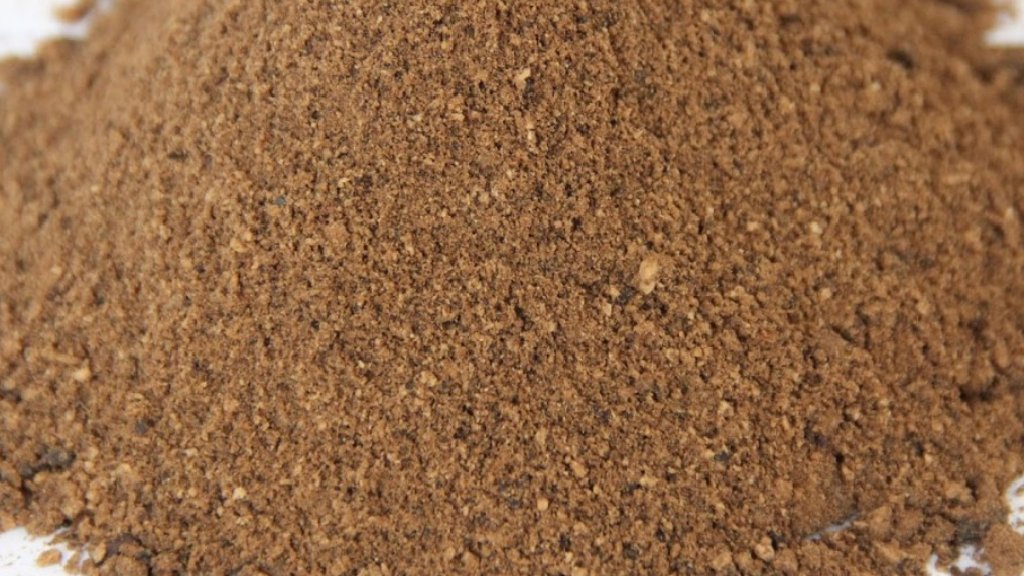
Choose a suitable size pot of 6 -8 inches with proper drainage holes to prevent the plants from root rot.
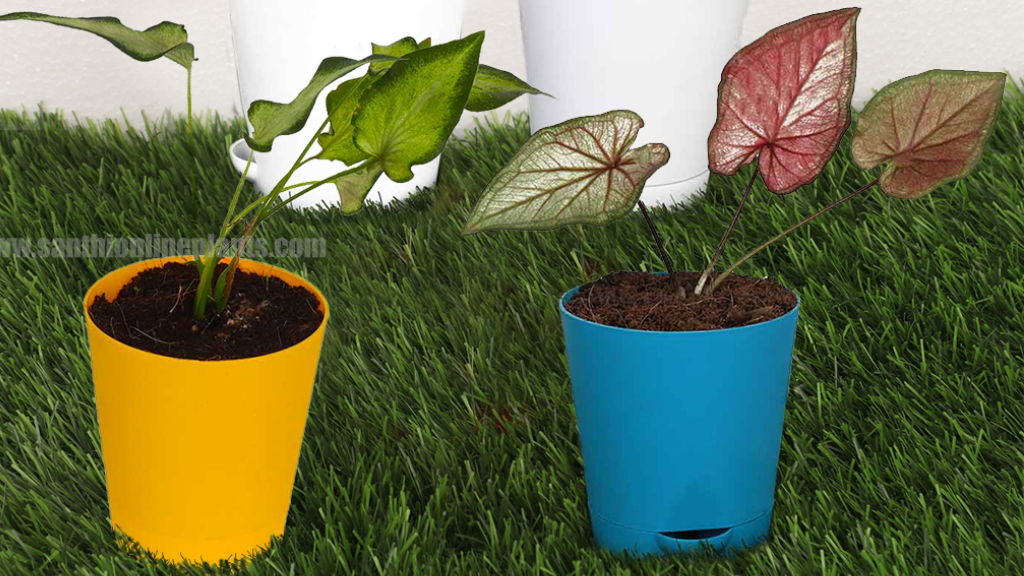
Transfer the plants to a new big-size pot or container yearly once after planting.
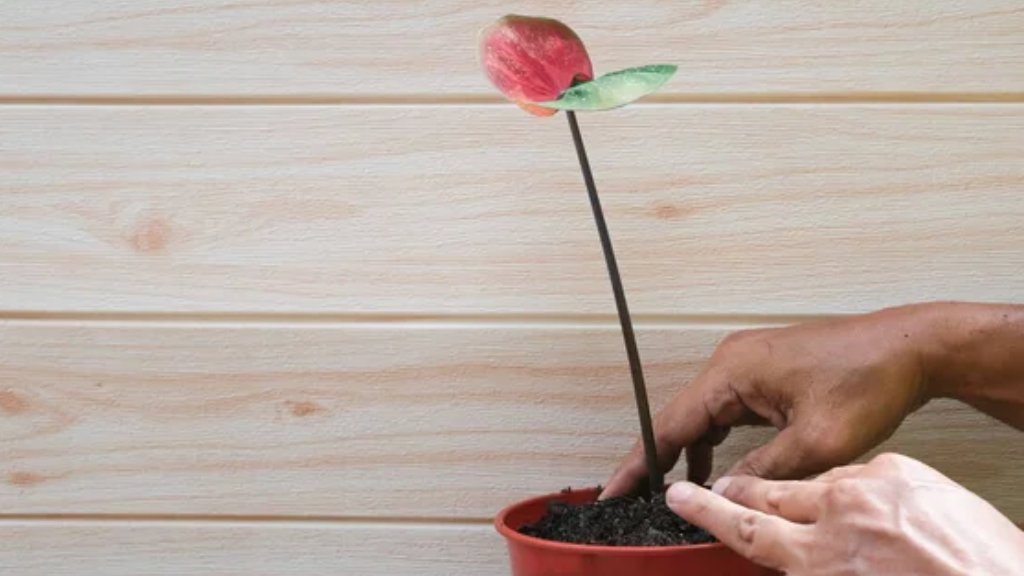
Remove the old, diseased, matured leaves for 2-3 weeks once.
To make the caladium plants bushy by using a sharp knife cut the large central bud from the caladium bulbs before you pot the plants.

In autumn & spring, caladium plants tend to shred the leaves. Allow the leaves to fall & plant regenerates the new growth.
During the winter season move the caladium indoor plants to an outdoor environment to get sufficient sunlight.
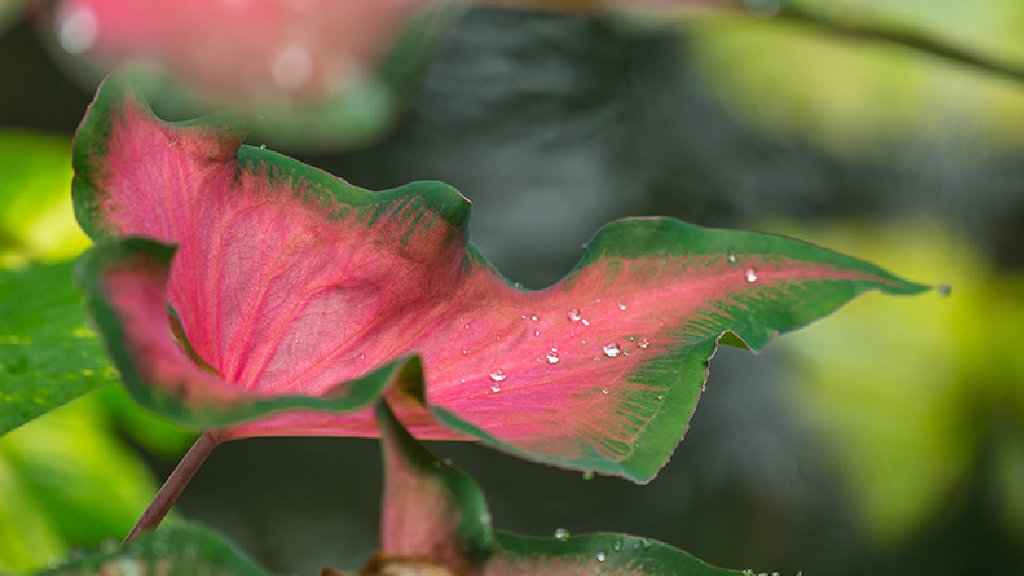
Most Shade-loving plants with excellent ornamental values.
Caladium indoor plants attract beneficial insects.
Low maintenance & easy care indoor plants.
All the tissue culture caladiums are peat-disease free most resistant varieties.
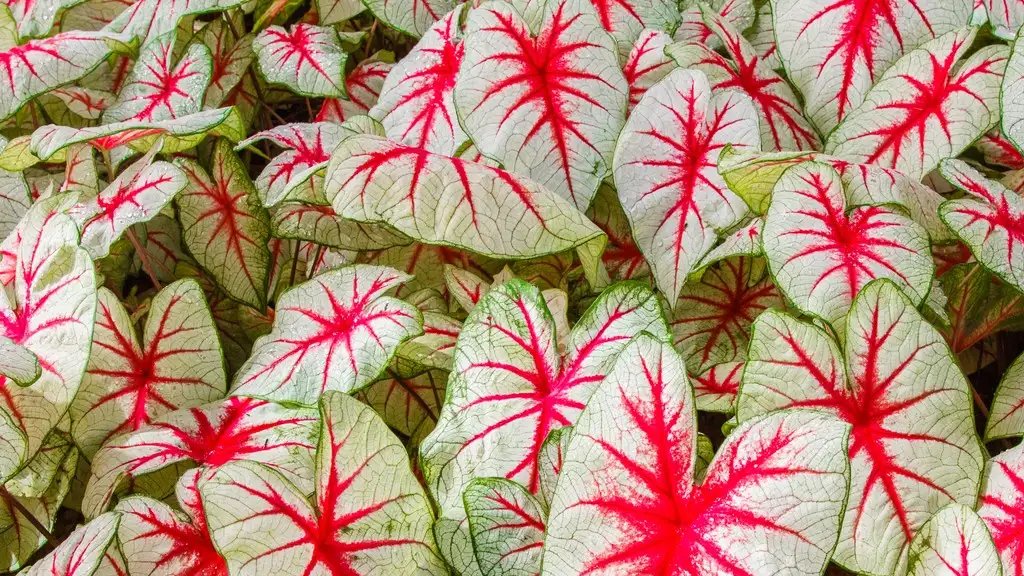
To add vibrant color to your garden, grow caladiums which are beautiful plants with long-lasting beauty & versatility. Caladium indoor plants make excellent plants for any type of gardening.
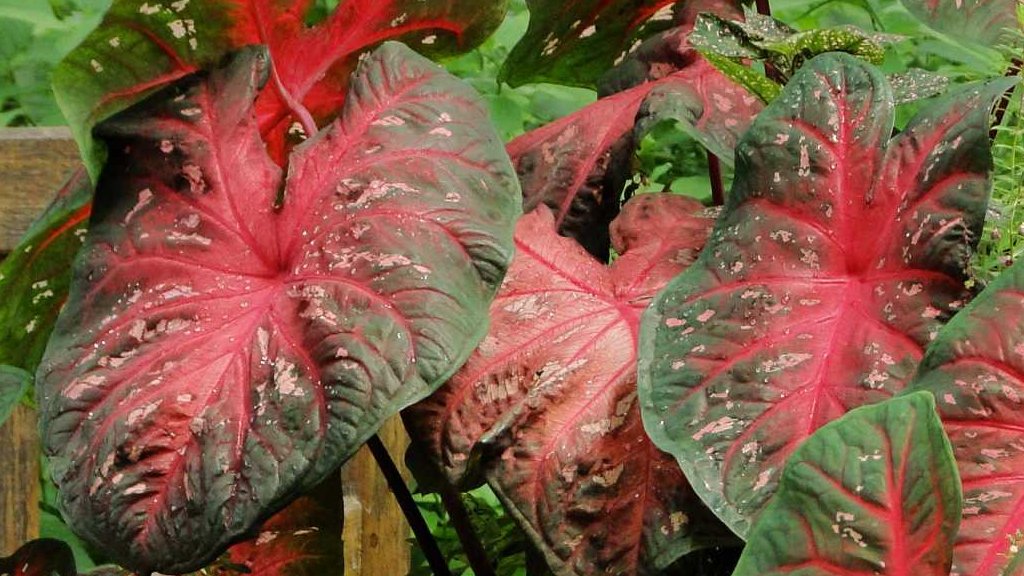
Be awesome & Save nature!!
Caladium tissue culture plants
Blog created by : Santhionlineplants